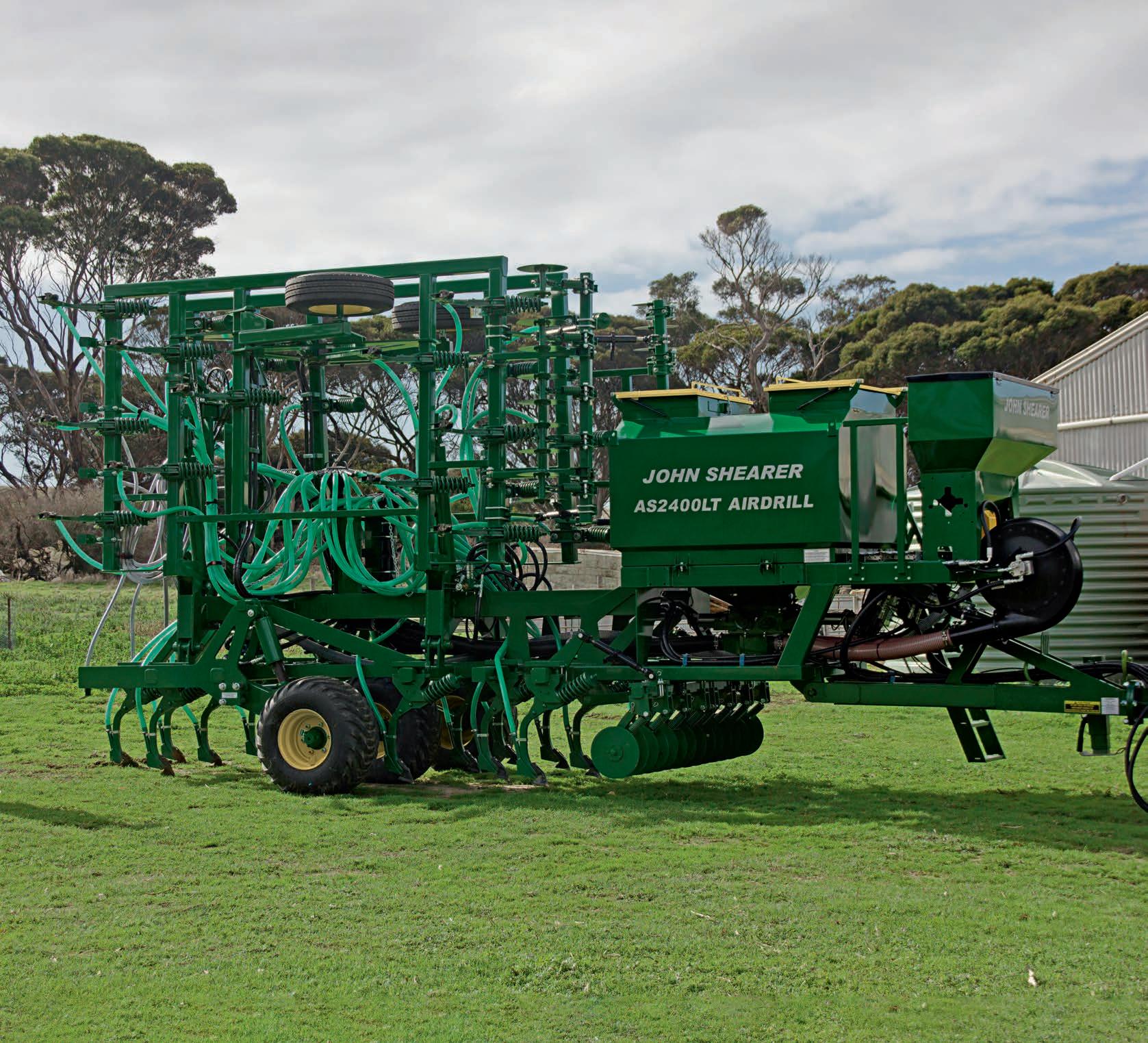







Market news and opinion


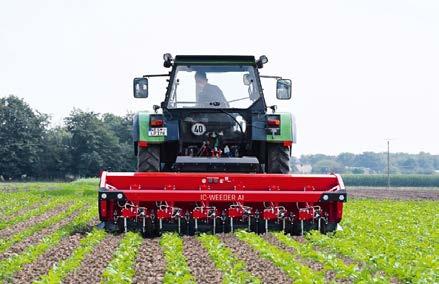
















German manufacturer Claas has given its telehandlers a facelift aimed at increasing power and adding extra grunt.


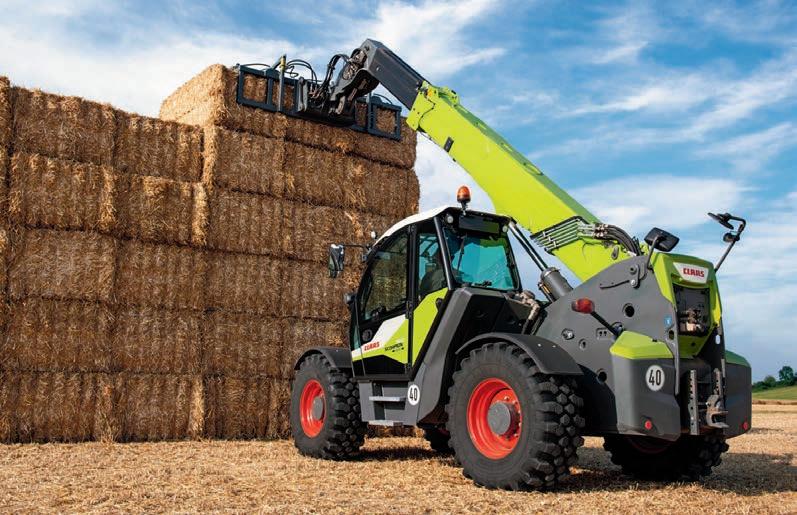
The 2023 line of Scorpion telehandlers, which are developed and manufactured alongside Liebherr, still features six models with a maximum reach of between 7 and 9m and lifting capacity of 3200kg to 6000kg.
But new upgrades to the four smallest models – the 732, 736, 741 and 746 – mean an extra 6hp and 50Nm of torque has been gained.
Scorpion operators will also benefit from a new high-flow air conditioning system, adjustable steering column, automatic indicator reset and steering mode switch.
“In addition to the usual front, all-wheel and crab-steering modes, all models can be equipped with the new manual crab-steering mode that allows the front axle to be
controlled,” Claas Harvest Centre Scorpion product specialist Howard McDonald says.
“This offers distinct advantages for certain applications, such as compacting silage clamps, moving along the walls of buildings or cleaning out bunkers.”
All Scorpion models are fitted with Deutz engines, which McDonald says are remarkably efficient.
“Claas utilises two engine management systems to ensure smooth and efficient operation and transport,” he says.
“Dynamic Power regulates the engine speed based on the demand from the hydraulic system, while the Smart Roading function automatically adjusts the engine speed according to the desired speed and load.”
The smaller models are equipped with Varipower 2 transmission, while the two larger models are fitted with the Varipower Plus transmission.
Braking has also been further optimised for safe operation on sloping terrain and McDonald says this, plus the transmission, leads to several benefits for operators.
“The hydrostatic ground drive accepts the full engine output at any speed so full torque is available in all situations,” he says.
“The driver can select three driving ranges – 0 to 20 km/h, 0 to 30 km/h and 0 to 40 km/h – with the press of a thumb on the joystick.
“The electrohydraulic parking brake is automatically activated if the machine stops, the engine is switched off or if the driver leaves the seat.
“Conversely, the parking brake is deactivated whenever the driver’s foot is on the accelerator.”
All six models feature end position damping, automatic overload protection, quick-release headstock, 50mm diameter locking pins, and precise control of the working hydraulics to enable stacked goods can be positioned with greater accuracy.
The three larger models also feature automatic telescopic boom arm retraction and optional automatic bucket return to optimise loading cycles.
Other options include front and rear hydraulic supply, hydraulic pick-up hitches, counterweights and 500mm or 600 mm diameter tyres on larger models.
The
The announcement was made ahead of the CES 2023 technology event, which will take place in Las Vegas in January.

John Deere’s fully autonomous tractor integrates technology such as cameras, artificial intelligence (AI), sensors and ultra-fast GPU processors to navigate through a

field without an operator in the cab – helping customers be more efficient, productive, and profitable.
“Farmers never have a shortage of work to do on any given day,” John Deere chief technology officer Jahmy Hindman says.
“With our fully autonomous tractor, farmers have the flexibility to focus on the most pressing tasks within their operation while the machine handles what they don’t have time or labour to do. We continue to invest in autonomy and automation to support the important work our customers do every day.”
The CES Innovation Awards program, owned and produced by the CTA, is an annual competition honouring outstanding design and engineering in 28 product categories. Judges reviewed submissions based on innovation, engineering and functionality, aesthetics and design.
The Robotics category of the Innovation Awards highlights programmable or otherwise intelligent machines capable of performing specific tasks or replicating human movement or interactions. The Vehicle Intelligence & Advanced Mobility category highlights automotive and other transportation products and services that integrate technology into the driving or riding experience, whether by enhancing safety, navigation, improving the passenger experience, or enabling self-driving functionality.
German manufacturer Bergmann has made over the grain transfer trailer models of its GTW series, with a load volume of 21 to 43 cubic metres, equipping them with practical new solutions.

For filling seed drills with fertiliser in addition to seed, the grain transfer trailers GTW 330 (33 cubic metres) and GTW 430 (43 cubic metres) can be equipped with the TwinBunker split bunker system. The TwinBunker is split 50/50 into two chambers perpendicular to the direction of travel. One chamber is for seed, the other for fertiliser.
To allow independent emptying of the chambers, each chamber has an independently controllable dosing unit. To empty one chamber, the dosing unit of the other can be fully closed. For use as a transfer trailer for grain or corn maize harvesting, both parts of the dosing unit can be opened and closed at the same time.
For filling seed drills with large working widths, all Bergmann grain transfer trailers can be equipped with an optional hydraulically driven seed auger 5m long and 250mm in diameter. The transfer height and width of the seed auger are more than 4m each, allowing convenient filling of even the largest seed drills. The seed auger is ideal for transferring both seed and fertiliser. Fitted to the lower half of the overload auger, it can be hydraulically moved from side to side and is height-adjustable.

New for all models of the GTW series is a maintenance hatch at the lower end of the overload auger. This provides access to the transfer point between the feed auger and overload auger, allowing for visual inspection of the transfer section as well as cleaning and inspection in the event of foreign bodies entering the bunker. It also facilitates cleaning of the transfer section.
If the grain transfer trailer is parked outdoors, covers at the ends of both overload auger sections can be opened to allow water to drain from the auger sections and prevent corrosion.
The GTW 330 and GTW 430 are equipped with a hydraulically height-adjustable drawbar in the bottom coupling as standard. The new drawbar design prevents
straw from catching and accumulating when driving over swaths. The drawbar’s slim design also makes for a highly manoeuvrable tractor-trailer combination, while its very low weight ensures maximum payload. The optional drawbar suspension reliably absorbs impacts and vibrations for a high level of driving comfort on both the road and in fields, even at high driving speeds.
Bergmann is ready for agrirouter – a neutral, generic webbased platform for data exchange between machines and agricultural software of different makes.
The ISOBUS-compatible grain transfer trailers of the GTW series can be connected to the agrirouter in combination with a CCI 800, CCI 1200 or other ISOBUS- and agriroutercompatible terminal. This allows the convenient transfer, for example, of machine, GPS and job data saved in ISO XML format to the Farm Management Information System via the agrirouter.
On the GTW 330 and GTW 430, the feed auger is driven via the Bergmann Powerband, which can be individually switched on and off under load. The Powerband is driven via the tractor’s power take-off. When it is switched on, a hydraulically pivoted tension roller tensions the Powerband to transmit the drive shaft’s rotary movement to the feed auger drive. For residual emptying of the overload auger, the feed auger drive can be conveniently stopped during operation, thereby allowing the grain transfer trailer to switch fields with partial loads.
The Powerband drive is low-maintenance and exceptionally quiet in operation. Power transmission is highly efficient at a tractor output of over 400 horsepower (298kW). The Powerband drive removes the need for roller chains and switchable clutches.
The feed augur’s unique design means the load remains in motion everywhere, so that there is no ‘tunnel’ of stationary product within which the auger has to turn. There is also even emptying over the whole length of the body, eliminating the risk of exceeding the nose weight acting on the tractor, and there is less grain breakage, as the grain always runs into the auger over the entire length.
FAE’s DML/SSL mulcher for skid steers has undergone a makeover. The mulcher, which the Italian manufacturer says is already one of its most popular machines, has received several upgrades aimed at increasing efficiency and productivity.
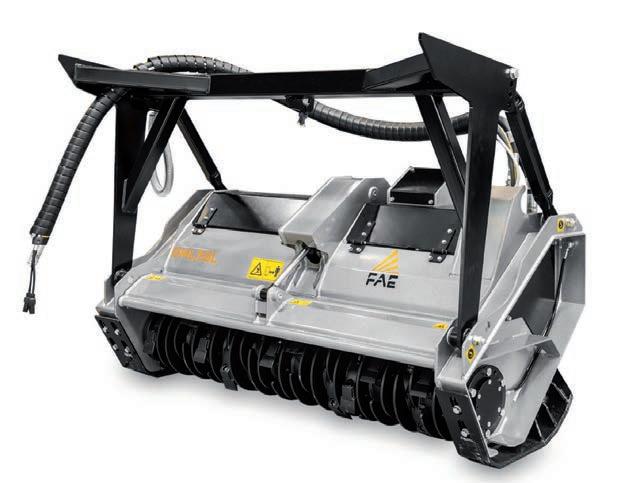
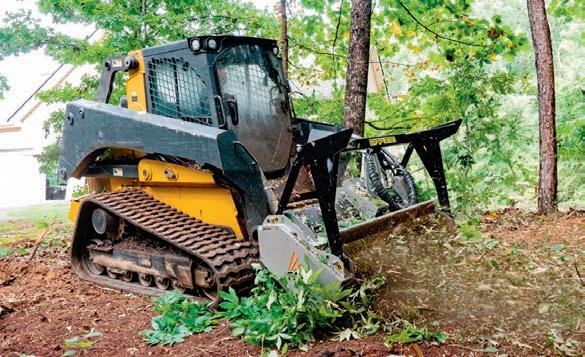
Firstly, the frame and push frame’s design has been redesigned to offer greater visibility in all working conditions.
This will increase comfort and make it easier to monitor tasks with more precision, FAE says.
The mulcher can now mount a rotor with either Mini C/3 teeth or Mini BL blades, both of which help get the most out of FAE’s Bite Limiter technology.
Bite Limiter rotors come with special wear-resistant steel limiters that reduce the teeth’s reach, helping to lessen power and fuel demands, ensure a consistent working speed and minimise rotor stalling.
FAE’s exclusive Sonic technology is now also available on the DML/SSL.

This ensures the skid steer and FAE mulcher are completely aligned by automatically calibrating the mulcher’s parameters.
Sonic technology also continuously manages the mulcher’s hydraulic settings, which FAE says creates a boost in overall productivity of up to 30 per cent.
Along with the Bite Limiter technology, Sonic also helps to minimise rotor stalling and shortens recovery time thanks to the quick recovery of the rotor’s rpm.
Another upgrade to the DML/SSL is new interchangeable and adjustable skids, which offer greater precision.
The new Spike Pro counter blades ensure low power absorption and finer grains in the processed material.
The optional integrated oil cooler helps ensure the best performance, even in hotter climates such as Australia.
Four models are available - DML/SSL/VT, DML/SSL/BL, DML/SSL/SONIC, DML/SSL/BL/SONIC – each of which have two width options.
FAE
In New South Wales, Casino-based Case IH dealership Days Machinery has purchased New Holland dealer Agrihaus Lismore.
This means dual representation for CNH Industrial, with both the Casino and Lismore sites to sell Case IH and New Holland machinery in both the agriculture and construction sectors.
At roughly the same time, South Burnett Machinery in Queensland has been purchased by Cheshire Machinery, which is already a dealer of both New Holland and Case IH equipment.

For Bundaberg-based Cheshire Machinery, the purchase provides a new location about two hours’ drive away in Murgon, where both New Holland and Case IH equipment will be available.
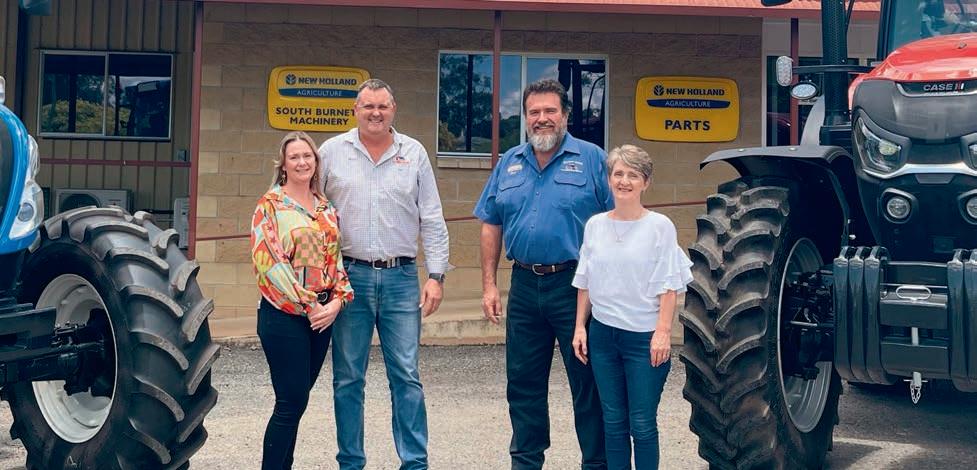
Cheshire Machinery only came into existence about 18 months ago when dealer principal Ross
more grazing, hay production and broadacre operations, as well as cotton,” he says.
“We can assure existing customers that the same level of support and service they’ve enjoyed with South Burnett Machinery will continue under Cheshire Machinery.
“With the addition of Case IH products to the business, customers will also have access to a wider range
of machinery, and all the benefits and opportunities that brings.”

Days Machinery dealer principal Dan Hoppe says the time was right for expansion, almost four years after purchasing the dealership in NSW’s north east.

“Each of the Case IH and New Holland ag and construction lines have benefits to different segments of our market and we plan on leveraging the strengths of each of the brands to be able to provide a more comprehensive product line-up,” he says.
“This expansion also gives us a bigger critical mass to be able to boost our service and support for both blue and red customers, boost our parts, and streamline our logistics which you can do when you’ve got a bit more volume behind you.
“With the support of CNH Industrial the transition into the new Lismore business will be seamless and our team feel comfortable about what we’re taking on and excited to support a wider range of customer bases with a wider range of products.”
Both acquisitions have taken place with immediate effect.


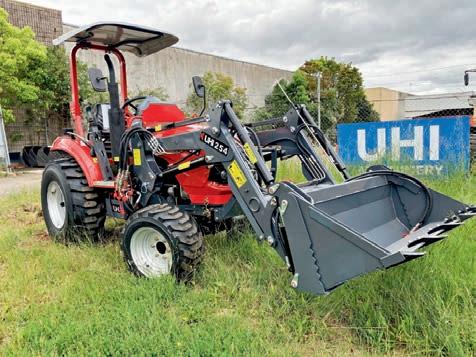


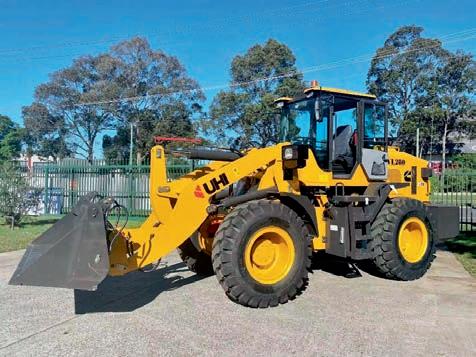



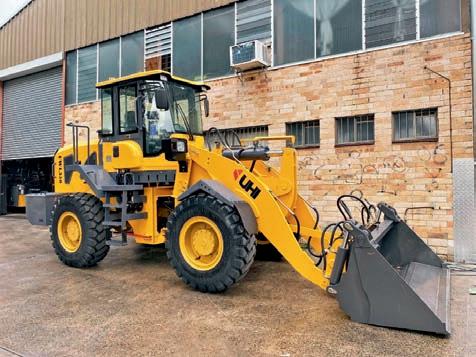

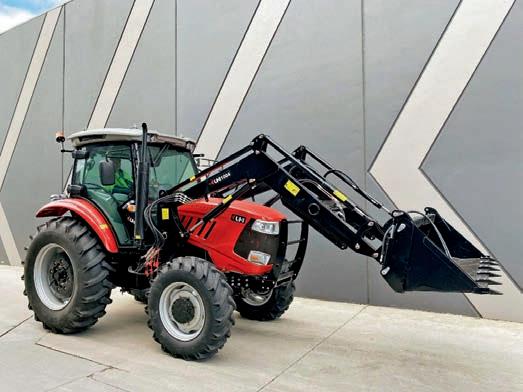


Spraying specialist Silvan has a range of firefighting units for rural fire control, with most units able to be transported in a one-tonne tray between the arches of popular ute brands.

Unique within the range is the 600-litre Silvan Honda Davey firefighting model, according to Silvan Selecta product manager Greg Everett.
“Among its features are a galvanised slip-on type skid frame and factory fitted fast-filler kit,” he says.
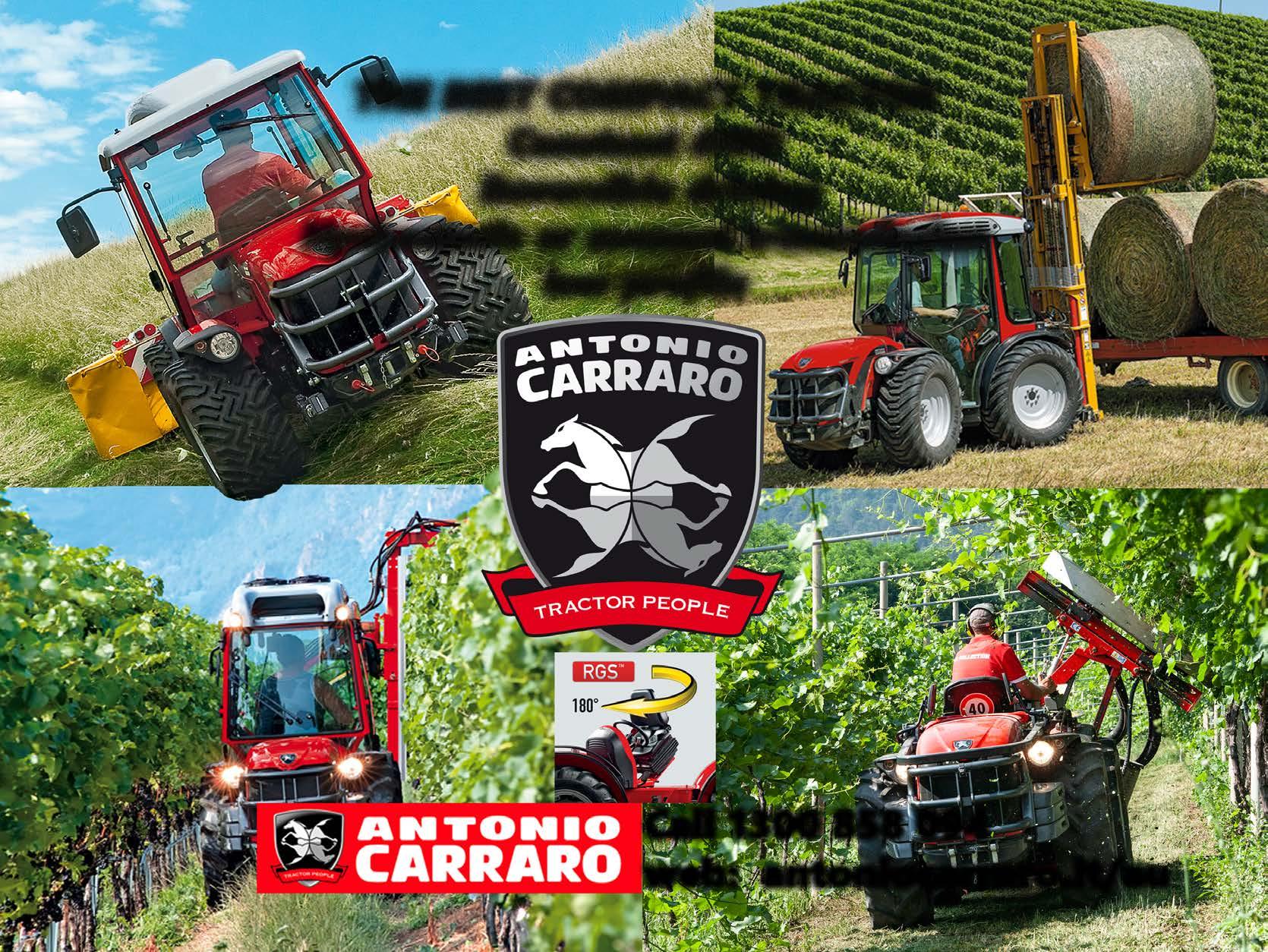
“A highlight of the range is many of the models have an internal baffle that reduces surge when travelling.
“And, more importantly, all our fire fighters are built in Australia and factory tested prior to dispatch.
“Also, we have the Selecta power engine and pump option for budget-conscious customers and the Honda/Davey unit for those happy to pay a bit more.”
Everett says having water resources and equipment ready, as a first response or for clean up after a
fire front has passed, is important. However, property managers are sometimes not as well prepared as they should be.
“In previous high danger seasons we have seen property owners and managers leave it until a fire is virtually at their boundary before rushing to their local supplier, only to find that there is no firefighting stock left,” he says.
“We advise that for a relatively modest investment the appropriate equipment can be held ready to assist in quelling the smallest fire outbreak, or for protection of homes, buildings and fences once a fire alert is raised.
“Our Silvan warehouses are well stocked with attractive product and pricing offers on our extensive range of fully assembled and tested, ready firefighters or individual components for water transfer.”
Everett recommends having two complete Silvan
firefighting units and accessory equipment ready to use so one can be filled up while the other is still operating.
“These units are also great general-purpose aids as they can be employed for transferring water from a dam to the household water storage tank, livestock jetting or wash-down purposes, topping up stock water troughs, or general-purpose water transfer needs,” he says.
“We have two choices of engines and pump combinations fitted to most of the units. We have 5.5 horsepower [4.1kW] Honda four stroke petrol engine fitted with a direct coupled Davey impeller pump that produces up to 80psi pressure and up to 425L/min open flow.
“The new generation Davey pump is now fitted with Viton internal seals and gaskets for improved chemical resistance.”
The other combination is a Selecta power 6.5hp (4.8kW) engine with twin stage Impeller producing up to 100psi pressure and up to 250L/min open flow. Both engine fuel tanks supply up to two hours of run time.
Tank capacities range from 400, 600, 800, 1,100 to 2,200 litres, as well as a 600L slip-on, slip off combination and a 1,100L and 2,200L with fully galvanised sled frame with forklift access.
“When considering the tank size of a firefighter, be mindful of the tank dimensions, maximum load capacity on the vehicle and the maximum flow rate of the adjustable nozzle, which is about 20L a minute,” Everett says.

Power from 70 up to 110 HP
Working Width from 1,000 up to 1,500 mm Working Depth from 7 up to 15 cm

Single Side Transmission with gears
Power from 100 up to 150 HP
Working Width from 1,000 up to 1,500 mm
Working Depth from 15 up to 25 cm
Single Side Transmission with gears
Power from 180 up to 300 HP
Working Width from 1,800 up to 2,800 mm
Working Depth from 19 up to 35 cm
Double Side Transmission with gears
Power from 220 up to 400 HP
Working Width from 1,800 up to 3,000 mm
Working Depth from 27 up to 50 cm
Double Side Transmission with gears
Power from 110 up to 170 HP
Working Width from 1,800 up to 2,300 mm Working Depth from 7 up to 15 cm
Double Side Transmission with gears
FR-Rambo-2T
Power from 140 up to 230 HP
Working Width from 1,800 up to 2,300 mm Working Depth: 15 up to 25 cm
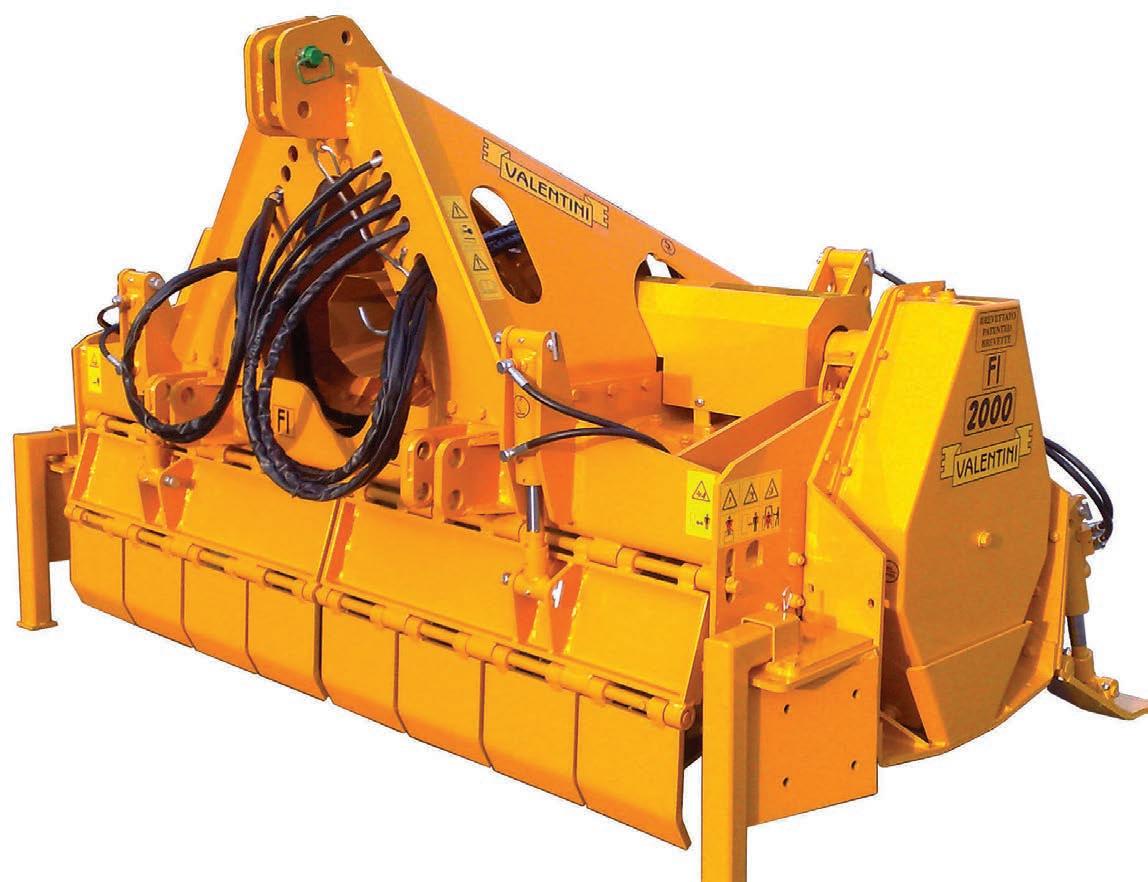
Double Side Transmission with gears
Power from 200 up to 400 HP
Working Width from 1,800 up to 3,000 mm Working Depth from 19 up to 40 cm
Double Side Transmission with gears
Power from 320 up to 400 HP
Working Width from 1,800 up to 2,300 mm Working Depth from 40 up to 70 cm
Double Side Transmission with gears
Valentini Stone Crushers have been designed to meet the demands of professionals that work for both agricultural and road maintenance companies. 3 Endeavour St, Warragul. Vic. 3820 PH (03) 5622 9100 Ask for Justin www.vinrowe.com.au

Brandt’s Australian presence is set to grow, with the company acquiring its 15th Australian branch - Westernport Tractors & Implements on Victoria’s Mornington Peninsula.
The Canadian-owned company has built up a portfolio of John Deere dealerships across Victoria and South Australia, having bought SA’s Wickham Flower earlier this year.
Brandt Group also acquired fellow Canadian equipment supplier Cervus last year for roughly US$302 million, which included Cervus’ seven dealerships in Victoria.





Westernport Tractors & Implements has operated for more than 30 years and is based in Hastings on the Mornington Peninsula.


“Just like Westernport, Brandt is a family owned



























and operated business where serving the customer is absolutely number one,” Brandt CEO Shaun Semple says.
“The fit between our two organisations is a natural one and we look forward to welcoming Ross and his team to the Brandt family.”
Additionally, Brandt is also growing its New Zealand presence by acquiring Agrowquip NZ.




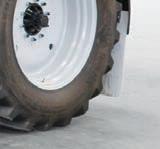
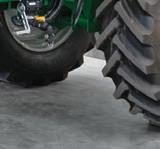





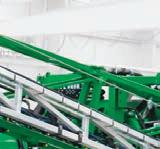


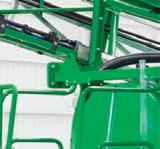

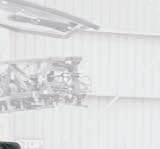




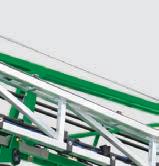











Brandt already operates Deere agricultural dealerships on the North Island and will acquire Agrowquip’s additional agricultural dealerships alongside its construction and forestry interests.



It will also mark Brandt’s first foray into Deere construction and forestry equipment in New Zealand.
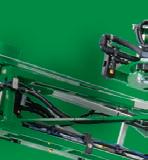








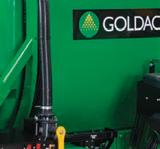




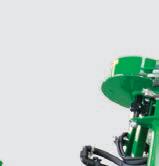













“Bringing Brandt and Agrowquip’s locations together on the North Island under one banner allows us to make a more significant investment in the facilities, tools, and people to meet the growing needs of our customers, now and in the future,” Semple says.

“As a family owned and operated business, we like to put down deep roots, investing for the long term, and that is our plan here in New Zealand.”






The Westernport acquisition was completed on December 1, while the Agrowquip deal is expected to close on January 30 next year.
Brandt’s existing Victorian dealerships are located in Ballarat, Colac, Hamilton, Knoxfield, Leongatha, Lilydale, Maffra, Pakenham, Sunshine and Terang, while the South Australian dealerships are in Bordertown, Keith, Naracoorte and Mt Gambier.






Lemken has acquired a holding in Track32, the Dutch company which developed the software for the Steketee IC-Weeder AI.
The IC-Weeder AI is an automatic hoeing machine which uses its artificial intelligence to reliably distinguish between sugar beets and weeds as it works in a paddock.

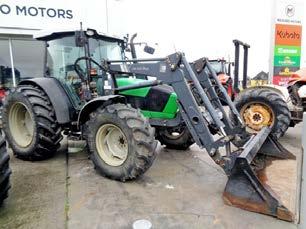




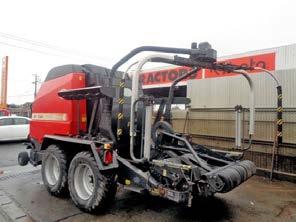

It was this machine’s success that inspired
to acquire the Track32 stake with a view towards further in-house technological development.

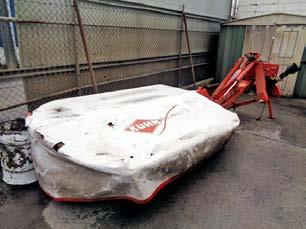

“This will accelerate the development of smart technologies and ensures continuity,” Lemken Group managing director Anthony van der Ley says.
“For Track32, our cooperation delivers planning security and great potential for growth.”


Lemken says the investment will create further benefits including sustainability, as the manufacturer is confident that machine equipped with Track32 technology will make a major contribution to regenerative agriculture.
Lemken also believes Track32’s expertise will allow its implements to be used with even more precision and versatility.
It also hinted at collaborations on several joint projects with a goal of robots being able to control its machines.
Track 32’s founder Joris IJsselmuiden says he believes the investment will benefit both companies and is excited to collaborate further with Lemken.
“As a company that specialises in software and artificial intelligence, we also develop solutions for arable farming and greenhouse processes,” he says.
“With Lemken as an investor and client, we will be able to concentrate even more on the further development of our software and will benefit from closer proximity to end customers.”
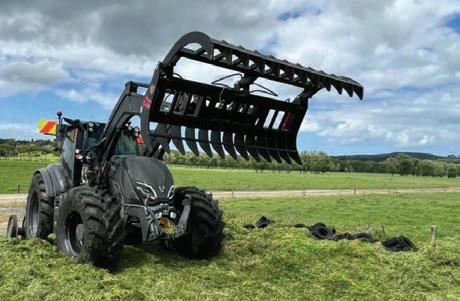



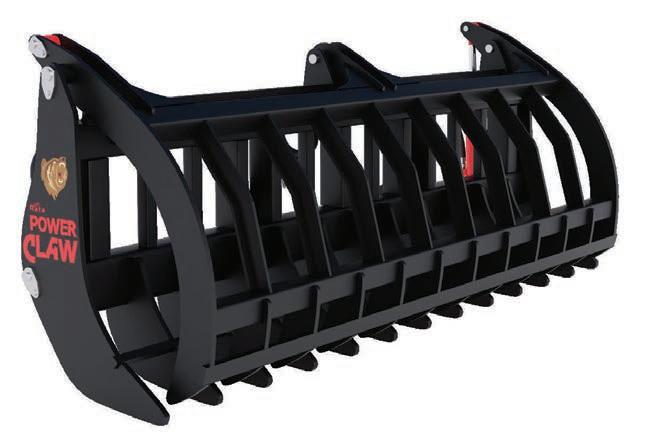
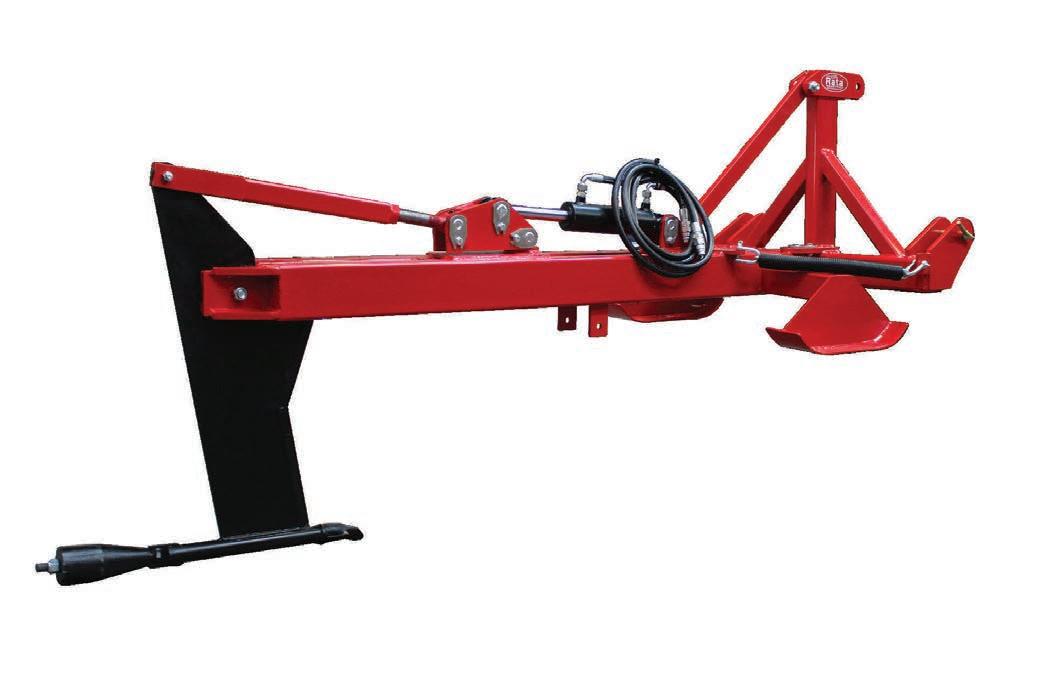









The AS2400LT airdrill is aimed primarily at small to medium-sized farms, the manufacturer says, but is packed with features designed to widen its appeal.
Among these is a 6m sowing width, which John Shearer says allows farmers to conduct broader sowing than a conventional seed drill, while folding up to 3m for easy and safe road transport.
Overall capacity is 2,400L across the two-compartment hopper, which is also designed for quick filling and easy cleaning.
Farmers have the choice of four sowing spacing options – 125mm, 150mm, 175mm and 203mm –which equates to five, six, seven and eight inches.

Operation has also been made easy, with a new electronic drive system on the AS2400LT replacing traditional chains and sprockets, a move that reduces maintenance requirements.
Calibrating seed and fertiliser rates is also a breeze thanks to the ability to control these via a tablet from either inside the tractor cabin or alongside the Airdrill.
The hopper is also fitted with sensors to monitor both the shafts and bin levels for seed and fertiliser.
The choice of double disc openers, 630 tines with super seeder points and coil tines with baker T
blades is available, depending on the soil type.
Importantly, no roller change is required when switching from fine to coarse product, allowing various products to be sowed with ease.
Two 266mm fluted metering rollers are easily accessible via inspection doors.
Shut off gates allow rollers to be inspected or cleaned without unloading, while the complete distribution module is easily removed for servicing.
The five-row frame has been optimised for maximum trash flow with long lead between rows and ample underframe clearance.
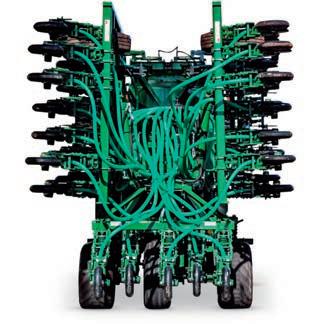
Optional extras on the AS2400LT include coulter, harrow and press-wheel kits to tailor each machine to the specific conditions required.
It can also be equipped with Smart Ag systems GPS, ISOBUS electric drive systems, augur kit and a grass seed box option.
A powerful hydraulic fan with built-in oil cooler also helps to keep the machine cool and functioning at its best.
The AS2400LT, along with all John Shearer machinery, is manufactured in Australia.
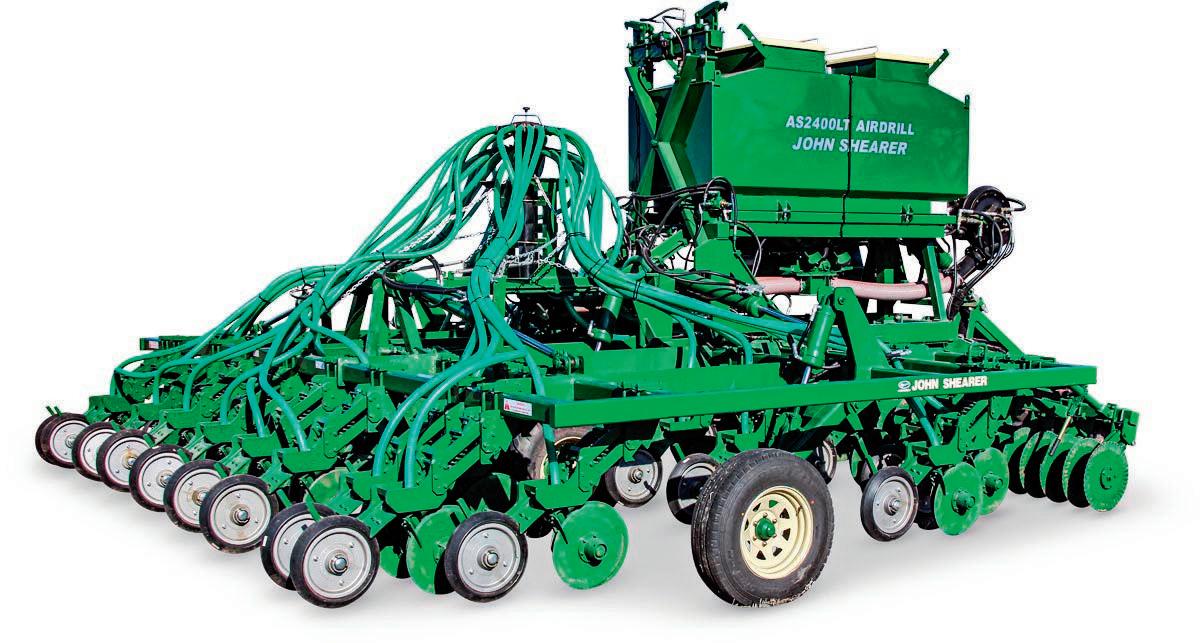
For more information, contact your local John Shearer dealer or visit www.johnshearer.com.au
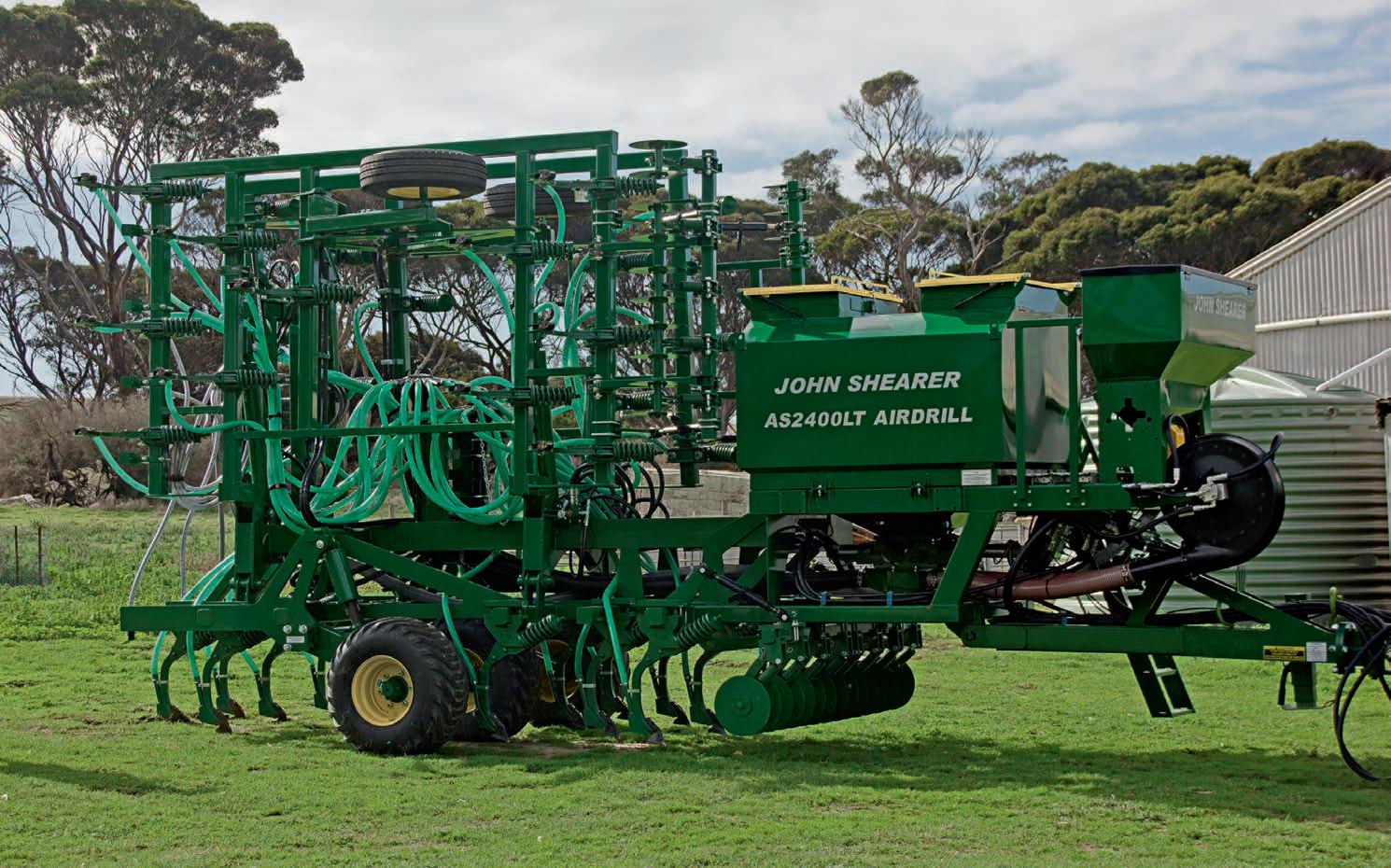

Pottinger’s Amico F front hopper and Terria stubble cultivator can now be brought together, saving farmers’ time by loosening soils and placing fertilisers in the same pass.
This means additional convenience and efficiency for farmers, while the Amico F hopper’s capacity options of 1,700L or 2,400L and 60:40 division enables a wide range of applications.

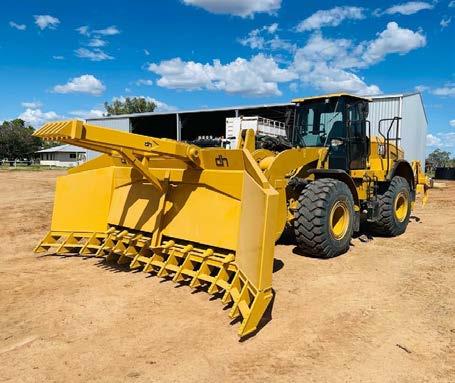
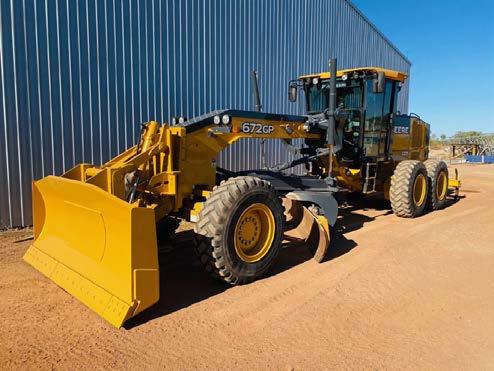
Placed on either side of the tractor, Pottinger says there are several benefits to running both applications in one pass.
An operator can make up for nutrient deficiencies in different soil layers by placing fertiliser directly
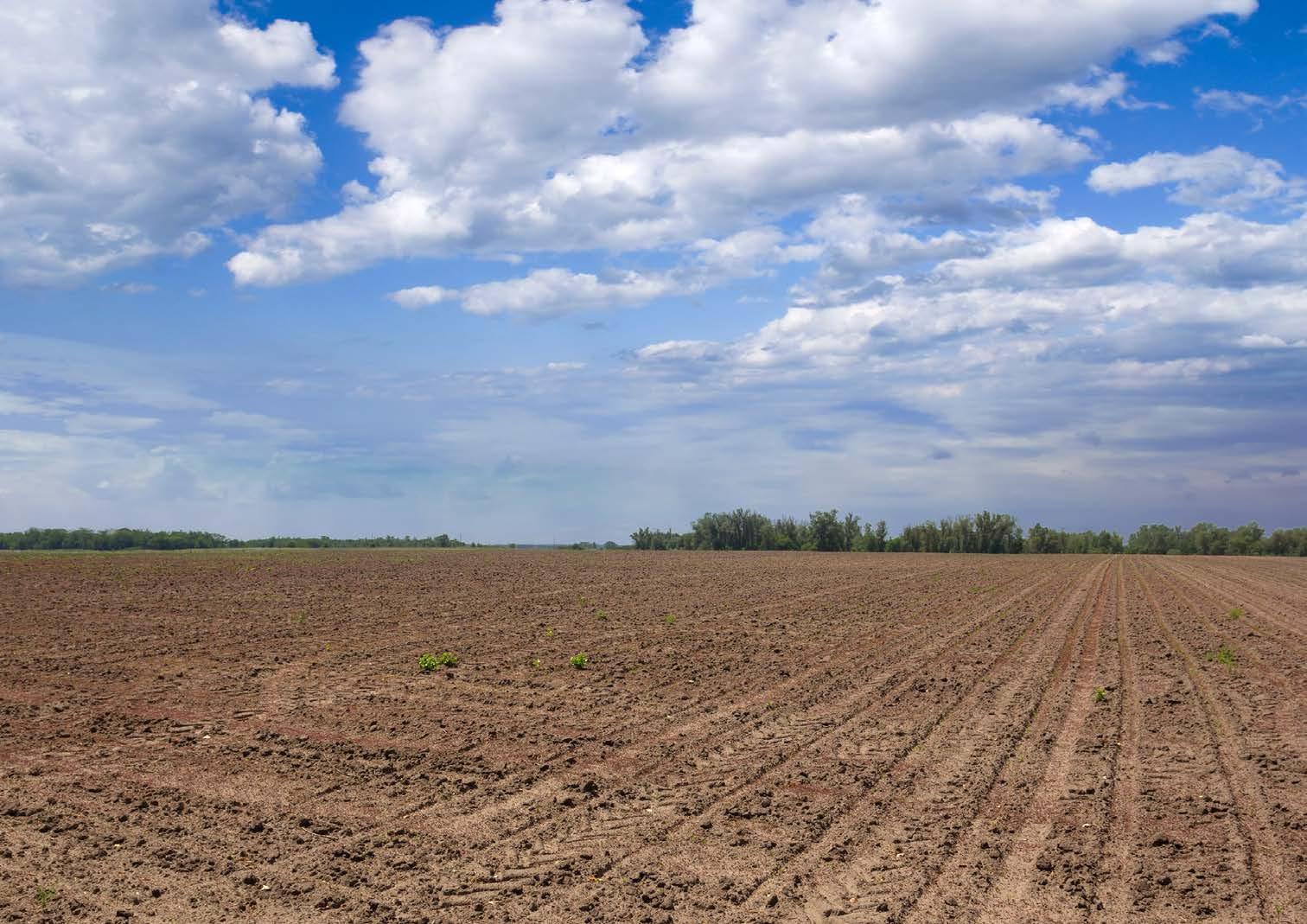

into the soil, the manufacturer says, which also promotes targeted root growth and therefore plant growth and crop density.
Different deposit depths for the fertiliser allow different levels of soil to be supplied as needed.
The Terria can be used for deep loosening work, plus stubble cultivation, and its wide tine spacings ensures reliable operation even with high organic matter volumes.
The Amico F is equipped with ISOBUS as standard and comes with either one or two easily accessible metering units which can be operated by the intelligent control system.
The material is applied using a single shoot process with a pressurised hopper system, which enables consistently high volumes of seed and fertiliser materials to be mixed and transported.
In other Pottinger news, the company has acquired Italian manufacturer MaterMacc Spa.
Pottinger’s range of seed drills will be expanded to include MaterMacc’s precision seeding technology while further technology options will be explored.



































9813 8011
Increased sales of compact tractors were a big contributor to another strong month in November
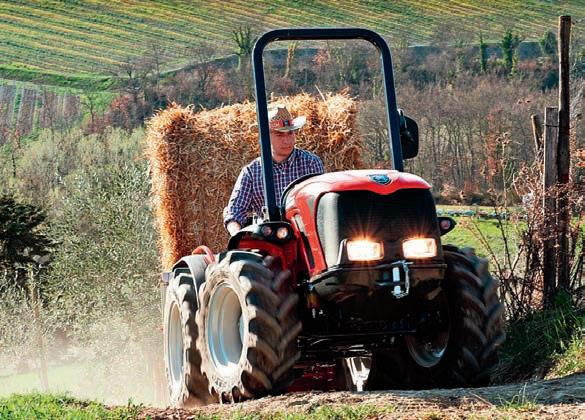
Tractor sales were again strong across the nation as the industry is now in full swing for this year’s harvest. The recent rainfall activity across much of eastern Australia has presented many challenges for farmers, however the overall picture remains healthy for machinery dealers.
November sales were up 4.7 per cent on the same month last year and this now puts us 2.5 per cent up on the 2022 year to date.
As things look, 2022 will be the second year in a row where more than 19,000 tractors were sold, with total sales volumes above $2 billion, a high watermark that represents the strongest run for the industry since the 1980s.
With another seven months to go for the Temporary Full Expensing program, dealers continue to report high demand for machines both new and used, however rising interest rates combined with recent price increases are ensuring that there remains a note of caution in the market regarding the medium-term outlook.


While supply chain challenges remain, particularly with European suppliers battling energy shortages, there are signs that shipping times are improving - so one is hopeful of a return to better conditions for our suppliers.
Looking at the figures in detail, all states except for South Australia recorded rises for the month.
Queensland continued its recent strong run with a 12 per cent rise, to be 14 per cent up for the year.
New South Wales enjoyed a healthy lift of 5 per cent on the same month last year to now be in line with last year, and Victoria recorded a modest rise of 1.5 per cent to also be in line with last year.
Sales in Western Australia were again strong, up 8 per cent and now 2.4 per cent up on the year to date.


South Australia recorded a 15 per cent decline to be 3 per cent off for the full year.
Tasmania enjoyed a rise of 14 per cent for the month and sales in the Northern Territory now sit 11 per cent ahead of 2021.
The biggest rise in machine category sales this month was in the small under-40hp (30kw) category, which was up 23 per cent and remains 10 per cent ahead on the year to date.
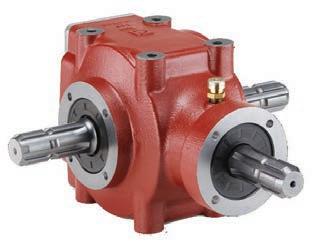

The 40hp to 100hp (30-75kw) range was up 1 per cent in the month to remain 2 per cent ahead year to date.

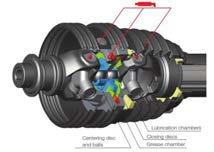
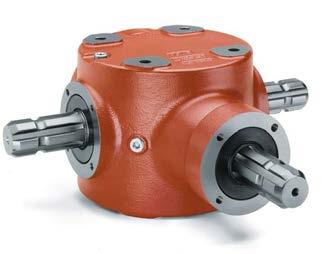
Sales in the 100hp to 200hp (75-150 kw) category was again down, this time by 7 per cent in November to be 3 per cent behind for the year.
In the large 200 hp (150kw) plus range, sales were again strong, 4 per cent ahead of the same month last year and are now 4 per cent up on the year to date.
Combine harvester sales are now occurring in large numbers across the nation.
These are up 20 per cent on the same month last year and are now ahead of the 1,000-unit mark for the full year.
Challenges in the hay market continue and this is reflected in another subdued result, down 33 per cent on November last year to remain 33 per cent behind year to date.
Finally, sales of out-front mowers have enjoyed a lift in the month, up 4 per cent but remain behind by 21 per cent on the full year.



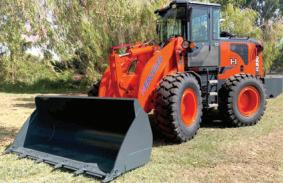






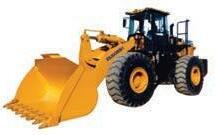

JCB has released the smallest telehandler in its range, which is due Down Under in late 2023
JCB says its newest telehandler has the largest cabin in its class, despite being the smallest overall machine in its Loadall range.
The Loadall 514-40 measures just 1.55m wide, 2.9m long and 1.8m high, with its compact height meaning it can fit underneath a 6-foot doorway.
It will slot alongside existing Loadall models in the Australian range, expected to arrive Down Under in late 2023.
Despite its compact size, the 514-40 boasts several features which JCB says puts the machine ahead of its competitors.

It has a 1300kg lift capacity at its full height, which JCB says is the best in its class, while the manufacturer also says its full-width cabin gives operators an extra 200mm of space.
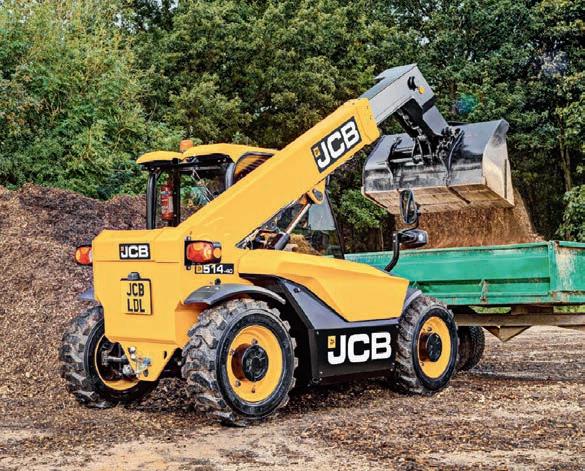
A low-maintenance 19kW (25hp) engine helps to keep running costs down, while serviceability is made easy through all touch points being in the one location.
Standard features across the Loadall range, which are also applicable to the 51440, include permanent four-wheel drive, LiveLink telematics and variable hydrostatic transmission.
The biggest attraction, though, is the machine’s compact nature, weighing just 2700kg unladen but capable of lifting 1400kg and offering a maximum lift height of 4m.
It is also extremely manoeuvrable, making it ideal for tight spaces around worksites.
JCB’s Compact Loadall range now offers four models, ranging from the 514-40 up to the 52560, which has a 55kW (74hp) engine, 2500kg lift capacity and 6m lift height.
Claas has announced improvements for its Jaguar 900/800 forage harvesters, including a newly developed GPS steering guidance and an automatic reel speed adjustment system for pick-up fronts.


All 2023 delivery models will be available with the Cemis 1200 operating terminal, which incorporates the GPS Pilot and Cemos Auto Performance machine optimisation systems.
Claas Harvest Centre product manager – Jaguar Luke Wheeler says the guidance and optimisation systems are activated via a simple, two-step process using the CMotion control lever.
“After turning and entering the next track, the operator activates the steering guidance system and accelerates up to operating speed,” he says.
“With a second push of the button, Cemos Auto Performance then takes control of the ground speed and engine output according to crop flow.
“In simple terms, ground speed is reduced when the volume harvested increases, while engine output is reduced if the volume harvested decreases.”
Claas claims the system can improve throughput by up to seven per cent while reducing fuel consumption by 12 per cent.
Its proven Auto Pilot sensor-based and Cam Pilot camera-based guidance systems and the Cruise Pilot automatic speed control system are also available.
Pick-up fronts can now be specified with automatic reel speed adjustment and automatic lubrication systems.
“Introduced last year, the optional hydraulic drive enables the reel speed to be matched to ground speed independently of the speed of the intake auger,” Wheeler says.
“This means the rotational speeds of the pick-up reel and intake auger can be matched exactly to the prevailing harvesting conditions for more consistent crop flow and higher throughput.
“This is particularly important when harvesting high yielding crops at low speeds or vice versa.”
US studies have shown the new hydraulic drive can increase throughput by up to 13.7 per cent compared with the existing mechanical constant drive in heavy harvesting conditions.
“If the ground speed or the set chop length is changed, the speeds of the pick-up reel and intake auger are automatically matched to the prevailing conditions,” Wheeler says.
“This results in an even more consistent crop flow through the harvester, especially where there are frequent and significant changes in swath thickness.
“If necessary, both speeds can also be adjusted manually from the cab by the operator.”
Pick-up fronts can also be equipped with an optional automatic chain lubrication system on the left-side drive of the intake auger and reel.
Claas has also announced the introduction of a new top-of-the-line model for its Jaguar 800 forage harvesters.
The Jaguar 880 is powered by a Mercedes-Benz OM 473 LA six-cylinder 15.6-litre engine that delivers a maximum output of 653 horsepower (487kW).
It is equipped with Stage IIIa/Tier 3 emissions control technology and the Dynamic Power engine management system that automatically adjusts the engine output to load. Claas claims the system achieves fuel savings of up to 10.6 per cent.
The new Jaguar 880 Forage harvester has a dynamic power engine management system that automatically adjusted the engine output to load


1964 and the world’s best Post Driver was invented
Australian agriculture can look forward to a positive year ahead, multiple industry figures believe, but dealing with several ongoing challenges will be key to maximising national potential.

Rising interest rates, crop damage caused by east coast flooding, the Ukraine-Russia conflict and the end of the federal government’s instant asset writeoff scheme will all be obstacles in the new year, but the prospect of another strong harvest, potential record annual tractor sales and ongoing progress to the national farmgate output target have the outlook appearing positive.
Case IH general manager Pete McCann, Tractor and Machinery Association president Gary Northover and National Farmers Federation president Fiona Simson have all expressed optimism about what was achieved in 2022 and the potential for what lies ahead.

Firstly, McCann says the industry would benefit from a period of normality after overcoming many unprecedented challenges in recent years.
“There’s no way you could have predicted what we’ve had in the last three years,” he says. “We’ve come out of a drought; we’ve had a pandemic that’s touched every corner of the globe and we’ve had so much rain.
“We’ve been in our family farm for 30-something years, and we’ve had more rain in 12 months than we’ve sometimes had in four years.
“I think one thing the farming industry is very good at is we handle that instability a lot better than a lot of other industries, because we’ve lived it for so long and it’s usually climatic – although it’s not totally that way here.”
One of the biggest success stories of Australian agriculture during 2022 has been the high volume of tractor sales.
While the full sales figures for the year are not yet available, this year has been tracking similarly to –and in some cases above – 2021’s bumper sales year, according to monthly data released by TMA.
The government’s ongoing temporary full expensing program has been a catalyst for machinery sales, and this will continue until June 30.
Northover expects there will be a natural slowdown in sales once this program ends but does not believe it is cause for concern after such a strong run.
“A lot of machinery is being ordered for delivery during 2023 and we think 2023 will be strong,” he says.

“The market for farm products is still very strong, notwithstanding the flooding we’re seeing on the east coast.
“There’s been so much new stock put into the market that from a tractor sales point of view you’d have to expect a slowdown.
“Our best guess at the moment is that 2024 may see a bit of a pullback.
“That doesn’t mean to say that machines aren’t being used, parts and service aren’t being consumed and farmers aren’t prosperous, it just means that at some point the supply of machines just has to take a break,” he says.
“We can’t just keep pumping machines at 40 to 50 per cent above a normally good year into the market and think it’s going to go on forever.”
McCann agreed the program’s ending will cause a slowdown in sales, but also did not think it represented a negative for the industry.
“I expect the total value will drop off a little bitwe’ve had two record years in a row,” he says.
“Regardless of the manufacturer, we’ve all put a lot of machines into operation.
“The tax incentive closing off at the end of June will have a little bit of impact, but I don’t think it’s going to be too dire because a lot of our growers and producers have ordered machines knowing that they will not make it by June.
“We’re just back into a normal rotation now, you do the four-and-a-half-year term with a machine, so we get back to a little bit of normality in that regard.
“I think it will still be a good year.”
If Australian agriculture is to enjoy another strong
year in 2023, it will be good news for the National Farmers Federation’s ambitions for Australia to reach its target of $100 billion total farmgate output by 2030.
A report from the Australian Bureau of Agricultural and Resource Economics and Sciences projects farmgate output will be $85 billion for the 2022-23 financial year, only just shy of last year’s record high.
NFF president Fiona Simson says this is an excellent outcome, particularly against the backdrop of crop damage caused by flooding on the east coast.
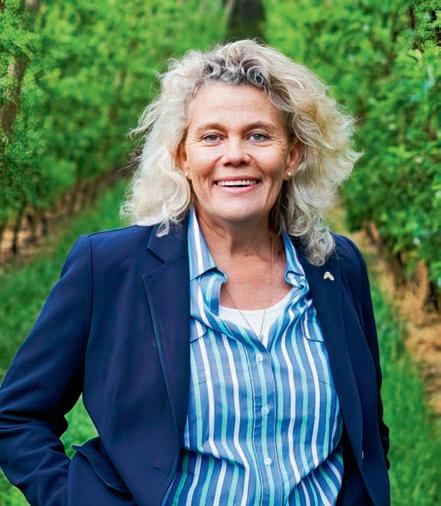
“These figures put us above $80 billion for the second year running, showing we are making progress against our goal to be Australia’s next $100 billion industry,” she says.
“While our farmers are moving the Australian economy forward, we believe that with the right support we can still unlock huge untapped potential in the sector.
“We acknowledge the good work that has been done so far around biosecurity, telecommunications and climate mitigation, but it’s time to get serious about the other challenges highlighted in our 2030 Report Card,” she says.
“A priority must be for all tiers of government to work together to get our flood damaged infrastructure back to standard as quickly as possible.
“We can’t stop natural disasters, but we can mitigate their impacts and our governments need to look at ways to prevent such extreme damage as well as ways to act swiftly to respond and repair.”
McCann says the flooding will have a broader impact on the industry, but also looked at positives including the prospect of a big harvest in Western Australia.
“We’ve obviously got a very wet side of one part of Australia on the east coast, but WA looks like they’ll have another fantastic harvest, which is great to hear,” he says.
“There’s going to be water in the dams, irrigation is going to be loaded up.
“I have no doubt we’ll take a fair bit of crop damage this year on the east side, but we’re going to go in with a beautiful subsoil moisture content.
“I think the rising interest rates will be another challenge. We’ve had a pretty nice run of interest rates for the last couple of years.
“There’s a lot of noise about recessions from different parts of the world and even locally to a certain extent, but I still go back to the fact agriculture is a very safe industry. We all have to eat.”
According to Northover, the industry’s focus must turn to people power to maintain the momentum – in both adjusting from machinery sales to servicing and ensuring dealers have the staff numbers to best serve their communities.
“I think there will be a transition from selling machines to servicing and maintaining machines – and our dealers have been battling away with perhaps less than ideal workforce numbers on the ground, and that’s just going to continue to be the challenge,” he says.
“I think they’ve proven that they can get the job done in any circumstances but getting staff to do their job is the biggest challenge.”
With staff shortages being a common theme in farming communities, many within the industry have become accustomed to doing more with less.
To give McCann the final word, this should never come at the expense of safety and ensuring all farmers can enjoy the festive season and safely enter the year ahead.
“At this time of year, everyone is going to be in a rush,” he says.
“Don’t rush, because that’s how people don’t come home after harvest.
“We know we’re in a dangerous profession, so let’s not make it any more dangerous. Just take your time.”
Positive Spring conditions in WA and SA have helped national ag production levels
Ongoing rains in NSW and Victoria are creating “considerable uncertainty” but Australia is forecast to break export records this financial year, ABARES says.
Despite the impact of devastating floods across the eastern states, researchers from the Australian Bureau of Agricultural and Resource Economics (ABARES) say Australia is still setting new benchmarks in export commodities and high yields for winter crops.
ABARES executive director Jared Greenville says the gross value of agricultural production is forecast to be a near-record $85 billion in 2022-23, just shy of the record set the previous year.
“Meanwhile, the winter crop is forecast to be the second largest on record at over 62 million tonnes.

Livestock production is expected to hold steady, contributing $34 billon to the national total,” he says.
“Another bumper year combined with high commodity prices means Australia’s agricultural exports are forecast to break records at over $72 billion in 2022-23.”
Positive Spring weather conditions in WA and SA encouraged ABARES to lift its production forecasts in the states to record levels, while Queensland is forecast to produce its second highest level of production on record, despite parts of the Darling Downs missing out on plantings after being impacted by the floods.
"In other parts of the country, the results are mixed, with both flooding and water-logging impacting winter crop production,” Greenville says.
Ongoing high rainfall in NSW and Victoria are creating “considerable uncertainty” over the progress of the winter crop harvest, he added, which could lead to downgrades in production value.

“Harvests in Victoria and New South Wales are likely to run well into summer,” Greenville says.
“We saw a record amount of crop planted in Victoria this year. At the state level, high yields in the Mallee and the Wimmera will offset crop losses in central and northern border regions. However, the full picture of damage to crops from extensive waterlogging remains an unknown.”
“Unfortunately, New South Wales has borne the brunt of the damage from the spring rains and subsequent floods,” Greenville adds.
“Record spring rainfall followed above average rain in August, which has led to losses. The total production for New South Wales has been revised down by 2 million tonnes since our last Crop Report in September.”
Feeding livestock is no light work – and leading manufacturers were happy to show off their latest solutions for intensive feeding at German expo EuroTier. Chris McCullough was there
Held from November-15-18, EuroTier 2022 played host to a plethora of new machines, technology, equipment and feed developed to make farming just a little bit easier.
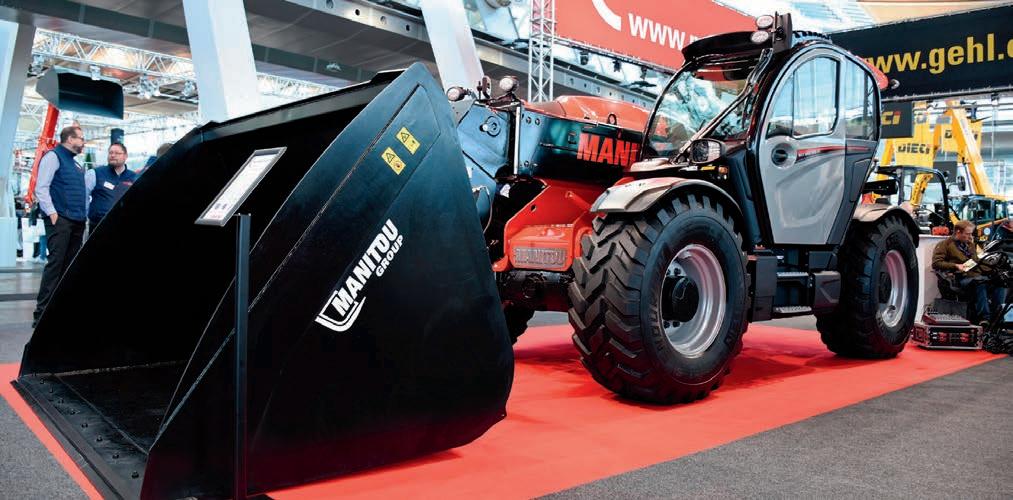
Over 1,800 exhibitors from 57 countries exhibited at the event, showing off everything from new telehandlers to calf feeding technologies, robots and interesting apps that allow farmers to work remotely.
Around 106,000 people attended the event, with visitor numbers down 40,000 on previous years, but event organisers DLG were satisfied, noting the figure had suffered following the COVID-19 pandemic.
Among the highlights of the event were:
Manitou’s MLT 850-145 V+ telehandler is the fourth model in the NewAg XL range, following the launch of the MLT 841, 1041 and 961 in Europe earlier this year.
With a load capacity of five tonnes and a working height of 7.6m, this new model is designed for very intensive use, in particular the loading of bulk cargo, cereals, wood chips and silage.
This model has a 141hp engine that offers more
than 600Nm of torque, with a pull force of more than 9,160 decanewtons (9,340kg force) and a M-Vario Plus continuous variable transmission that allows varied operator use.
The high movement speed provided by the 200 l/ min LSU pump is complemented by a bucket breakout force of over 8,670 daN (8,840kgf), while the cab has a noise level of just 69 dBA.
Kuhn had one of its new SPW Intense self-propelled feeder wagons on display, boosted with the Phase 5 250 horsepower engine and the milling head/mixing auger hydraulics management system.

There are seven models in the range offering mixing capacities from 14 to 27 cubic metres – each built with two vertical augers and either five or six knives, depending on the size of the model.
Unladen weight ranges from 13.7 tonnes of the smallest 14.2 CS model to 15.9 tonnes of the largest 27.2 CL model.
Belgian manufacturer Joskin designed this 3,600-litre tanker to transport water on farms, but models are available up to a 5,100 litre capacity.

The tanker comes with a 45cm manhole opening at the top for cleaning purposes and an outlet valve at the back of the tank to allow for it to be fully emptied –thereby preventing impurities from stagnating between two filling processes.
Optional extras include various types of drinking troughs, centrifugal filling pumps, brakes, a wide choice of wheels and lights.
While it won’t be available in
until
2023, JCB previewed its new 530-60 Agri Super Loadall at EuroTier – a prospective replacement for its 527-58 model launched two years ago.
Standing 2.14m tall at the cab on 24-inch tyres, the unit is powered by a JCB 4.8l 130hp engine and has a
550Nm torque and a 40km/hr transmission.
The 527-28 can lift three tonnes, with capacity to lift 2.7 tonnes to its full six metre lift height.
JCB says the unit is designed for livestock, pig and poultry farms.
A clever compact loader and an electric telescopic model both made their debut at EuroTier for Schäffer

German manufacturer Schäffer introduced two new machines at EuroTier, including one which it says is the world’s first electric-drive telescopic wheel loader.


The new Schäffer 23e T can lift loads to a height of 3.72m and is powered by a new-generation battery of 31.3kWh, which allows for up to eight hours of working time.
The machine is powered by two e-motors; one 21kW motor that drives the wheels, accelerates rapidly to 20km/h and generates high thrust forces, and a second 9.7kW motor that powers the remote hydraulics for up to 42l/min oil flows and fast work cycles.
The maintenance-free lithium-ion battery comes with a 5,000-hour or five-year warranty, depending on which comes first.
Charging the battery to 80 per cent takes about eight hours if using the onboard 3kW charger that is connected to a 230V/16amps mains socket.
An 11kW Wall box will cut this 80 per cent charging time down to a little more than two hours, Schäffer says.
The tipping load of the 2.8t machine is 1.3 tonnes and, thanks to its articulation, it has a tight 1.15m turning circle.
Depending on the tyres fitted, the 23e T measures 1.41m to 1.59m in width and 2.19m or 2.14m in height, depending on whether a driver protection roof or cab is fitted.
The other new loader was the compact 1622 model, which comes with a Stage V 22hp (16.2kW) engine.
The 1622 has an operating weight of 1,250kg and a build height of 1.99m. Its overall length including bucket is just 3.05m and widths start at 95cm.
Also on display was the new Cat 908 wheel loader with its Cat C2.8 engine – which delivers the same 55.7-kW (74hp) gross power as the previous engine with 13 per cent more torque.
With an operating weight of 6.6 tonnes and a bucket capacity of 1.15 cubic metres, the 908 can reach a top road speed of 40km/h andhas 12 per cent more capacity in its fuel tank than the previous model.
When working in dusty environments, the new reversing-fan option assists in keeping cooling
cores clean for more efficient temperature control.
The new sealed and pressurised cab improves the operator experience, while keeping previous design functional aspects like raised floor pedals and two doors to make cab cleaning easier.
Optimum visibility is achieved with larger standard side mirrors, optional parabolic lens electric and heated mirrors, and front and rear camera options. New single-piece front and rear windshields offer 60 per cent better wiper coverage.
The drive benefits from proportional hydrostatic drive pedal to accelerate to 16km/h. Lifting loads of up to 810kgs, the multifunction loader raises cargo to a height of 2.23m.
Its standard hydraulic pump delivers an oil flow of 28l/min to the attachments whereas the optional Schaffer Multi-High-Flow (MHF) pump supplies 40l/min.
Local importer Schäffer Loaders Australia confirms it is working to get the units into the Australian market as soon as possible but anticipates they could be up to two years away.
It wasn’t only the big machines on display at EuroTier 2022. Chris McCullough found a series of innovations for dairies and poultry yards from European manufacturers at the event.
When it comes to bedding cows in cubicles or calves in pens
Wasserbauer’s Flypit bedding machine has proven a popular choice.
The Flypit provides regular bedding in individual pens or cubicles for dry lying areas and improved hygiene, which helps to improve the health of animals in the barn in the long term.
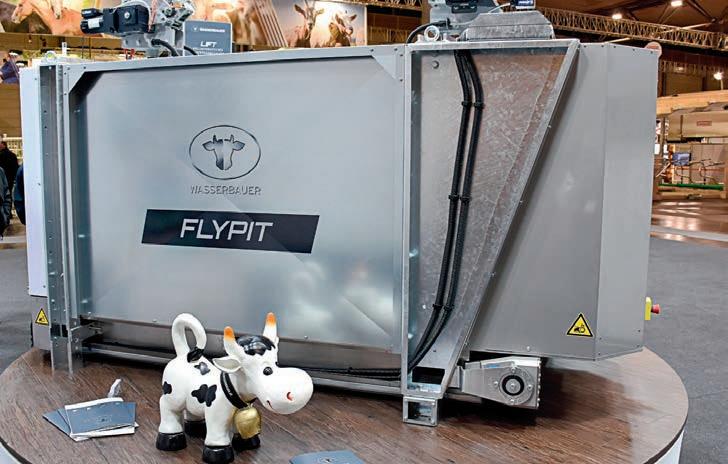
Round or square bales of straw are fed into the Flypit, and the fully automatic system does all the rest.
Straw is cut into smaller pieces by the milling system and is transported to the Flypit on a conveyor belt.
Using rails on the ceiling, the Flypit reaches every corner of the barn, where the cut straw is scattered several times per day.
Powered by electricity, the Flypit has a capacity of 2,000l and the dust is removed with a special extraction system. Dimensions are 2.6m x 1.4m x 1.7m. All functions can be controlled from a mobile phone or tablet.
Every cubicle house needs a toilet, so Dutch company Hanskamp came up with one for cows. The CowToilet collects urine directly from the source separately from faeces, to ensure nutrients from both can be used separately.

As the urine does not come into contact with the faeces, considerably less ammonia is formed, making the CowToilet a solution to reduce emissions.
The CowToilet uses a natural nerve reflex that causes the cow to urinate. This technique has been automated by Hanskamp and integrated into a specially designed CowToilet cubicle that can be placed in any dairy shed.
The urine is collected in the reservoir of the CowToilet and is then pumped out and stored separately.
Designed for feeding dairy cows or heifers, the Valmetal Supercart VA is a self-propelled unit powered by an engine.

Ranging in capacity from 0.9 cubic metres to 2.7 cubic metres, the Supercart is equipped with a 12-inch discharge auger, fitted on the right-hand side.
The operator simply stands on the cart when using it, or a seat can be attached for extra comfort.
European dairy farmers are now facing new EU regulations that mandate larger rearing spaces for calves.
Dutch company Topcalf displayed its Duo Easy Clean XXL unit that gives 4.5 square metres lying space per calf.

This calf pen is easily moved by a forklift, is made of galvanised steel,
and tilts over to allow easy cleaning.
The unit sits on four castor wheels, the front two with brakes, and has two-part front doors that enable easy entry into the calf hutch without disturbing a drinking calf.
There is a removable partition and optional extras include tiltable bucket holders with locking system.
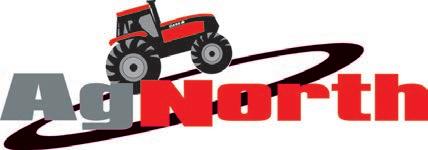




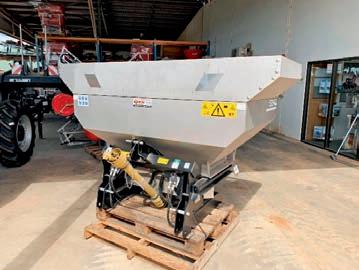





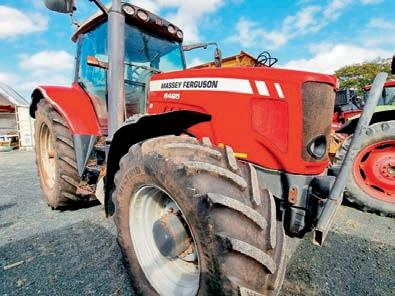

Hoof trimming is a vital management procedure for livestock farmers and Swiss company Buri had the ultimate purpose-built piece of equipment on its stand.
Its KP303 and KP304 crushes makes the job of hoof trimming an easier task for the operator as it has guides to easily fix the cow’s legs into a safe position, which are perfectly adapted to the movements of the animals.
Foldable panels on the side manoeuvre to allow easy entry and exit of the animal. Plus, it is built from strong materials and drains away water easily.
Optional extras include a mounted toolbox, a swivel arm with spotlight and holder for the angle grinder and a permanently installed wall socket.
The operator has a safe and spacious area to work in which offers a back-friendly position.
Dutch company Royal de Boer had one of many shed scraping robots on display, its units fully programmable in terms of cleaning routes, frequency of cleaning and a progress report.

Its robotic scraper comes in three versions, the base level being the Auto-Scraper.
The Auto-Scraper Pro is more
intelligent, and the Auto-Scraper Spray is equipped with a water spray system. All three units are available in operating widths of 140, 170 and 200cms.
The machine follows the sides of the barn and stops when it reaches its charging station, and the scraper robot will initiate its next lap when the next pre-programmed start time begins.
One interesting exhibit on display was the Copele mobile chicken coop, which is designed for production of eggs at home.
This unit can hold 25 birds, has four nesting boxes and only weighs 150kg – sitting on wheels that allow it to easily be moved around by the handles.

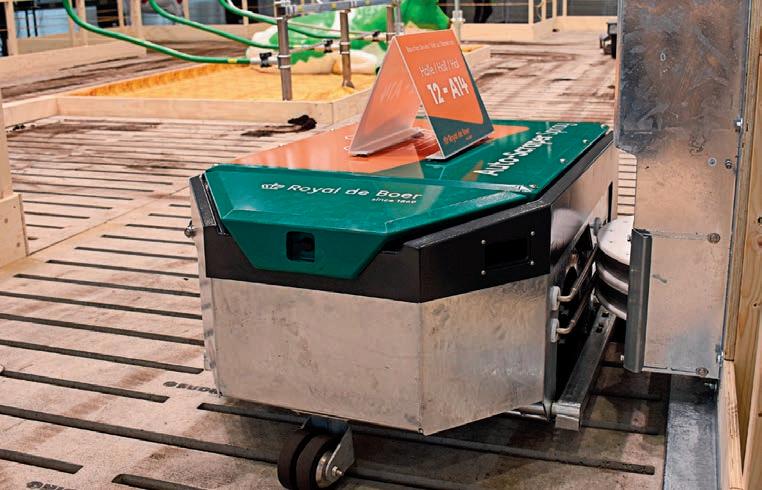
Internal dimensions are 150cm by 180cm and it comes with a water tank and a swing on the outside for the hens to relax.
Eggs are collected safely via a door on the side of the nest boxes and there is a foldable ramp for the hens to enter and exit the coop.
Greek company Sylco Hellas showed its fast exit sheep and goat milking parlour – a 16-point parlour designed for farms with over 200 animals to milk.

They can cater from 12 to 80 positions in a single or double row with capacities from 200 to 550 animals per hour.
The space for each animal is increased to 40cm, so that even larger animals are comfortable.
The feed troughs are also stainless steel and have partitions for each animal, and an all-stainless-steel model is available.
The whole front side is lifted by two special air cylinders, one on each side, and the entrance gates for the animals are also air operated.
There is also a central control box inside the milking pit, where all the controls for fast exit and entry doors are fitted.



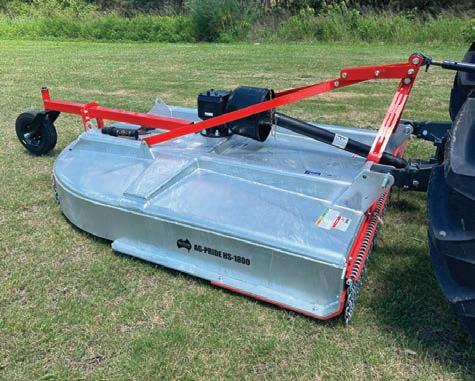

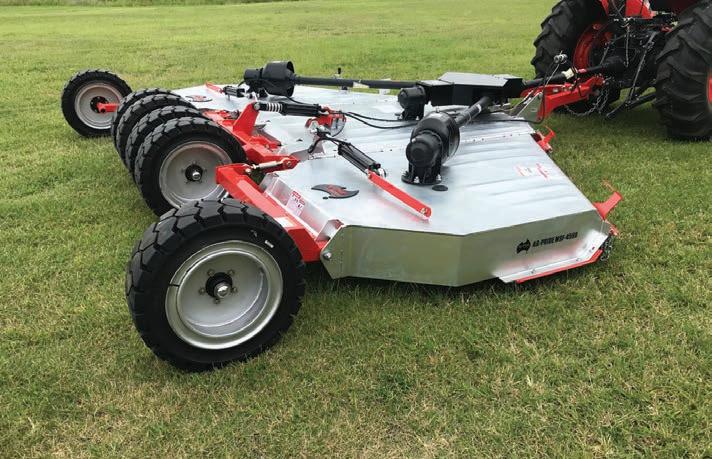
January plays host to one of the biggest and best displays of classic trucks, tractors, cars, machinery plus much more. As well as having a range of visiting clubs and displays, the event also showcases the Vintage Machinery Section’s own pavilion with more than 15 fully operational steam engines, 12 permanently installed oil engines, a 1,000-horsepower marine steam engine, a wool scouring machine and a large collection of steam models.
When: January 14-15, 2023
More info: www.classictruckandmachinery.com.au
Australia’s International Dairy Week, held in Tatura Park, Victoria, is a forum to showcase the latest developments in Australian dairy cattle, farming practices, dairy knowledge, breeding and genetics, machinery, equipment and technology, environmental management and services. Held during the third week of January each year, IDW is the place to be for all dairy farmers, breeders, producers, companies, organisations and others operating within the dairy industry.
When: January 14–19, 2023
More info: www.idwaus.com
Held at the Moruya Showground in Moruya on the south coast of NSW, the Eurobodalla Agricultural Show will focus on local produce alongside animal shows, show jumping and a vintage and veteran vehicle show.
When: January 21–22, 2023
More info: eurobodallashow.org.au
The Berry Show is an annual agricultural show held in the picturesque rural town of Berry on the NSW south coast. The show has been promoting excellence in the local community for over 130 years. Attractions include large cattle and horse shows and fantastic entertainment such as a rodeo, woodchopping, the Young Farmer Challenge, Showgirl announcement and fireworks.
When: February 3–4, 2023
More info: berryshow.org.au
The ActewAGL Royal Canberra Show, Canberra’s largest all ages event, is staged annually by the Royal National Capital Agricultural Society. While having agriculture at
its core, the Show has broadened over the years to reflect more entertainment, educational features and exhibitions, ensuring that there is a vibrant mix of ‘city meeting country’ and ‘country meeting city’.
When: February 24–26, 2023
More info: www.canberrashow.org.au
The Fodder Festival is a joint initiative between the Australian Fodder Industry Association (AFIA) and the Elmore Field Days Committee. This one-day event has machinery demonstrations, product launches and expert panel discussions.
When: March 2023 (TBC)
More info: afia.org.au/events/#fodder-festival
Wimmera Machinery Field Days is hosted at the purposebuilt Wimmera Events Centre at Longerenong near Horsham in western Victoria and has grown into one of Australia’s largest agricultural and agribusiness trade shows.

When: March 7–9, 2023
More info: wimmerafielddays.com.au
Experience King Island’s major annual event, the King Island Agricultural, Horticultural & Pastoral Society Show. Visit the pavilion for the arts and crafts display and wool judging, tasty food is for sale (the donuts are a must!). There is cattle judging, horse riding displays, pet competitions and so much more.
When: March 7, 2023
More info: kingislandshow37374937.wordpress.com
Over two days, the community comes together to showcase the diversity of agricultural life in WA and how ‘ordinary things can be done extraordinarily well’. It is a fantastic day out for the whole family with lots to see and do, including prestigious livestock, art, photography, craft, home industries, fashion, rides and entertainment for all ages, plus a spectacular Rodeo on Saturday night.
When: March 10–11, 2023
More info: www.woolorama.com.au




Like the view from the top of your farm over the surrounding countryside?
Then let’s hope you are not near the coast or near major power lines in a windy area! In Western Australia, the State and Federal governments and their consultants are currently quietly poring over maps looking for land that will be tomorrow’s wind farms.
With the planned closure of Western Australia’s two state-owned coal fired power stations by 2030, the WA Government has put aside $3.8 billion to build 800MW of new wind generation and 1,100 MW of battery storage as a replacement for the loss of 1,100MW of reliable coal produced energy.
What I want to talk about is the impact of the replacement windfarms on the state – specifically on the households that must look at them.
While the Premier was keen for all the positive accolades from his move to shut the two power stations, he did not dwell on where the replacement wind farms would be situated.
The deafening silence makes me suspicious. Politically, the government knows that everyone is looking forward to the reduction of their power bills that have been promised by the federal government from all the free sun and wind we are about to tap. But no one is expecting to have to share their landscape with a 200m tall tower or watch the glare of a hill covered in hundreds of hectares of solar panels.
I suspect this is because the government knows there is likely to be howls of outrage from those who get to share their space with these industrial eyesores.
This begs the question: how important is the image of the great Australian outdoors to us, as a people, if we think the pursuit of expensive free wind power merits the spoiling of it all by the construction of massive wind turbines?
Do neighbouring farmers get a say? Answer: No.
Just like you don’t get a say over the location of the Power poles, you can’t say no to a wind farm.
The only restriction is the setbacks. Once they are set back enough to hopefully avoid the noise then they become your new neighbours.
In WA the set back distance is 1.5km but the push is to drop it to 1km. Victoria has just dropped its distance from 2km to 1km.
At 1.5km between towers the coverage can be enormous. The Collgar wind farm 25km southeast of Merredin has 111 towers covering a land envelope of 18,000 ha; generating 222MW (when the wind is blowing). The visual impact is far larger.
The challenge for wind farm developers is to find
Exactly where the wind farms that are going to replace coal-fired power stations in WA are going to be built remains a mystery.
sufficient space between farmhouses and remain close to a heavy-duty power line.
The latest plan is for one 35km northeast of Hyden, generating 150MW of energy and connecting to the grid via the 132 kV Kondinin to Bounty Line – and that follows the opening last year of the 51 turbine Yandin Wind Farm outside Dandaragan.

Farmers in windy areas are being doorknocked by people with white shoes, sign here and we will give you enough to cover the annual repayment on a new Ute or two for 10 square metres of your land. This might be good for them but not so good for the neighbours.

The world’s biggest tower at 7MW cost upward of $10 m each would command a fee of up to $50,000 a year but most in the 1MW- 2MW towers paying around $6000 -10,000pa.
Good for the long skinny farm sitting on top of the escarpment running Perth to Geraldton, not so good for the neighbours who don’t have a turbine paying the school feeds for the kids and grandkids.
One hopes that some form of bond scheme is in place for pulling them down, when we get sick of the rising power bills that come with free wind energy and get smart and build a nuclear power station.
In the meantime, I think we are set to have between 140 mega 200m towers or – if they go for the more common smaller ones – 400 to cover the replacement of the two coal fired power stations (plus the gas and battery backups. This means Western Australia’s beautiful landscape is going to be a lot less appealing to locals and internationals alike in the future.



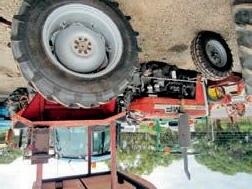
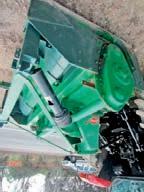



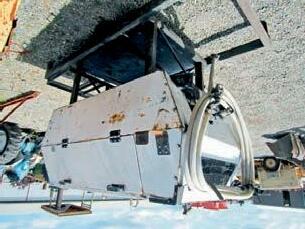

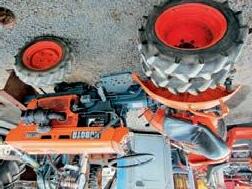


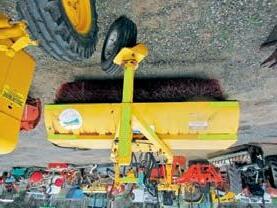


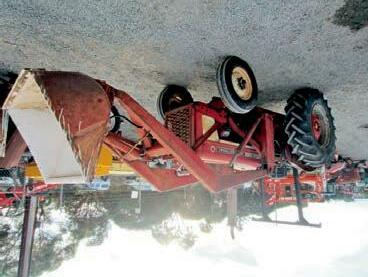




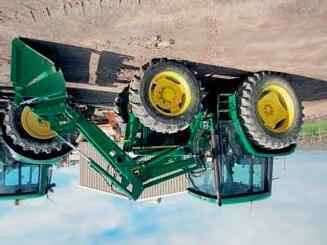




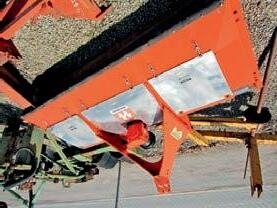

Challenges with accumulating large bales are a thing of the past when using Arcusin’s ForStack.
The Spanish manufacturer has been distributing its bale handling equipment in Australia for more than 20 years and recently established a local dealer network.
Arcusin’s Queensland dealer is QMAC Machinery, based in Tolga in the state’s north.
Representative Cameron Hutchesson says the ForStack makes life easier for farmers.
“This Arcusin ForStack has the ability to carry up to four big square bales to a headland or leave up to five big square bales stacked in a paddock,” Hutchesson says.


“These are ready to be picked up with a telehandler and loaded straight onto a truck in a paddock.
“One of the advantages is the machine travels the same way as the baler when picking up the bales, which is usually a lot smoother for the operator and machines.”
One of the standout features of the ForStack is the perfect alignment of bales it produces.
This makes it easier for final loading on to a truck, while also working quicker and more efficiently than accumulating bales using a loader or telehandler, Hutchesson says.
Another benefit is its small overall dimensions and right-handed swinging drawbar, which helps to line the bales up easily and make it ideal to reach any working area.
All movements can be controlled from the programmable display in the tractor cabin, which Hutchesson says also makes life easier for farmers.
“All our machines operate fully automatically and have their own hydraulic system on board,” he says.
“With an Arcusin bale handler, you can improve the efficiency of production by reducing handling costs in the field.”
As the ForStack is an independent machine with
its own hydraulic system, an 80hp tractor is enough to work in tandem with it.
While this opens up its appeal to farmers with smaller tractors, Arcusin does recommend using a 120hp tractor with continuously variable transmission to ensure maximum performance of the ForStack.
The machine has also been designed for different bale sizes as two models are available depending on the required bale width.
Low maintenance costs and use of standard spare parts also ensures the ForStack will be easy to continually use.
Crucially, stock is available in Australia ready for sale through QMAC Machinery in Queensland.
For more information about the ForStack and other Arcusin bale handling products, visit www.qmac.com.au/arcusin-bale-handling or contact Cameron Hutchesson on 0417 608 173





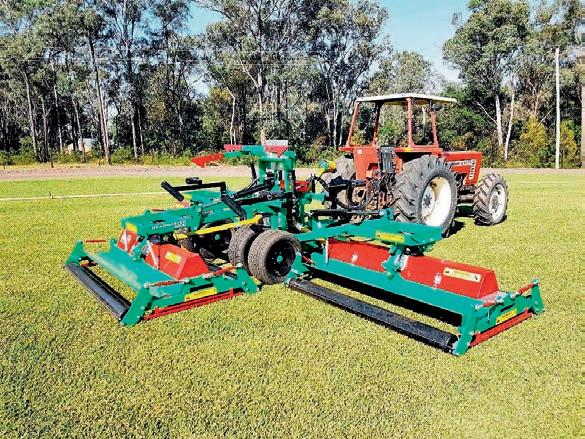

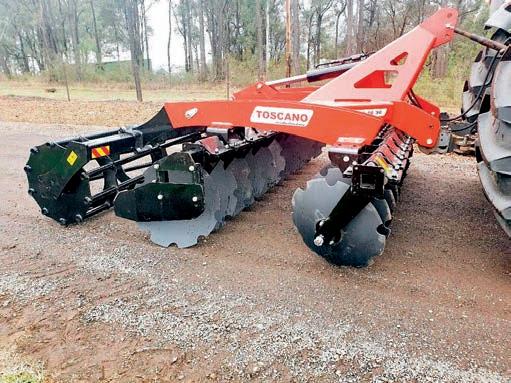



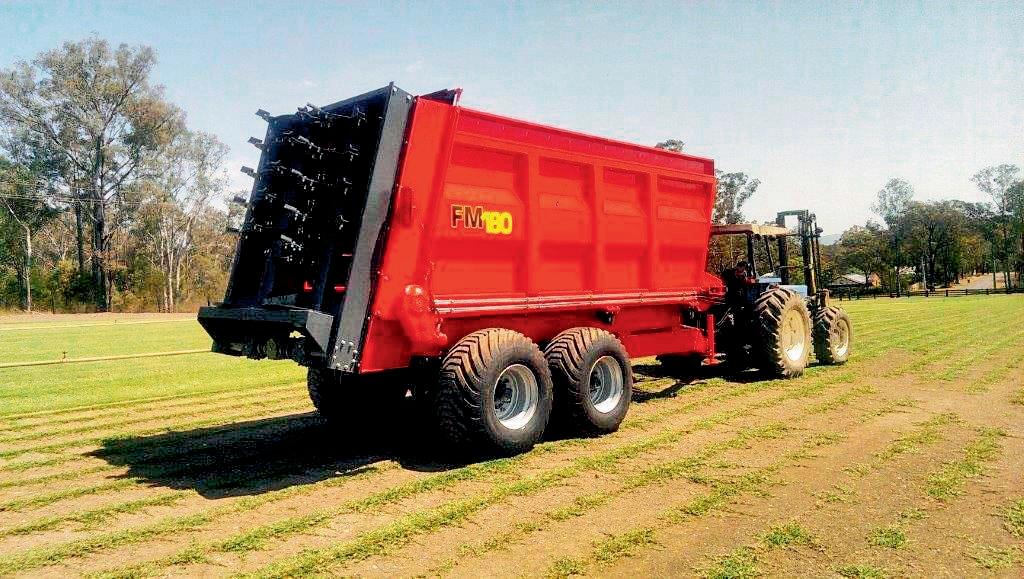
Combining more than 50 years of manufacturing experience with a desire to innovate and a commitment to research and development is a concise summary of Maxxis’ tyres evolution.
The Taiwanese company has research and development facilities in three different continents, which helps Australian farmers know the tyres they put on their valuable machinery have been put through their paces.
Furthermore, the development of Maxxis’ newest tyre – the Razr – included testing in Australia, from as far afield as north Queensland to Victoria and South Australia, to ensure it is suitable for the rigours of Australian conditions.
The Razr tyre comes in two models - the all-terrain AT811 and the mud terrain MT772 – which are designed for 4WDs and utes.
Maxxis’ Australian representative Jeff Moorhead says the all-terrain tyre is the company’s best seller and he believes its versatility makes it ideal for farmers needing tyres for their vehicles.

“From the farming perspective, it’s probably the ideal tyre, given that farmers can be one minute going down the highway at 100km/h, and then they’re off to a gravel road and then maybe ending that trip in a paddock somewhere,” he says.
“It offers a huge array of performance characteristics and it’s quite strong.
“It’s not too noisy, it rides well for the sort of tyre it is, and it matches well with the current array of 4x4 utes out there due to the configuration of the tyre.
“It’s a really strong, genuine all terrain tyre. It has really good on-road credentials, good on-road handling and safety, but also still performing quite well off-road in gravel and mud.”
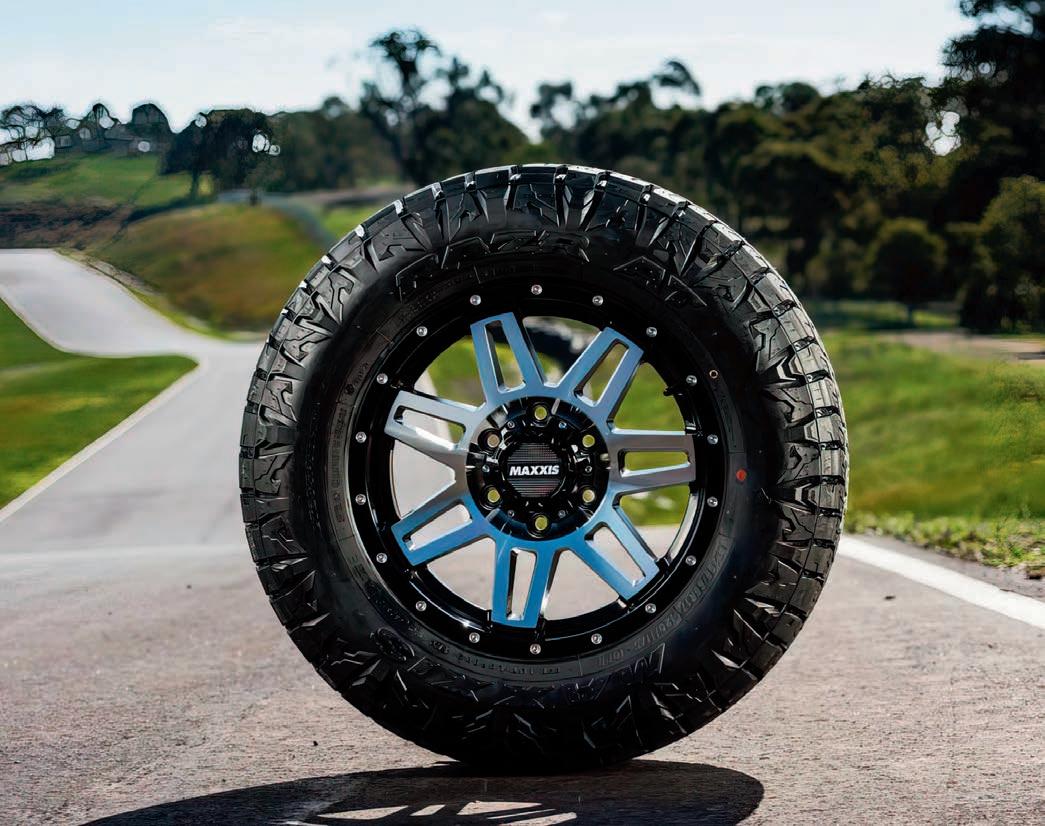
Maxxis was founded in 1967 in Taiwan as a bicycle tyre manufacturer, which Moorhead says is a segment the company is still strong in.
“They make tyres now in most product categories - in two-wheel like bicycle and motorcycle, all of the four-wheel segments like cars, vans and 4WDs, trucks and some agricultural applications, right up to small earthmover tyres.
“They manufacture across three different countries and the key part of it is their commitment to
research and development, which sets them apart from a lot of the other manufacturers in the Asia Pacific region.”
Within Australia, Maxxis has around 20 years of history and has been growing strongly since the launches of the MT772 in 2019 and AT811 in 2020.
“While we have the full range of product in the market, the biggest thing we’ve got at the moment is in the 4WD segment,” Moorhead says.
“We’ve put a huge amount of effort into that over the past four or five years.
“The major thing with Maxxis is the notion of Tier 1 performance at a slightly reduced price. It’s a value for money equation.”
Maxxis has research and development centres in
Taiwan, mainland China, Germany and the United States.
Moorhead says the Shanghai factory’s proving ground has everything required to conduct testing, while making good use of a compact space.
“What Maxxis have managed to do is to fit every one of the major things that you need to do for tyre and suspension proving ground activity in a small space,” he says.
“These is all sorts of specialist testing to do with varying surfaces and wet test tracks and dry test tracks, noise and ride handling specialty.
“Maxxis are the 10th biggest manufacturer by volume globally and their commitment to research and development really sets them apart for where they sit in the global rankings are.”
This commitment to research has led to the AT811 being developed with a different tread pattern, which aims to avoid the “design conflicts” of simultaneously finding good gravel traction and braking, strong wet bitumen functionality, minimal noise and good tread wear.
The AT811 has a light truck construction, Moorhead says, which uses heavier gauge materials to increase its robustness.
Its three-ply sidewall gives an extra layer of protection against puncturing, he adds, which is particularly important in off-road use.
“From a farming perspective, it carries all the necessary attributes,” Moorhead says.
“There’s been a lot of work done to develop the tyre. It has a lot of the features for durability and longevity, but also a wide range of operating conditions that it can cope with.
“For a commercial use like farming, it’s a very good performer.”
Maxxis’ AT811 is also available in a range of rim sizes from 15 inches (38cm) up to 22 inches (56cm).
For more information about Maxxis Tyres, visit www.maxxistyres.com.au
585, 595, 685, 695, 800, 830, 832, 870 2WD, 885, 895, 900, 930, 932, 956, 970, 1030, 1032, 1070, 1194, 1270, 1370, 1390, 1394, 1594, 1690, 2090, 2094, 2096, 2290, 2290, 2294, 2390, 2394, 2470, 2590, 2594, 2670, 2870, 3394, 3594, 4230, 4496, 4694, 4994, 7110, 7210, CVX 170, CX60, MAGNUM 275, MAGNUM 290, MAGNUM 305, MX80C, MX255, MX285, PUMA, STX 375 QUADTRACK, STX425, STX440 QUADTRACK, STX450, STX485, STX500


1896, 4690, 4890, 4894, 5120, 5130, 5140, 5150, 7120, 7130, 7140, 7150, 7220, 7230, 7240, 7250, 8910, 8920, 8930, 8940, 8950, 9130, 9150, 9170, 9180, 9250, 9260, 9280, 9350, 9370 QUADTRACK, 9380 QUADTRACK, 9390, MX90, MX130, MX135, MX150, MX230, MX240, MX200, MX220, MXM175, MX270, MXM190, STX375, STX440, STX480
CHALLENGER SERIES – 35, 45, 55, 65, 65C, 75, 75C, 75E, 85C, 85D, 95E, 65E TRACK MACHINE, MT765D, MT765C, MT865C



3000, 3610, 4000, 4600, 4610, 5000, 5610, 5640, 6000, 6600, 6610, 6700, 6810, 7000, 7600, 7700, 7710, 7840, 8000, 8210, 8230, 8340, 8401, 8600, 8700, 9000, 9600, 9700,, TW5, TW10, TW15, TW20, TW25, TW30
385, 414, 434, 444, 484, 514, 554, 564, 574, 585, 624, 660, 674, 686, 696, 706, 756,766, 786, 856, 866, 885, 886, 956, 976, 986, 1056, 1066, 1086, 1256, 1466, 1468, 1486, 1566, 1568, 1586, 3288, 3388, 3588, 3688, 3788, 4166, 4186, 4366, 4386, 4568, 4586, 4786, 5088, 5288, 5488, 6388, 6588, 6788, 844S, AW6, AW7, AWD6, AWD7, B250, B275, W6, W7,
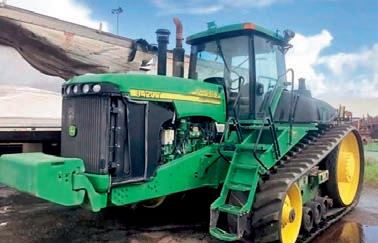

950, 1050, 1130, 1140, 1640, 1750, 2010, 2020, 2030, 2040, 2120, 2130, 2140, 2250, 2450, 2650, 2850, 3010, 3020, 3120, 3130, 3140, 3350, 3640, 3650, 4010, 4020, 4030, 4040, 4050, 4055, 4230, 4240, 4250, 4255, 4430, 4440, 4450, 4455, 4555, 4560, 4620, 4630, 4640, 4650, 4755, 4760, 4840, 4850, 4955, 4960, 5010, 5020, 5310, 5515, 5300, 6030, 6110, 6170R, 6200, 6220, 6300, 6310, 6320, 6330, 6400, 6410, 6620, 6630 Premium, 6810, 6820, 7210, 7330, 7510, 7520, 7600, 7610, 7700, 7800, 7810, 7920, 7930, 8100, 8200, 8285R, 8300, 8310, 8330, 8345RT, 8360RT, 8370RT, 8400, 8400 TRACK, 8410, 8430, 8440, 8450, 8520, 8520T, 8530, 8630, 8640, 8650, 8760, 8770, 8850, 8960, 8970, 9400, 9410R, 9420T, 9430T
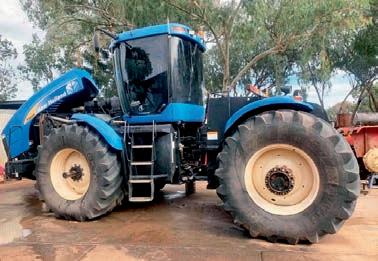
7840, 8430, 8560, 8870, 8970, 9482, 9682, 9860, 9880, 9882, 9482, 9484, G210, G240, L85, L95, T6020, T7030, TG230, TG235, TG255, TG285, TJ375, TJ425, TJ450, TL70, TL90, TM125, TM135, TM195, TN55D, TN95F, TS100, TS100A, TS110A, TS125A, T9060

KP525, KP 1350, KP1325, KP1400, BEARCAT 3 & 4, COUGAR 2 & 4 CM250, PANTHER 2, PANTHER 3 ST310 & ST325, PANTHER 4 CM325, TIGER ST470,
500, 700, 800, 835, 836, 855, 875, 895, 900, 935, 945, 946, 950, 956, 975, 976, 1150, 1156
Western Australian farmers will be at the cutting edge of science thanks to a new $320 million biosecurity and research facility, the state’s premier Mark McGowan has declared.

The WA government announced the new Department of Primary Industries and Regional Development (DPIRD) facility will be built at Murdoch University’s Perth campus.

It will span across more than 11 hectares of an existing agricultural precinct at the campus’ south-eastern corner and will be home to about 350 staff once it opens in 2027.
The government says the facility will include: - Cutting-edge specialist laboratories and technical workspaces to support biosecurity, market access and primary industries research and development;
- A n incident and emergency management operational centre;
- A glasshouse complex with glasshouses, shade houses and associated facilities; and
- F ield plots for on-site research.
McGowan says the facility is a major investment which will help agriculture in WA long into the future.
“This is a once-in-a-generation investment which will serve Western Australia and our primary industries for many decades to come,” he says.
“This will be a modern facility delivering worldclass science, which will strengthen our biosecurity capability and access to valuable export markets into the future.
“It will help to keep WA’s farmers at the cutting edge of science, backing their important contribution to our state.”
The new facility will replace DPIRD’s existing building in South Perth, which the government says has outdated and interim laboratory facilities dating back to the 1950s.
It is planned that key strategic partners such as the Australian Export Grains Innovation Centre and InterGrain will be accommodated in Murdoch.
The Australian Export Grains Innovation Centre is co-located at the existing DPIRD site, along with the Grains Industry Association of Western Australia (GIWA).
GIWA executive officer Peter Nash has welcomed the new facility, believing the grain sector will be one of the state’s many primary industries to benefit.
“This investment highlights the importance of agriculture in our state and is something for which
GIWA has been strongly advocating for a number of years,” he says.
“It is encouraging to see the state government commit to supporting our industry, enabling it to continue significant research and development work well into the future.
“The benefits of this will extend beyond just farmers to all sectors of the agriculture and food value chains, and ultimately to all Western Australians via the contribution this industry makes to the state’s GDP.”
Murdoch University vice chancellor Andrew Deeks says the university’s contribution will be about more than just supplying land, hoping it will continue Murdoch’s history of teaching and research in environmental sustainability.
He says the move will result in enhanced collaboration between all WA universities involved in agricultural research, sharing of data and new opportunities for students to engage in industry research supervision and internships.
“This decision is not just about new buildings and relocating government scientific staff,” he says.
“It’s an opportunity to work together as a research community, where we are more likely to succeed in solving some of the huge challenges we face in providing sustainably produced food for a growing global population.
“This is good news for our farmers, good for our environment, and good for our state.”
He also says scientists at Murdoch’s Food
Futures Institute will welcome the opportunity to further strength ties with DPIRD through more research collaborations.
Existing examples of these collaborations include Western Crop Genetics Alliance – which is an arrangement between Murdoch and DPIRD with jointly appointed staff - and the Western Australian Agricultural Research Collaboration, which includes all WA universities and DPIRD.
WA agriculture and food minister Alannah MacTiernan says the announcement is the culmination of six years’ work to build the state’s capabilities in both biosecurity and research and development, and protect an industry worth about $12 billion to the state’s economy.
“Research and development has been critical to supporting our farmers to increase profitability with ongoing climate challenges,” she says.
“As we become more integrated globally, we see biosecurity risks increasing exponentially. We must have the best tools to protect our industry.
“This is a long-awaited move which will deliver long-lasting benefits for the state’s agrifood industries across biosecurity, research and development.”
Site works are expected to start in 2024 ahead of the facility’s opening in 2027.
NTC
N

N14 525HP Celect Plus Rebuilt $27,500


N14 Celect Ex Fire Truck $13,750
N14 Celect Plus Low Miles $16,500
NH250 Ex Us Army as New $9,350
L10 330HP rebuild $CALL
M11 Low miles from $11,000
M11 Mechanical Industrial $CALL
ISM 11 Low km from $12,100
ISM 420hp low kms $14,850
6CT 210hp 800hrs $14,300
6CTA 250hp $11,000
6CTAA 275hp - Low Kms $11,000
6CTAA 300hp $13,750
6CTAA 300 Rebuilt $CALL
6BT 160hp various specs $8,800
6BT New 160hp construction $15,950
6BTA 180 hp $9,350
6BTAA 210hp -Low kms $10,450
ISB 5.9 Industrial $9,350
ISB 5.9 24 Valve VP44 $8,250
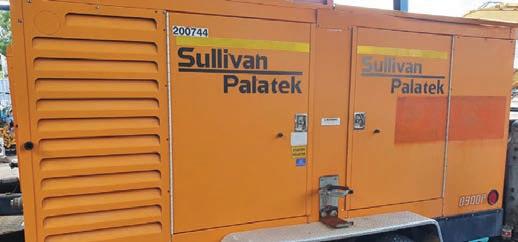
ISC Low Klms from $14,850
ISC Rebuilt $CALL
ISL Good Tested From $15,950
ISL 400hp Rebuilt $CALL

ISX 500hp Rebuilt $CALL QSM11 Rebuilt
DSC/DS9 Various $CALL
DC9 5cyl Low Kms $19,800
DS11 360 & 380hp $13,750 DSC12 420hp Electronic Low Ks $CALL DT12 470hp & 480 EGR $CALL DS14 4 Series $CALL DS16.0 580hp Low Kms $22,000
from $18,150
OM364A $6,050 OM407 Bus Specs $3,850 OM422 V8 250hp $9,350 OM447 Bus $11,000 OM447 Turbo $13,750 M904LA Bus $CALL OM902LA adblue $14,000 OM906LA From $11,000
From $13,750 OM457 Bus $17,050
Freightliner from $13,750
6 V. Low Km from $11,000
Additional investment is needed to allow Australian agriculture to fully reach its potential, ANZ says.
Australia’s agricultural sector will require investment of up to $417 billion by 2030 to achieve its full potential, according to a new report released by ANZ
Released a decade after its first Greener Pastures report, ANZ’s Greener Pastures 2: Critical Pathways to Capture Global Agricultural Opportunities report says Australian agriculture is in the strongest and most competitive position it has enjoyed in recent history.
Reflecting on the predictions made in the first report for Australian agriculture throughout the 2010s and highlighting lessons to be learned from this period, Greener Pastures 2 also promotes five themes to build on recent momentum.
“The industry is in a robust position because of a combination of factors,” ANZ executive director for agricultural insights and the report’s lead author Michael Whitehead says.
“Extended high prices for most commodities and good production seasons, combined with the evolution of the overall sector, has meant Australian agriculture has reached greater structural efficiency, resilience and innovation.
“The resurgence of the family farm is also a major driver of industry growth, as leading farms become multi-generational, more innovative and grow through consolidation.”
ANZ says this strength comes from advances in agtech, more sophisticated farm operating structures, more employment opportunities in regional centres and higher commodity prices.
Along with a global surge in demand for meat and specifically China’s growth in demand for beef, it’s this strength that contributes to Australia’s gross value of production outstripping predictions – with an average growth rate of 3.2 per cent,
The report says that Australian agricultural producers need to continue to develop and refine their product offerings, to ensure that they continue to stand out from major global competitors.
Greener Pastures 2 identifies five areas that will require major focus into the future: improving capital flows; embracing agri technology; fully utilising sustainability; improving trade relationships; and boosting advocacy and industry cohesion.
It sees a strong future for Australian agri exports, forecasting a cumulative gain to 2030 of between $82 billion to $153 billion – however investment in the sector is required.

“ANZ estimates Australia will require around $240 billion investment to meet current forecast agricultural growth,” Whitehead says.
“If Australian agri is to reach the optimistic benchmark of $100 billion of production by 2030, as targeted by some in the industry, then we estimate around $471 billion investment will be required.
“This is not out of reach. The sector achieved $212 billion investment in the 2010s, exceeding ANZ’s 2012 prediction of $151 billion.”
Eleven universities have joined forces to create the Biodiversity Council, which aims to address ongoing declines in Australian plants, animals and ecosystems.
The council’s aim will be to increase recognition of this “existential challenge” while advocating for solutions which they say will halt the declines.
University of Melbourne will initially host the Biodiversity Council, which has been established through grants from several philanthropists including the Ian Potter Foundation.
Experts from Australian National University, Charles Darwin University, Deakin University, Macquarie University, Monash University, University of Adelaide, University of Canberra, University of Melbourne, University of Sydney, University of Queensland and University of Western Australia will be involved with the council.
Incoming council executive director Ilsa Colson says addressing biodiversity loss is crucial to Australia’s future.
“Biodiversity loss and climate change are the two existential challenges of our time, yet biodiversity loss receives much less attention than the climate crisis. The council will seek to change this,” she says.
Indigenous knowledge holders will feature prominently in the council, which inaugural chief councillor Dr Jack Pascoe believes will be important.
The Biodiversity Council aims to ensure Australian ecosystems have a healthy future

“The recently-released State of the Environment report underscores a growing recognition that Australia’s biodiversity is declining dangerously fast, with significant implications for our economy, food systems, health, wellbeing and culture,” he says.
“It also highlights the importance of Indigenous knowledge in addressing these challenges. “The Biodiversity Council will provide a platform to ensure First Nations voices are heard in advocating for healthy country.”
Environment and water minister Tanya Plibersek officially launched the Biodiversity Council at University of Melbourne earlier this month and believes it will play an important role in future research.
“Australia is one of the world’s 17 ‘megadiverse’ countries,” she says.
“We’re determined to stay that way and protect our unique plants and animals.
“One of my first decisions as minister was to declare a goal of zero extinctions, but to achieve that government needs to work hand in hand with scientists, advocates, First Nations and the community.”
All the council’s work is funded by private donation, which can be made through the University of Melbourne.
Private donors and leading universities have combined to form a new Biodiversity Council
ENVIRONMENT







The US – the world’s second-largest importer of beef after China – is likely to be looking for even more beef from global markets over the next three years, as its own domestic production declines, Rabobank says in its Q4 Global Beef Quarterly report.
However, production constraints in beef-producing nations around the world, including Australia, means that international markets will struggle to meet the gap left by the US beef market’s contraction.
This could potentially lead to an increase in global beef prices and the redistribution of trade volumes, although the impact of slowing economic conditions and waning consumer confidence around the world may also soften global demand, it notes.
Rabobank says that while the reduction in the size of the US cattle herd is nothing new – with numbers declining rather than building in recent years – it has, to date, not impacted the amount of domestically-produced beef reaching US consumers.
But that is expected to change soon, with the bank forecasting the tipping point to be reached in 2023, when US beef production should fall by three per cent, with annual declines of two to five per cent possible into 2026.
“On average, that is the potential loss of 400,000 to 500,000 metric tonnes of beef from the US production system per year during this period,” the report says.

Behind this decline – says the report lead author, Rabobank senior animal protein analyst Angus Gidley-Baird – is a natural cyclical reduction in cow numbers after the US herd peaked in 2019, compounded by the impacts of recent drought conditions and high feed costs.
Gidley-Baird says previous periods of decline in US beef production suggest the country’s retailers and restaurants will look to the global market to fill this void and US consumers will likely outbid the rest of the world to secure supplies.
The question is which beef-exporting nations will fill this gap, he says.
“While neighbours Mexico and Canada – the two largest suppliers of beef to the US – are likely to take up some slack, Canada is going through its own
cattle herd liquidation phase and is likely limited in what it can supply,” he says.
“Australia and New Zealand, the third and fourth largest US suppliers, are the logical next options. But Australia’s recovery from its own beef cattle liquidation phase is being drawn out with some questions as to whether it will have the cattle available to produce the same volumes it has done in the past.”
Gidley-Baird says New Zealand beef production was also expected to be limited – forecast to decline four per cent between 2023 and 2025 – while Europe, not a big supplier of beef to the US anyway, was set to continue to record a structural decline in production over that period.
“This leaves South America, which has volume, but lacks the trade access needed to fill the sizeable gap in US production,” he says.
“Brazil’s production is forecast to grow over
US beef imports are expected to increase next year as domestic production decreases
the coming years, but we expect production in Argentina to decline then plateau. In combination, these two major South American exporters will not increase production enough to offset the drop in the US, even if trade arrangements are changed to increase exportable volumes from South America.”
The report says the net result was that Rabobank expects the decline in US beef production will not be met by production growth in major exporting countries.
“And this is even without consideration of any other increases in global beef demand over the same period,” the bank adds.
For Australia, favourable seasonal conditions continue to support producer demand and, in turn, cattle prices, despite softening at the retail end of the supply chain.
Gidley-Baird says local beef prices are expected to hold toward the end of the year, with a likely dip in the new year as cattle volumes increase and summer pasture growth starts to dry off.
Labour constraints and tight margins are leading to a reduction in slaughter numbers in the Australian beef market.
“Volumes dropped below 2021 volumes through September and October as labour continues to be a problem, but, more recently, poor margins have led to some plants scaling back volumes,” the report says.
Gidley-Baird says that while the bank believes the Australian cattle herd is growing, it is possibly not doing so at the rates we have seen in the past.
“We think producers are taking advantage of good feed availability and high cattle prices to trade cattle rather than build breeding numbers,” he says.

“As a result, we haven’t seen cattle prices ease and slaughter numbers lift, despite more than two-and-ahalf years of good seasonal conditions – particularly in the south east.”
However, Rabobank believes cattle numbers will increase through 2023.
“The challenge now is that cattle prices will need to drop further than previously to generate viable processor margins given the rising costs and softer consumer markets,” Gidley-Baird says.





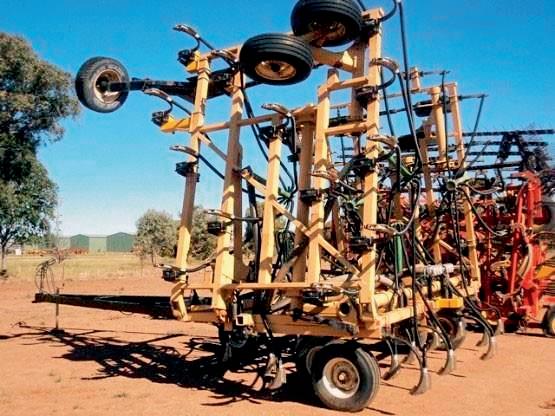
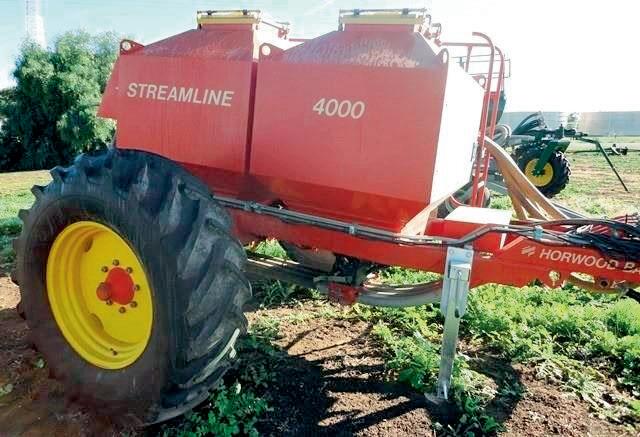


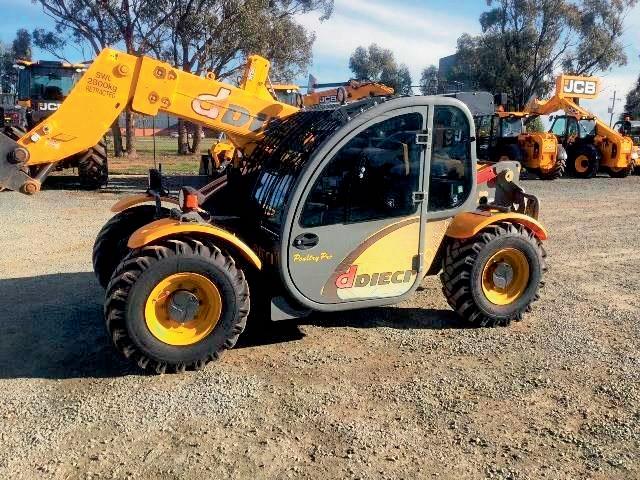
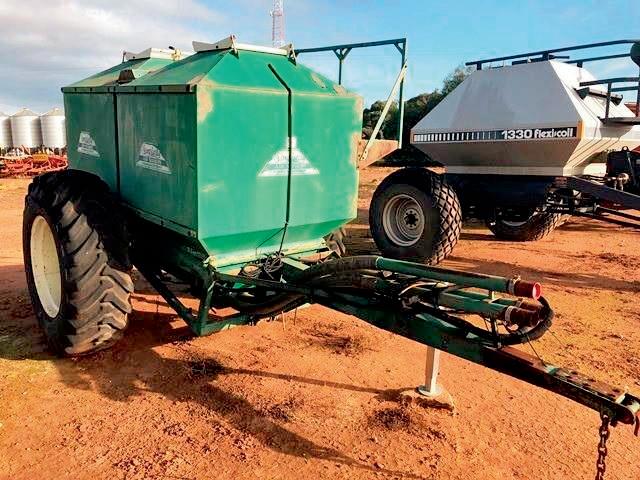
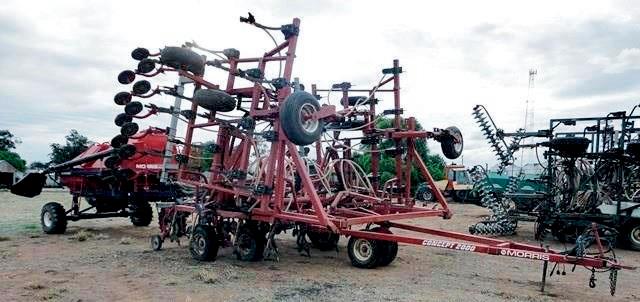

After a three-year absence due to the COVID-19 pandemic, Rabobank’s annual leadership awards are returning – with new recognition for community work
Individuals and now organisations making a difference in agribusiness can be nominated for Rabobank’s Leadership Awards.
The two traditional honours will continue, one of which is the main leadership award which honours an accomplished senior agribusiness sector leader.
The other – Rabobank’s Emerging Leader award –recognises an upcoming agriculture industry talent.
For the first time in more than 20 years, an outstanding rural community initiative can also be nominated for Rabobank’s Community Leadership Award.
Rabobank’s awards select the best across Australia and New Zealand, however the community leadership award will be awarded separately in both countries.
Winners will receive a $25,000 grant to help strengthen the initiative’s impact.
“The Rabobank Community Leadership Awards will go to an outstanding initiative in each country which provides tangible, meaningful benefit to the rural community,” Rabobank Australia CEO Peter Knoblanche says.
“This new award category aims to highlight community initiatives that align with one or more of the key themes at the centre of work being undertaken by the Rabo Client Councils and the Rabo Community Fund.
“These themes include long-term industry capacity and agricultural education, environmental sustainability, the rural/urban divide, rural health and adaptation/disruption in the rural sector.”
Knoblanche says he is excited to have the whole awards ceremony return, which has not run since 2019 due to the COVID-19 pandemic.
Both of the 2019 award winners were from New Zealand. Volker Kuntzsch, CEO of New Zealand's largest seafood company Sanford, won the main award while director of Grassmere Dairy Mat Hocken was named emerging leader.

Nominations close on February 17, 2023 with the winners to be announced at an event in March.
Knoblanche urged anyone in the agricultural sector to nominate their peers and community organisations for recognition.
“The Leadership Awards are not only an opportunity to shine a light on those who already make a significant contribution to Australia and New Zealand’s food and agribusiness industries, but also to foster the next generation of industry leaders who will take the sector forward into the future,” he says.
“Our region is home to some of the most dynamic, successful and sustainable food and agribusiness organisations in the world, with huge growth opportunities – but also challenges – ahead in helping to sustainably feed and clothe the world.
“The role of strong industry leadership has never been more important in harnessing these opportunities and meeting these challenges in an increasingly complex, volatile and competitive marketplace.”
Nomination forms and full judging criteria can be found at www.rabobank.com.au/leadership
Radar imaging sensor data used from the Brisbane floods could provide the template for dealing with future disasters

Recent analysis of the satellite data used during Brisbane’s floods in February provides an example of how this information could help Australia respond to similar events in future.
University of Queensland researchers have used satellites with radar imaging sensors to provide a more regular supply of images and, crucially, these can also provide images at night or through clouds.
During the Brisbane floods, researchers combined daytime satellite photos showing the extent of flooding with imaging radar and optical nighttime data of lights associated with human activity.
“We could see which areas became dark as the flood waters encroached,” UQ researcher Noam Levin says.

“We matched this with data from river gauges operated by the Bureau of Meteorology, and with changes in electricity loads reported by Energex, the power supplier.”
Levin says it is a challenge to monitor floods in towns and cities, as flood waters often rise and then recede in a few days, which makes traditional large satellite images unviable.
“While large satellites in the past provided images every 7-14 days, now groups of small satellites can collect several images a day over the same location,” he says.
“Radar imaging sensors can provide images at night or on days with thick cloud cover – a huge advantage in stormy conditions.
“They use a flash, like on a camera, and the light is sent at wavelengths between 1mm and 1m, which can pass through clouds and smoke.”
Another of the UQ researchers involved, Stuart Phinn, says this monitoring technique could play a role in protecting Australians during future floods.
“In combination with existing flood monitoring and modelling technologies, satellites could change the way we monitor major flood events, understand how they occur, and direct emergency and other responses,” he says.
“With faster update times – at least twice a day – and more accurate and timely data, agencies monitoring the floods can assess changes and alert people in at-risk areas.
“This technique can also be used post-disaster to assess the extent of damage, direct recovery efforts and for the assessment of insurance claims.”








Soil contamination could become a thing of the past, thanks to South Australian research which says heavy pollutants can be removed in as little as two weeks.

It would be good news for more than 10 million sites worldwide which are considered soil polluted and open up opportunities for farming on land which has been unusable.
The UniSA research has developed a new soil remediation technique which uses an efficient solar evaporation surface to draw water from the soil through a sponge-like filter that traps contaminants such as heavy metals.
This mimics the process of transpiration which occurs in natural plants, but works in as little as two weeks rather than multiple growing seasons.
“Plants naturally draw mineral components out of the soil when they move water from their roots into their stems, leaves and flowers, where those mineral components are trapped,” researcher Dr Gary Owens says.
“This means plants can be used to extract contaminants from soil, but the process is very, very slow, often taking multiple growing seasons, particularly in heavily contaminated situations, where the soil toxicity means the plants struggle to grow and often die.
“We have created a system that mimics this process – a form of biomimetic plant – but one that does so at a much faster rate and without any of the problems caused by toxicity.”
The solar evaporator is a variation of technology being developed by researchers for other purposes such as desalination and wastewater purification.
Researchers say both the evaporator and contaminant-capture component are made from cheap and abundantly available materials with extremely long operational lives.
The system requires very little maintenance, with minimal setup and running costs.
Installation is “about as easy as driving some stakes into the ground”, researchers say, and does not disturb or destroy the soil composition.
Another benefit is the water which is added to the soil could be captured from the evaporator and recycled, meaning it could operate as a closed system with almost no running costs.
It is also a relatively simple process to remove the captured contaminants from the biomimetic plant body, researchers add.
“This means those materials can be harvested for reuse, and the adsorption material, which has a very high saturation point, can be reused over and over again,” Owens says.
The technique has been successfully tested on heavy metals including lead, cadmium, zinc and chromium, with researchers hopeful it will also prove viable with other major contaminants.
“This really could be a complete game changer – a paradigm shift – for soil remediation, and that could have a massive impact on millions of people around the world,” Owens says.
HARVESTING
Residue ejected from harvesters could have a positive impact on next year’s crop – but only in certain circumstances, new research finds
Finding a way to create a uniform spread of residue from harvesters will be vital to improving crops under no-till farming, a team of WA-based researchers has found.
The statement was made in a new article published in the journal Soil & Tillage Research, from a study co-funded by the Grains Research and Development Corporation and including researchers from the University of WA, CSIRO and the WA No-Tillage Farmers Association.
Conducted over six years at the Cunderdin College of Agriculture in the Western Australian Wheatbelt, the study looked at how soil chemistry, crop establishment and yield were affected by long-term uneven residue spread in cereal (wheatwheat-barley) and diverse (wheat-legume-canola) crop rotations.
Within each crop and rotation, residue management consisted of either spreading or windrow-burning and measurements were taken from three locations relative to the harvester wheel tracks: centre (between harvester wheel tracks), mid (2.25 m perpendicular) and outer (4.5 m perpendicular), representing the roughly 9 m working width of the machinery.
Researchers said that in most years, the distribution of crop residue behind the harvester was uneven, with up to twice as much residue deposited directly behind the harvester compared with mid and outer locations.

UWA Associate Professor Ken Flower says whether these differences had a positive or negative effect depended on the crop, the residue type and climate conditions.
“For example, with dry early sowing conditions, increasing amounts of residue generally had a positive effect on yield,” Flower says.
“However, with frost occurring around flowering, increasing amounts of cereal residue had a negative impact on wheat yield, whereas break crop residue did not.”
Flower says this difference was thought to be mainly related to variations in ground cover.
“Increasing the amount of break crop residue in the cropping system would likely maintain the positive effects of residue and reduce any negative impacts,” he says.
In the longer term, uneven crop residue distribution influenced soil chemical composition, producing higher levels of soil pH, organic carbon, and some nutrients directly behind the harvester.
“These problems are likely to increase as more farmers windrow and burn residues for weed control, and as harvesters become larger in controlled traffic systems, making it more difficult to spread residue across the full cutting width,” Flower says.
“Therefore, to avoid the wavy effect in crops, greater emphasis is required on uniform spreading of residue.”
Increasing amounts of crop residue in dry early sowing conditions could help boost yields

Damaged soils could become usable in quick time due to a new technique for removing heavy metal pollutantsDifferences in harvester residue spread had significant short-term and long-term impacts on crops. Image courtesy Ken Flower.

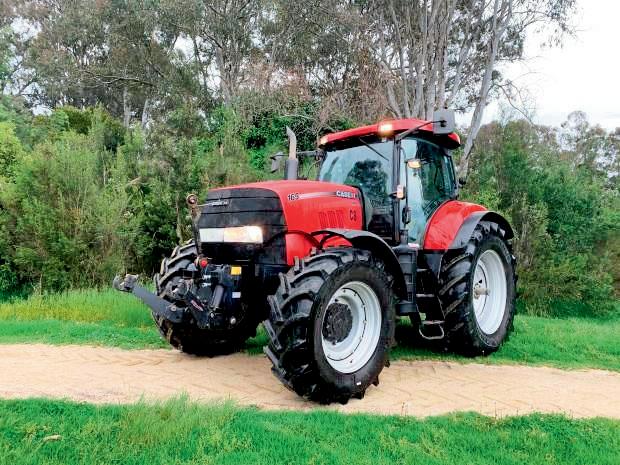

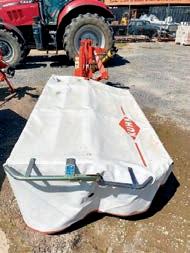





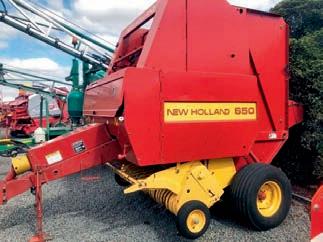

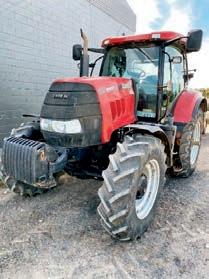




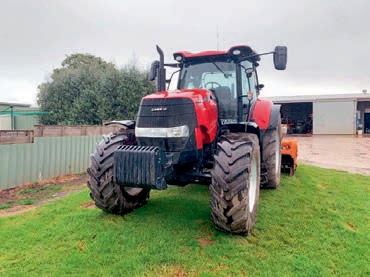



Australian fish stocks are broadly steady, ABARES reports, but fisheries will need to cut down on their catch for two species in 2023.
Overfishing is not occurring in the fish stocks managed solely or jointly by the Australian government, a new report from the Australian Bureau of Agricultural and Resource Economics and Sciences (ABARES) has found.
The ABARES Fishery status Reports 2022 shows that Commonwealth fisheries are well managed, ABARES Executive Director Jared Greenville says.
Of the 101 stocks assessed, 69 were classified as not overfished and 81 were classified as not subject to overfishing – with Greenville adding that only six stocks had changed status from last year.
“While the news overall is positive, with four of the six changed stocks improving in status, two domestic stocks have declined in status.
“Both john dory and eastern zone jackass morwong in the Southern and Eastern Scalefish and Shark Fishery are now classified as overfished, which is a measure of the size of the underlying fish stocks. The eastern zone jackass morwong is also classified as subject to overfishing, which is a reflection of the fishing mortality rate,” he says.

“The Australian Fisheries Management Authority (AFMA) has reduced total allowable catches for these stocks for the 2022–23 fishing season and has developed and agreed a network of spatial closures to prevent fishing in areas of high abundance for at-risk species. The closures will start in May 2023.”
Dr Greenville also noted that there are a number of stocks which have been classified as overfished for some time. AFMA is continuing to work with stakeholders on strategies to rebuild these stocks.
The Fishery status reports 2022 also looks at the economic performance of fisheries managed by the Australian Government.
These fisheries generated an estimated gross value of production (GVP) of $374 million in 2020–21, representing 27 per cent of the $1.39 billion GVP of Australia’s total wild-caught fisheries.
Horticulture production in Australia has risen over the past three years, despite the fall in the workforce during this time, according to the results of surveys conducted by the Australian Bureau of Agricultural and Resource Economics and Sciences.
ABARES Executive Director Jared Greenville says that while the numbers of workers fell on horticulture and dairy farms, it has risen on broadacre farms over the last few years.
“The total number of workers used by Australian horticulture farms decreased by around 20 per cent (29,300 workers) over the last three years, mainly due to a decrease in overseas working holiday makers,” Greenville says.
“When we look at changes to peak labour use, we have seen a reduction of close to 35,000 workers on horticulture farms compared to three years ago.

Greenville added that farms which employed large numbers of people not only accounted for almost the entire decrease, but also had the most difficulty recruiting – which ABARES says reflects their reliance on contract and overseas workers.
However, Greenville notes that horticulture production rose by three per cent over the same period, which he says suggests farms had found new ways to improve productivity, such as making greater use of capital equipment in the place of labour, along with increasing hours worked by employees.
“Farmers have looked to non-labour means of bringing the harvest in,” Greenville says.
“Around 40 per cent of horticulture farmers have used machinery, like fruit picking machines, to help with the harvest. Others have altered crop plantings for a longer peak harvest.”
Greenville added that labour use on Australian broadacre farms increased by more than 18,000 between 2018–19 and 2020–21, driven by improved seasonal conditions and higher production.
Labour use declined 4,000 on dairy farms over the same period to 22,000 workers in 2020-21, he added, mainly due to decreases in the number of operating farms and the number of domestic and overseas workers per farm.

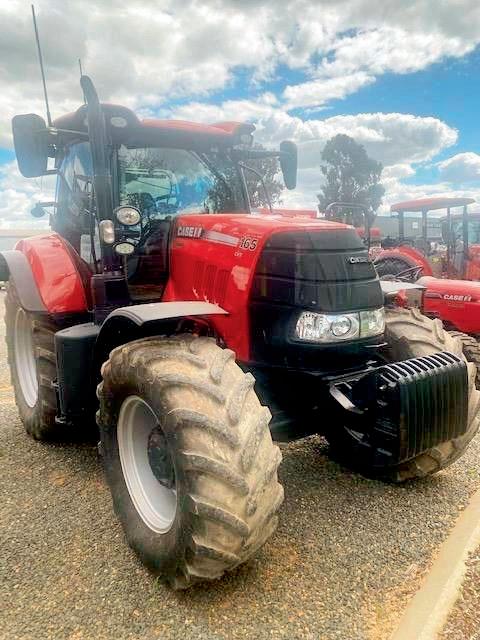








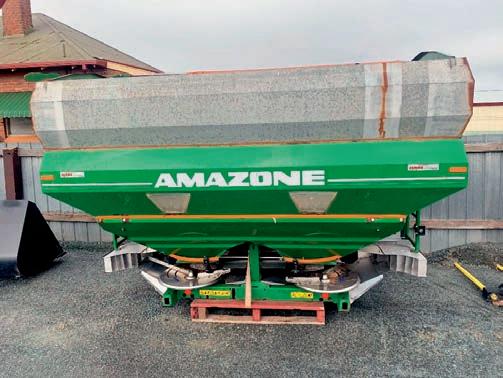

A nationwide surveillance program undertaken by the Australian Competition & Consumer Commission (ACCC) found 94 per cent of new quad bikes were compliant with the new laws, which were introduced in October 2021.
The results indicated a ten per cent increase of compliance from the first round of surveillance conducted in 2021 according to ACCC deputy chair Mick Keogh.
“It’s encouraging to see compliance with the standard has improved from 84 per cent in 2021 to 94 per cent this year. It shows that manufacturers and dealers are taking their obligations seriously and have co-operated with our investigations, taking steps to fix problems when necessary,” Keogh says.

The second round of surveillance saw the ACCC work with state and territory consumer protection and work health and safety agencies to inspect more than 440 quad bike dealers. ATV manufacturers and dealers were warned where minor non-compliance issues were found.
“Where we found non-compliance, it was largely due to quad bikes being displayed at the point of sale without age warning labels, rollover warning labels, lateral roll stability tags or owner manuals,” Keogh adds.
The new laws were implemented under the Consumer Goods (Quad Bikes) Safety Standard 2019, which come into effect on October 11, 2021.
The standard requires all new and imported second-hand quad bikes on sale in Australia to meet certain safety requirements. The legislation states machines much have a hang tag attached displaying the angle at which the model of quad bike has tipped onto two wheels when tested for stability.
Quad bikes must have a rollover warning label, a owners’ manual which includes safety information


for rollovers and a compliant spark arrestor fitted.
All new and second-hand imported quad bikes offered for sale must also be fitted with an operator protection device or have one integrated into its design and meet the minimum stability requirements
All new quad bikes sold in Australia must come with an operator protection device such as this one.
for both lateral roll stability and front and reach pitch stability.
Since 2011, there have been 180 deaths associated with quad bikes in Australia. It is among the leading cause of deaths on Australian farms today.
However, the number of fatalities has reduced significantly since 2020 where there were 24 lives lost, 11 in 2021, and nine so far in 2022.
“We don’t want to see anyone hurt or killed while riding a quad bike, so we are urging Australians to heed the safety advice and take extra care in areas that have been impacted by recent heavy rain and flooding,” Keogh says.
“Sadly, we see more quad bike accidents happen during the summer holiday period so now is the time to make sure your quad bike is safe, including by fitting operator protection devices.”







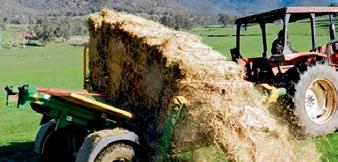


Tasmanian farmer Simon Burgess has claimed the overall ‘supreme award’ at the 2022 Zimmatic Trailblazer Sustainable Irrigation awards.

Burgess operates Vaucluse Agricultural Company, almost 4500ha of mixed cropping and livestock across cereals, faba beans, poppies, potatoes, seed crops and fodder for livestock in Tasmania’s Northern Midlands.

The property has 2151ha under centre pivot irrigation and 447ha under hard hose traveller irrigation, and it was Burgess’s irrigation design that caused the event judges to honour him with the award.
Judges noted his well-considered approach to the design of the entire irrigation system, which they say considers water supply, soils, farm type, topography, enterprises, environment and people.
They were also impressed by Burgess’ application of technology to improve the efficiencies and
capacity of the property, and by how much of the property remains under native vegetation without lessening the productive area of the operation.
“It is quite humbling and an absolute honour to be awarded the supreme winner of the Trailblazer awards,” Burgess says.
“You are only ever as good as the people around you. This award is a testament to the hard work, attention to detail and passion of the team at Vaucluse Agricultural Company over the last seven years.
“In agriculture, our people and soils are our primary assets, but without the ability to add water in a timely and effective way you have nothing.
“Getting water onto the crop is one thing but managing that water and understanding where it is going is absolutely vital.”
Burgess had earlier been named as one of three finalists for the awards, alongside two others who represented different types of Australian farming.
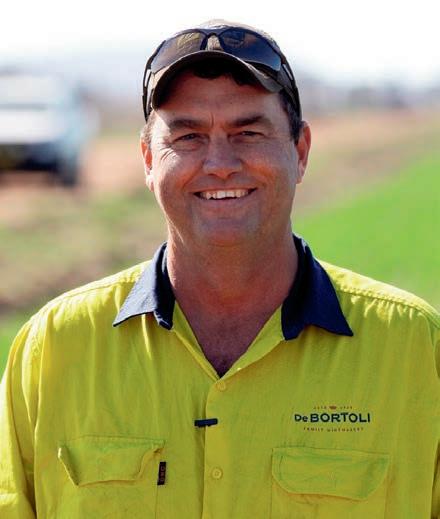
One finalist was Jaco Pauer of the Pye Group, based in Parilla, South Australia, who farms potatoes, carrots and onions on his horticulture property but also manages livestock, export hay and dryland cropping.
The other was Darrell Fiddler of DeBortoli Wines, based in Bilbul, New South Wales, who farms seasonal rice and cotton in summer, and wheat and barley in winter.
Both Pauer and Fiddler were honoured with other awards – claiming the sustainable irrigation management award and Lamb Weston stewardship and community award respectively.
The judging panel commented on the fact Pauer’s efforts have led to a huge production value increase, with a 26 per cent uplift in premium grade produce yield on his farm.
“We were particularly impressed with Jaco’s attention to improving all aspects of irrigation practices, and his application of simple yet extremely innovative solutions to challenges,” the panel says.
“We were extremely impressed by Jaco’s exceptional aptitude in ensuring the correct amount of water is applied to all areas of each pivot even in the face of challenging levels of variability.”
Fiddler was acknowledged for his commitment to research and innovation, especially in relation to growing aerobic rice, and his collaboration with research programs that benefit the wider industry.
“Darrell has maintained significant areas to support native vegetation and an ethos of incorporating these into the design and operation of the farm operations,” the judging panel says.
“His openness to inviting not only researchers, but the community, school groups and industry onto the property and sharing his knowledge so openly were key factors in Darrell being awarded this accolade.”


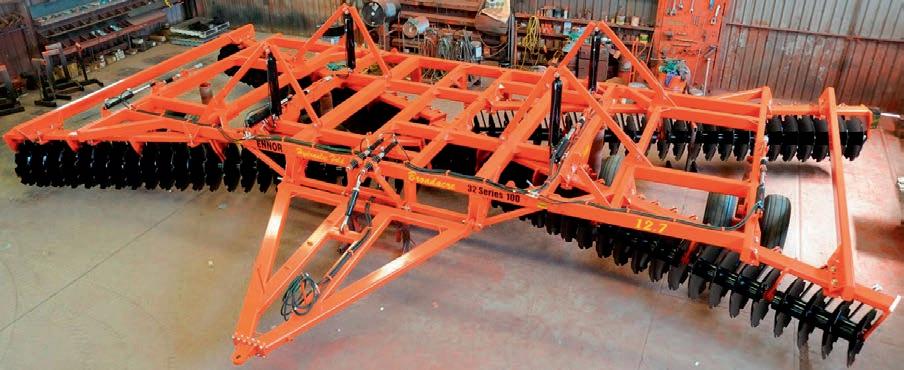


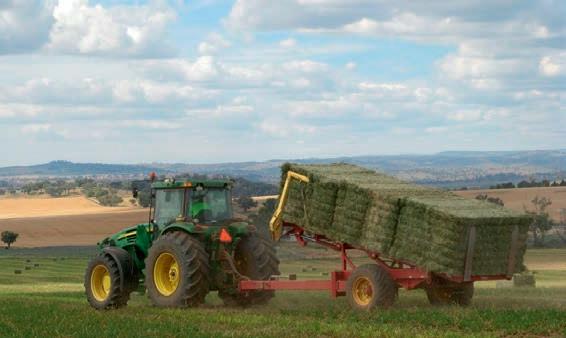
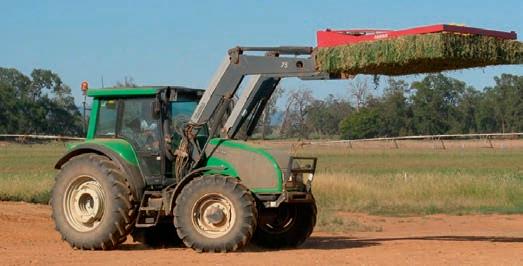
World food markets face volatility and ongoing high prices in 2023, a global new report from Rabobank –called Outlook 2023: Tightening the Belt – predicts.
Consumers, farmers and suppliers will face issues around energy shortages, geopolitical upheaval and ongoing shortages of some key commodities, says Rabobank. However, there is the hope of more benign weather in 2023, with La Niña set to be a less disruptive influence after three years of extreme rainfall and flooding in parts of Australia.
The prices of many global agri commodities are high by historic levels, yet a number of factors are depressing production levels that might otherwise increase supply. These include lost land in some key agricultural areas – notably war-torn Ukraine –high input prices on farms and increases in the cost of funding.
Among individual commodities, Rabobank expects wheat, the staple most affected by the war in Ukraine, to remain in deficit, while the coffee market should move back into surplus, with demand suppressed by a weak global economy.
“Global events shaped world food markets in 2022, with wheat – arguably the most important food staple of all – profoundly affected by the war in Ukraine, while there were developments in other key commodities too,” Rabobank head of agri commodities market research Carlos Mera says.

“Meanwhile, with energy, labour and other costs surging, agricultural commodity prices remain sky high – at about 50 per cent higher than in pre-pandemic times.
“Looking ahead to 2023, agricultural prices might recede. Yet, that’s not because production will improve significantly but because demand is set to be weak, as consumers feel the pinch from the cost-of-living crisis and tighten their belts. A cocktail of prevailing headwinds – notably a looming global recession, elevated energy prices and simmering geopolitical tensions – means both consumers and producers alike are primed for a challenging year.”
Rabobank expects global GDP growth to drop to just two per cent in 2023, with many major economies in recession. It forecasts that Eurozone output will contract by 0.9 per cent and that the US
will be in recession by the middle of 2023. A global economic downturn means farmers and producers of some commodities – such as coffee, cocoa, feedgrains and oilseeds – face declining demand expectations, leading Rabobank to hold a bearish view on some commodities.
Wheat was the agricultural commodity most acutely affected by war because of the roles of Russia and Ukraine in the global market. Uncertainty remains over the future of the grain corridor out of Ukraine, which is crucial for supplies to the rest of the world, making forecasts difficult. However, considering the current situation, an expected drop in wheat demand as the world economy weakens and uncertainty about weather in key wheat-producing countries in the EU along with the US and Argentina, Rabobank forecasts a global deficit of six million metric tonnes next year.
Rabobank expects the global coffee market to move from a small deficit in 2022/23 to surplus in
next year’s season, helped by good rainfall in Brazil and increased production in response to high prices since 2020. There is also the prospect of better weather in 2023 if La Niña disappears. The better crop in Brazil should mean consumers can access higher quality arabica beans at cheaper prices. Yet, the macroeconomic outlook prompts Rabobank to forecast weak global demand growth of just 1.5 per cent next year – well below the long-run average of 2.3 per cent – leading to a ‘base case’ estimate of a global surplus of around 4m bags in next year’s season.
Brazilian cane volumes should recover in 2023, Rabobank believes, due to better weather, while, with the ethanol parity currently trading below sugar prices, it raises the prospect of Brazil adding an additional 3–4m metric tonnes to the global market. This should keep sugar prices relatively low, Rabobank predicts.

All parts of the world, but particularly Europe, face high and fluctuating energy prices given the impact on markets of Russia’s invasion of Ukraine. Prices will continue to fluctuate Rabobank predicts, and countries face the prospect next spring of replenishing their gas stocks without Russian resources to draw on.
“As ever, the picture differs when you look across the various commodities we track, with producers of those stocks that countries and consumers can more easily cut back on – such as coffee, cocoa and cotton – the most exposed. In normal times, the cure for high prices is often high prices, with producers spurred to increase supply to meet demand,” Mera says. “The problem is that these aren’t normal times and the range of factors making life difficult for farmers – from lost land to the high cost of production and adverse weather – have reduced their ability to aggressively expand production, and are expected to only slowly ease, if at all. It is demand that needs to adjust, and that will be painful.”
For over a decade, Rabobank’s Outlook report has evaluated the prospects for a basket of food and agricultural commodities that are crucial to the global economy based on ‘base case’, ‘high case’ and ‘low case’ scenarios.





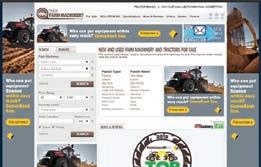

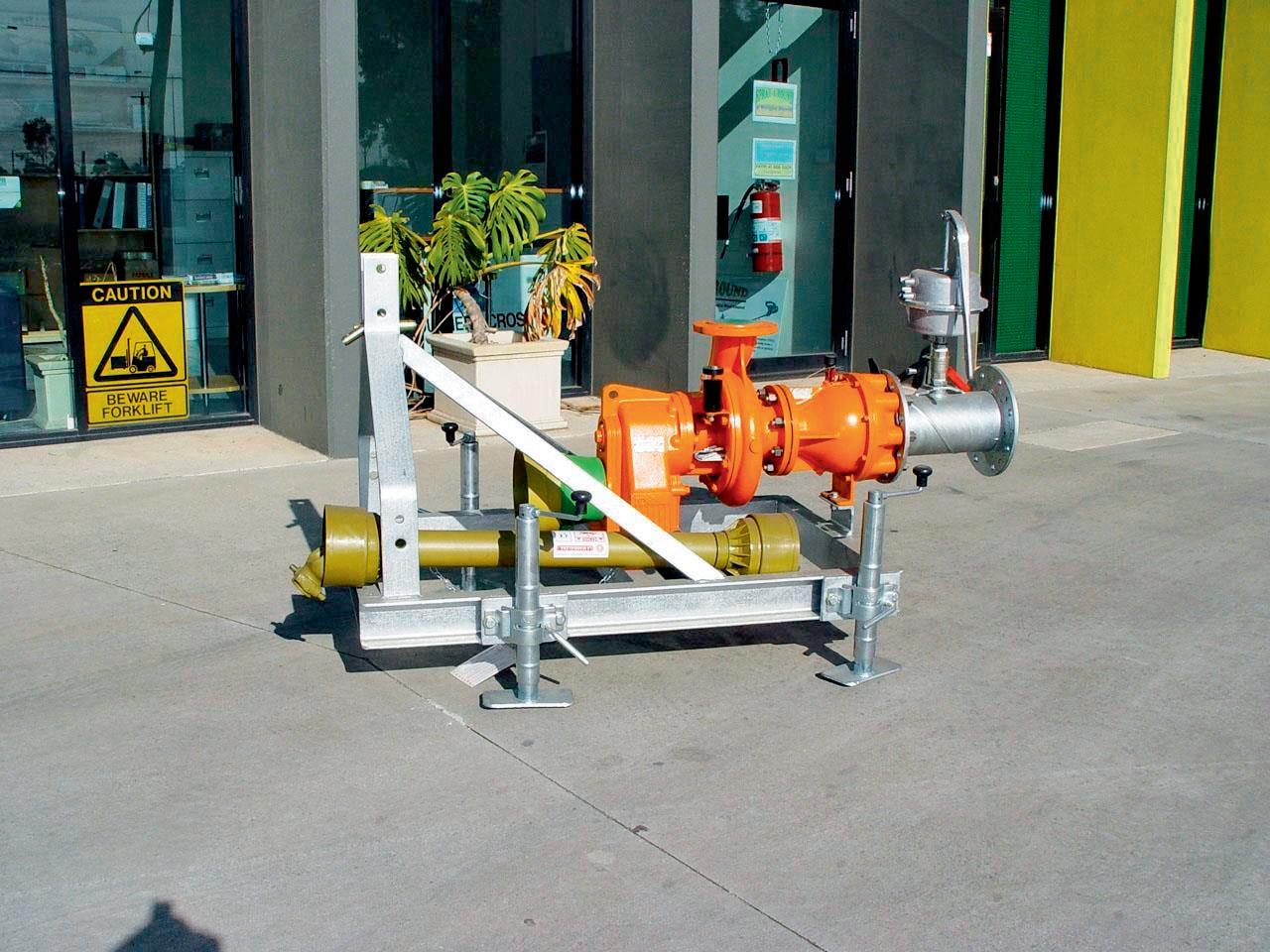
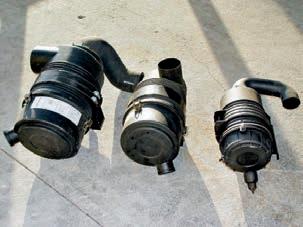

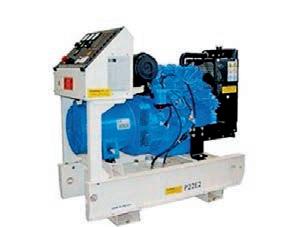

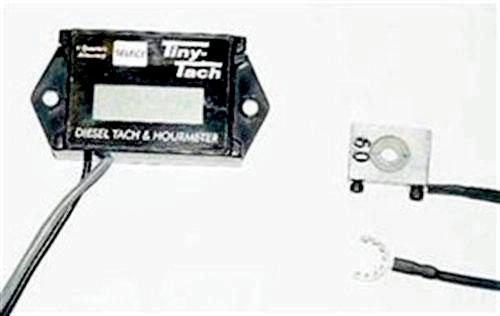
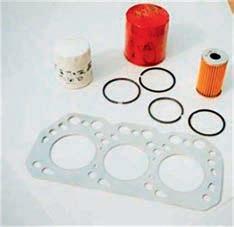




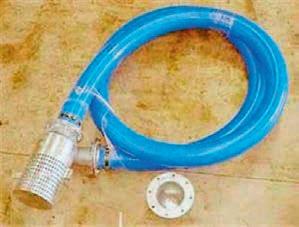

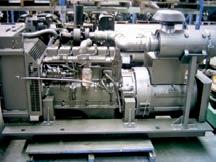
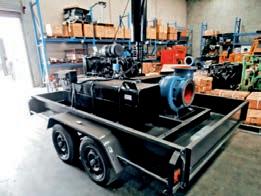
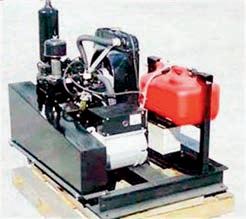




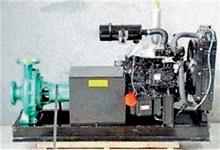
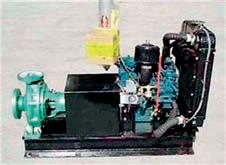


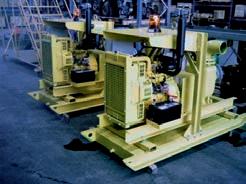

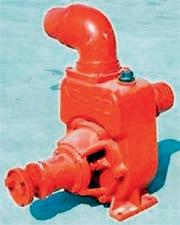

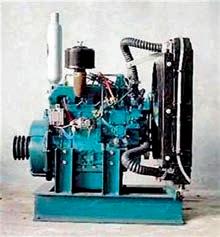




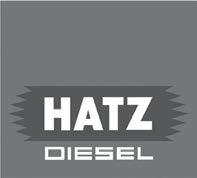





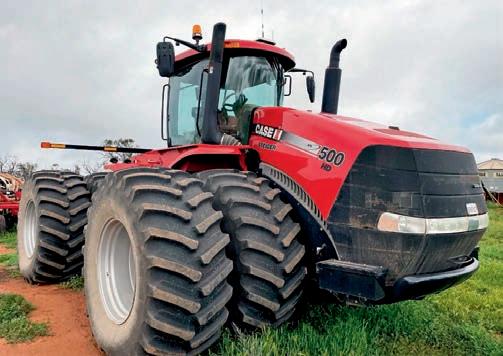
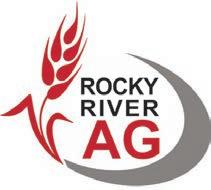


Heavy

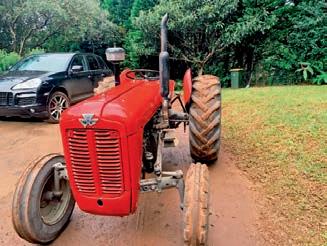


































































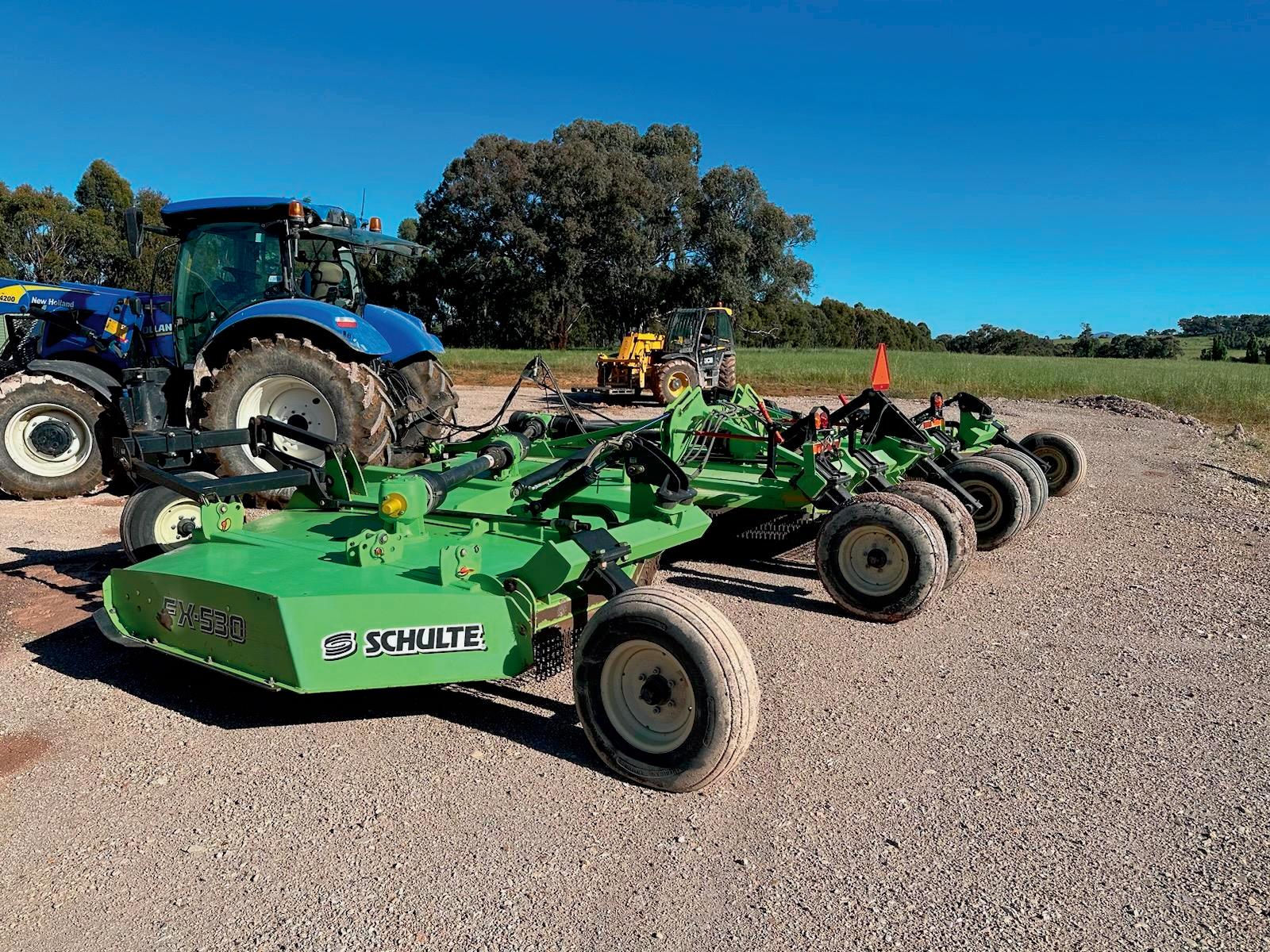




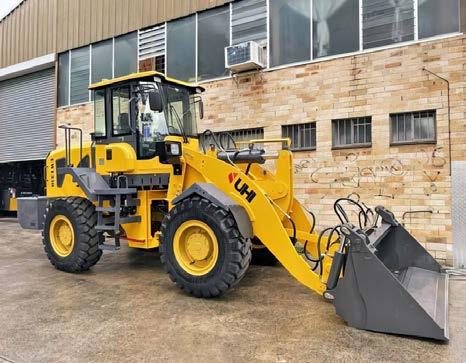
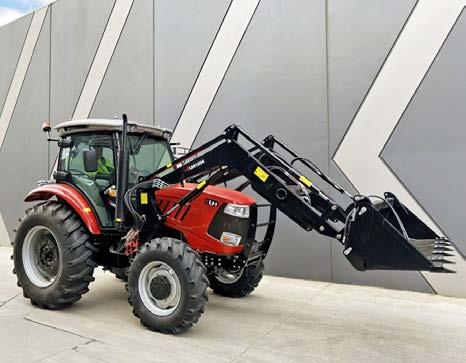


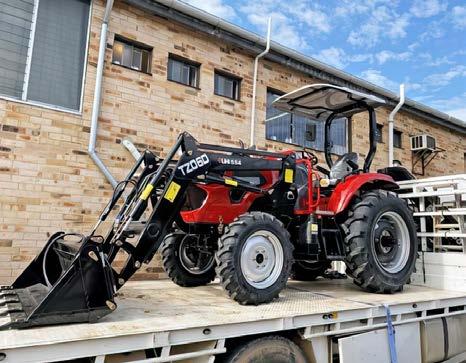

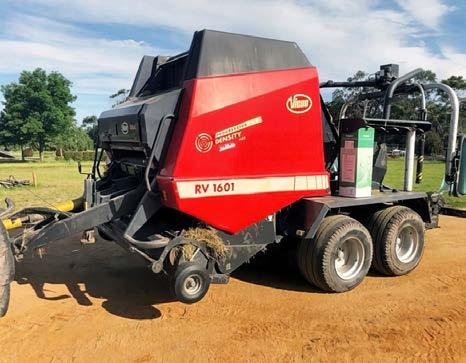






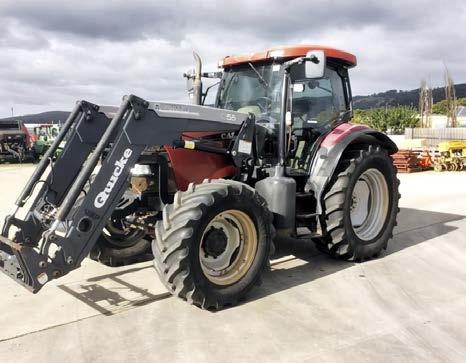


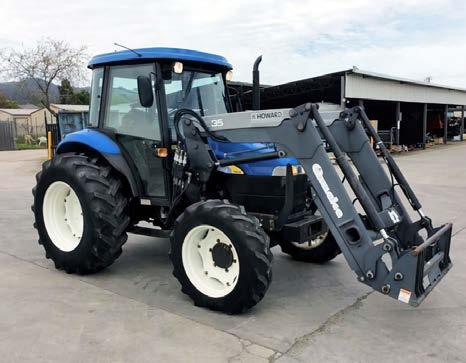








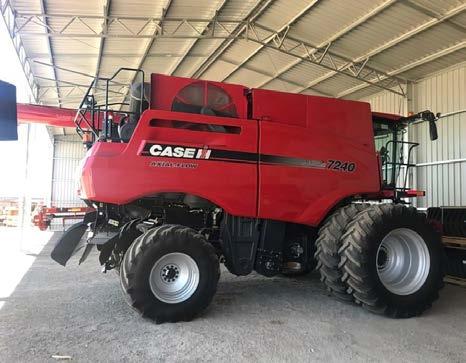

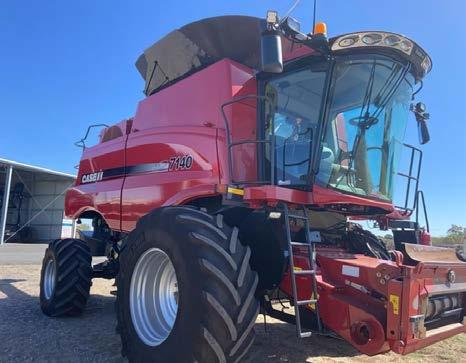


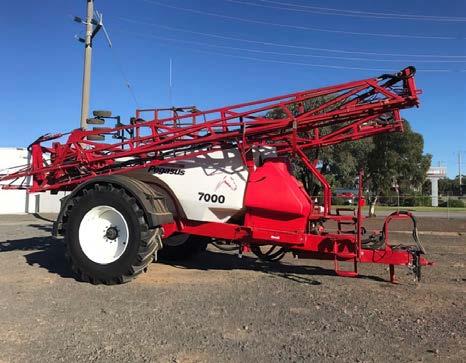


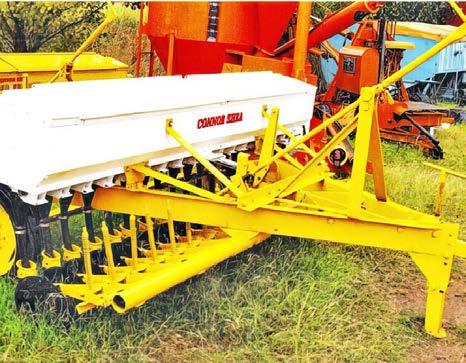



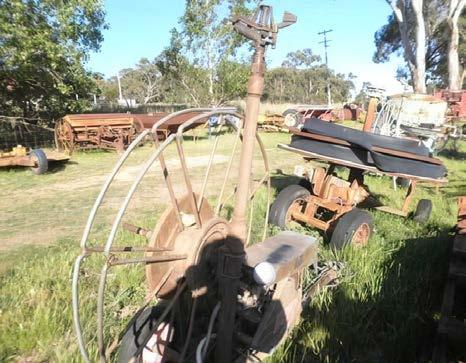




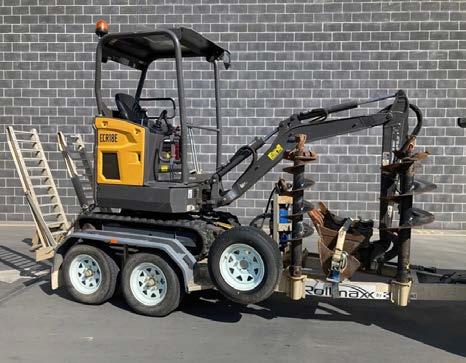













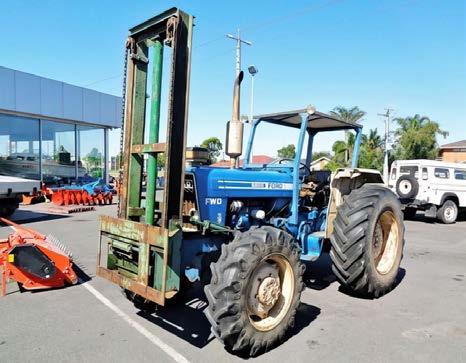


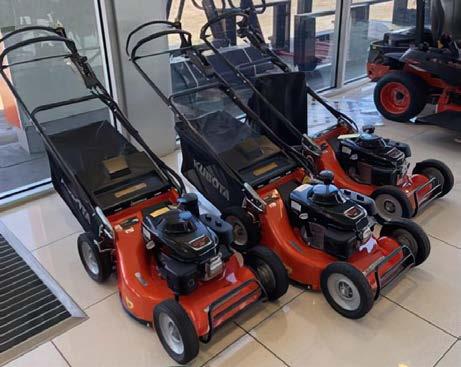





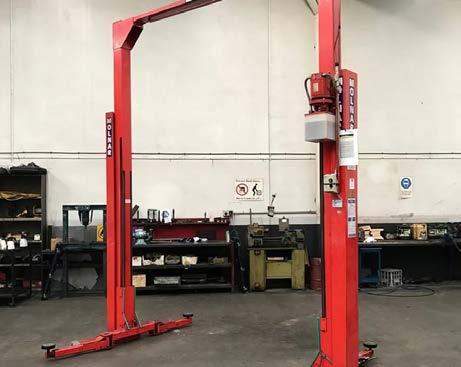









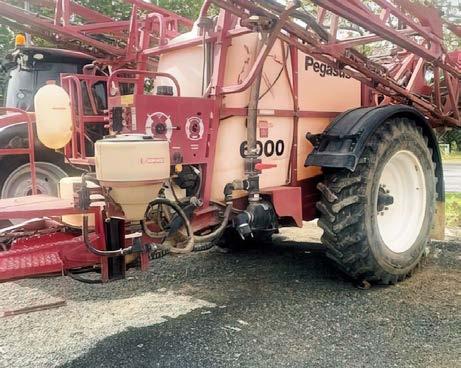




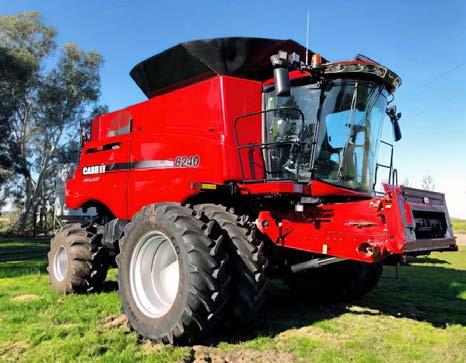
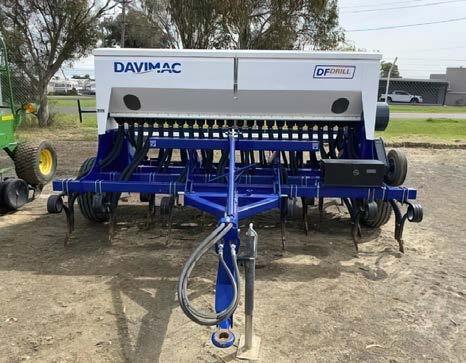

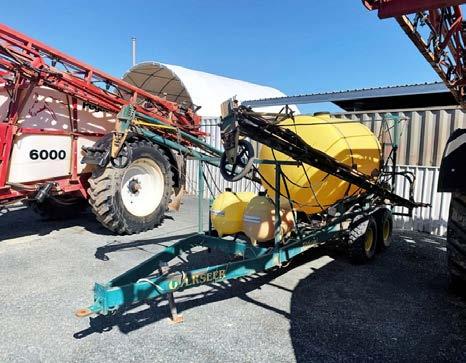
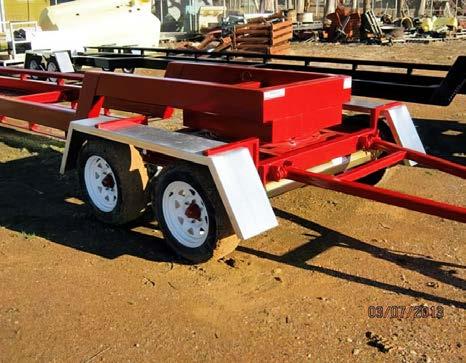


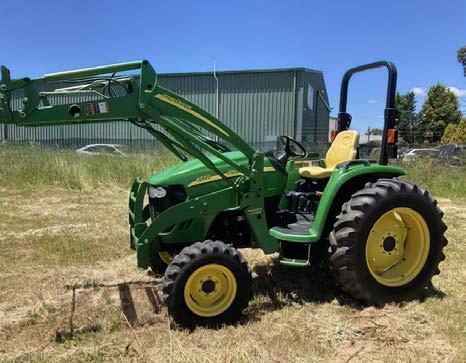

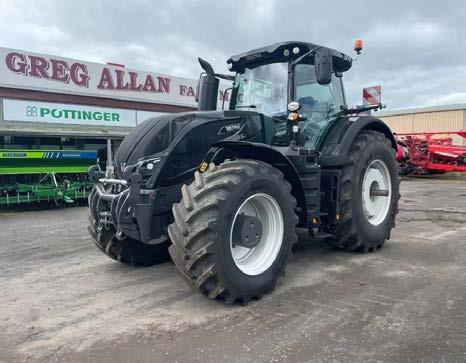
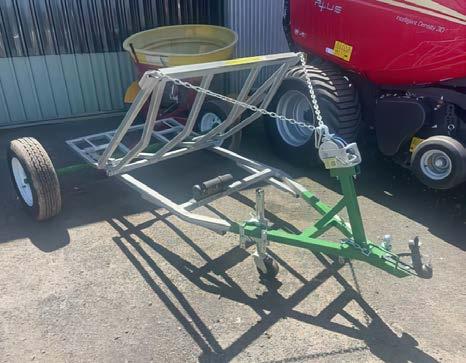


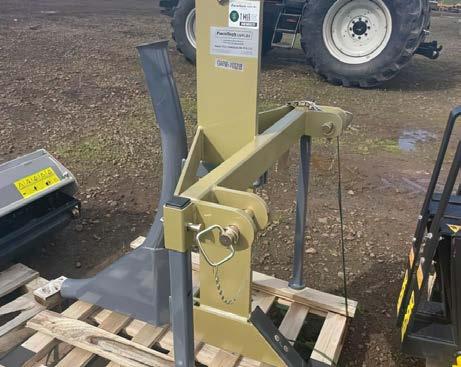

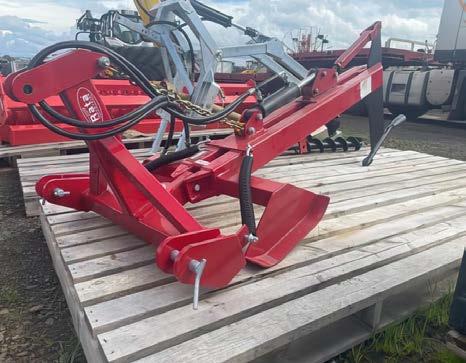

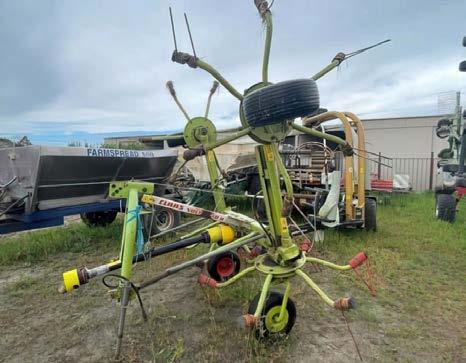






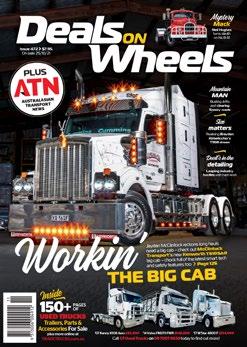

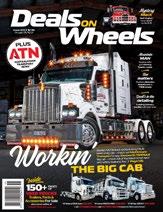




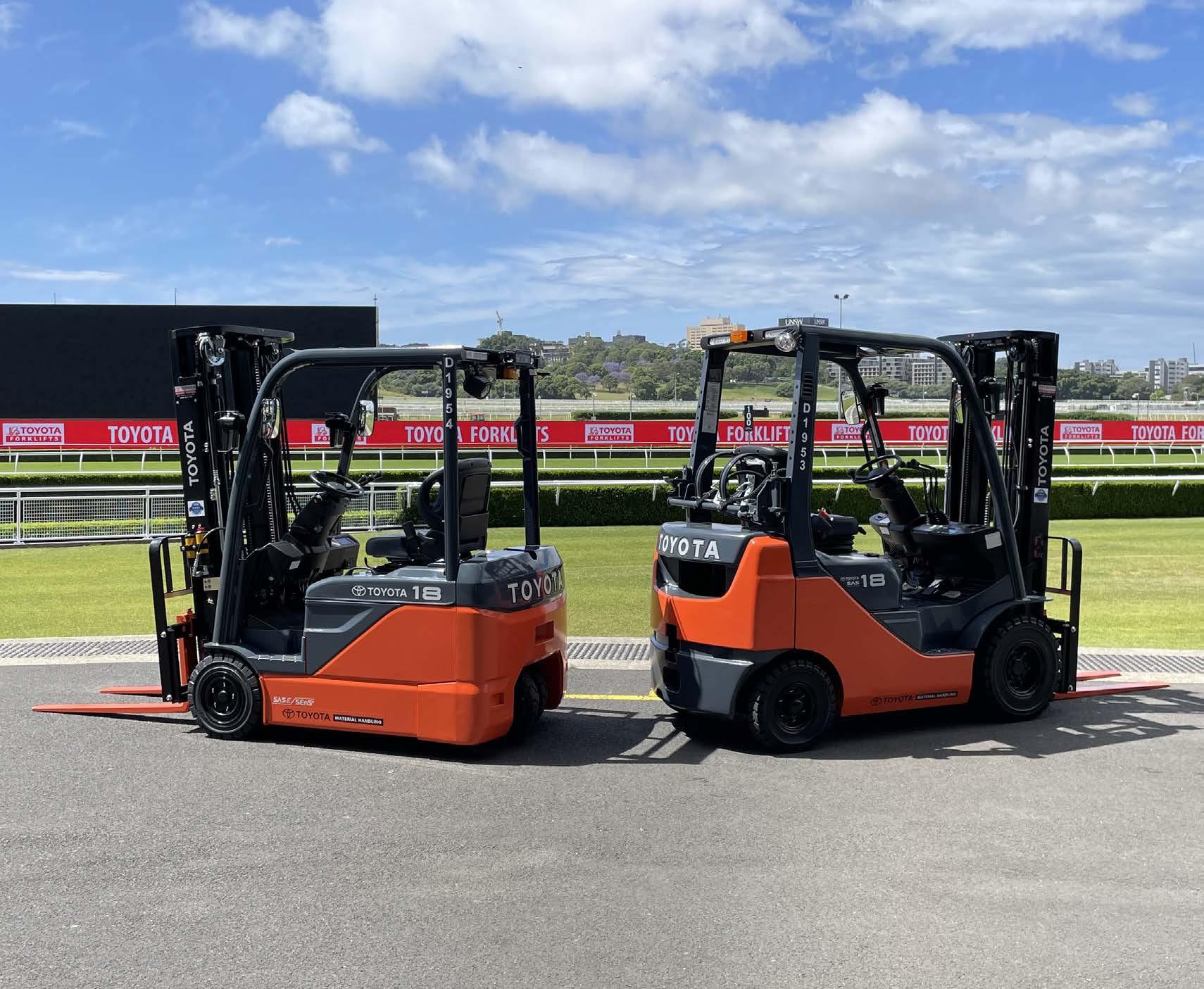
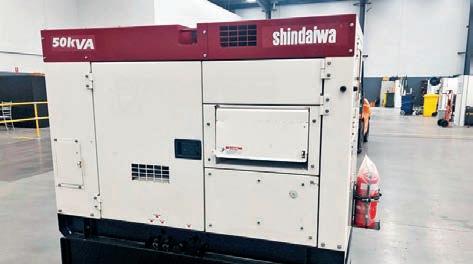

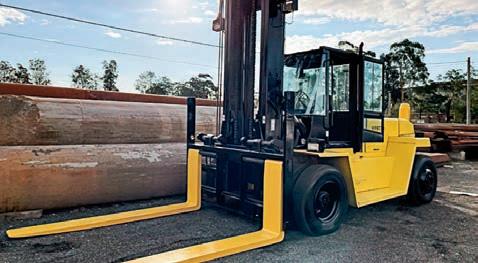
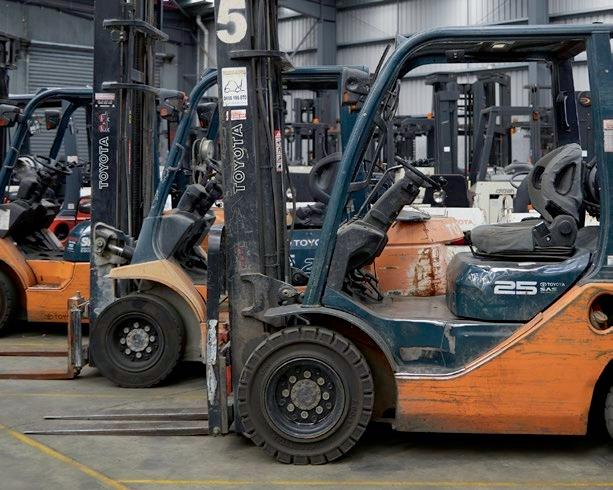

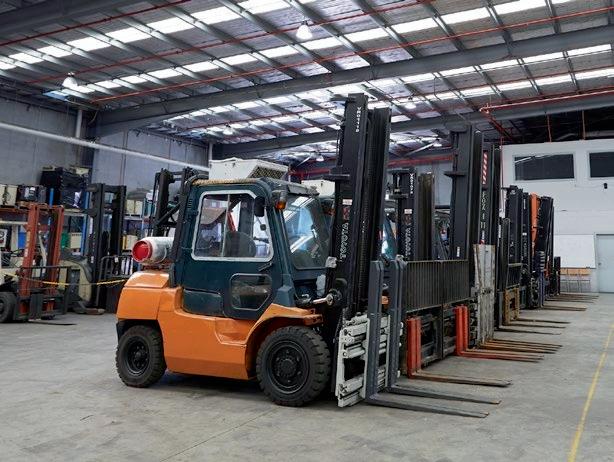

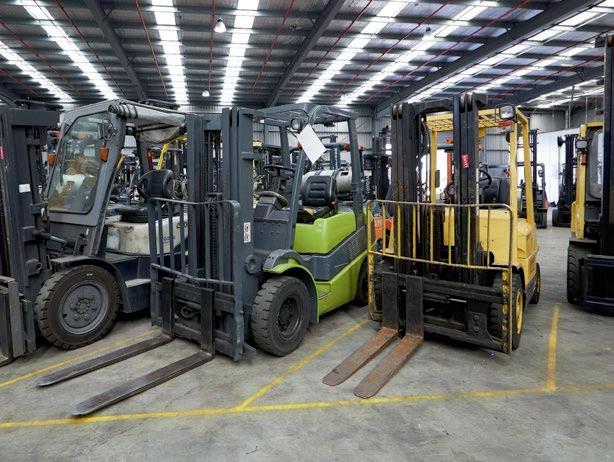






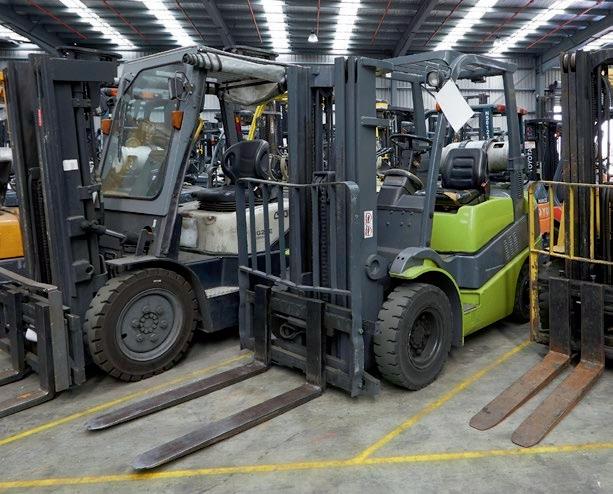







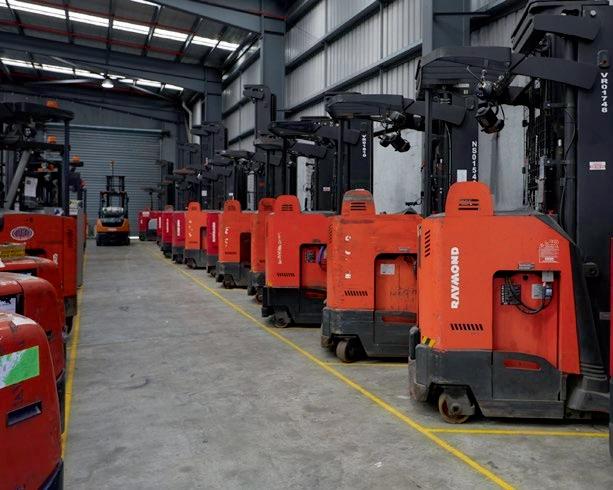



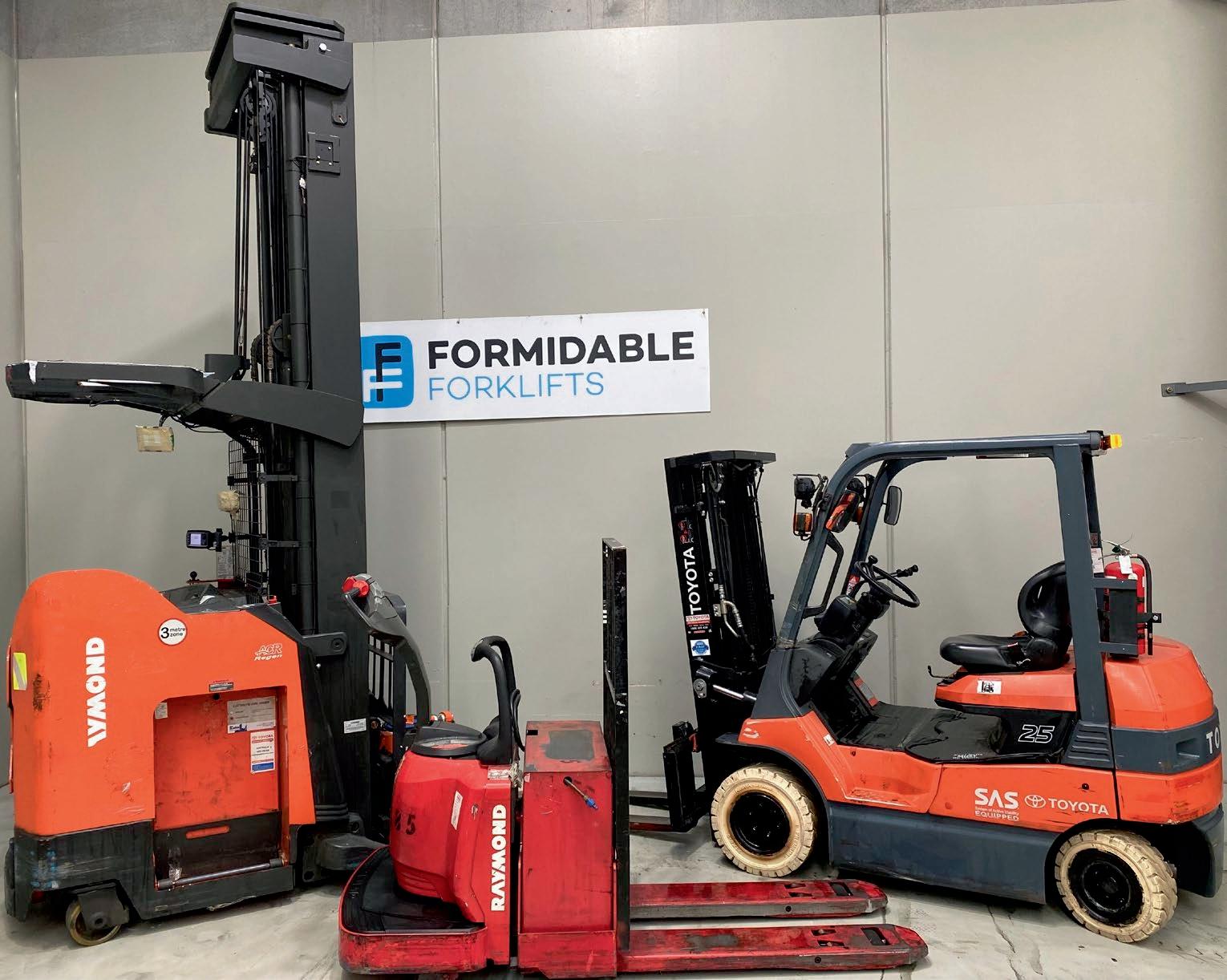
Toyota Material Handling Australia (TMHA) will become the official material handling partner of the Australian Turf Club (ATC) under a deal that will also see the Toyota Forklifts brand become the naming rights sponsor for three Group 3 races.

The three-year partnership will commence from 2023, with TMHA set to become an extensive presence at ATC venues, which includes Randwick Racecourse, Rosehill Gardens, Canterbury Park, Warwick Farm and the Rosehill Bowling Club.
Consistent TMHA signage, in-venue media and an active presence at events such as the Everest will also be a fixture of the partnership.
The three Group 3 races to bear the Toyota Forklifts name are the $500,000 Toyota Forklifts Gloaming Stakes on Silver Eagle Day, $160,000 Toyota Forklifts Doncaster Prelude on Stakes Day and $160,000 Toyota Forklifts Frank Packer Plate on All Ages Stakes Day.
TMHA will also become the naming rights holder
to several more handicap races throughout the year.
“TMHA is excited to partner with the Australian Turf Club and we are looking forward to successfully promoting our Toyota Forklifts brand. We look forward to what we are confident will be a mutually beneficial long-term partnership,” TMHA president and chief executive Steve Takacs says.

ATC chief executive Jamie Barkley also welcomed the news.
“We are extremely proud to have Toyota Material Handling Australia and their Toyota Forklifts brand join the Australian Turf Club partner family. Across their 50 years of operation in Australia they have developed into a market leader,” Barkley says.
“We thank Toyota Material Handling for their support and look forward to building a successful partnership for the next three years and beyond.”
The XP700 tyre has a compact lateral block design to help minimise vibrations
Trelleborg’s new tyre is ideal for lighter work
The new XP700 tyre released by Trelleborg is ideal for low intensity material handling applications – including low working time and lower speeds.
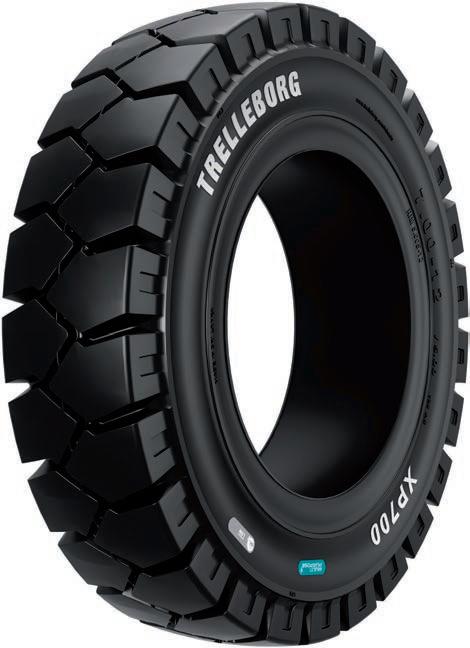
Featuring deep lugs for enhanced traction, the tyre boasts a compact lateral block design to minimise vibrations during transport activities.
A protruding rim protector also helps to minimise damage to the wheels.
Designed to perfectly match the needs of low intensity material handling operations, the new XP700 delivers reliability, adequate load capacity and good steering ability, while minimising downtime to keep costs under control.
The tyre also incorporates Trelleborg’s easy to recognise, user-friendly labelling system to help customers select the right tyre for their operations according to application specific requirements and intensity, improving overall performance.
Trelleborg Wheel Systems product marketing senior manager Alessio Bucci says that having the right tyre is the key to maximising efficiency.
“As a tyre expert, Trelleborg keeps on delivering the perfect tyre for low intensity material handling applications with its new XP700 tyre,” he says.
“This follows the release of the XP800 for medium and the XP1000 for maximum intensity applications.”
The XP800 features a wider, deeper tread as well as a lateral block design and a central wide contact area with a zig-zag profile to minimise vibrations and enhance handling capacity.
The XP1000, launched at the beginning of 2022, is suitable for customers moving materials around ports, warehouses and shop floors, with optimum traction and minimal vibration to help bring greater comfort and increased safety to operators.


























































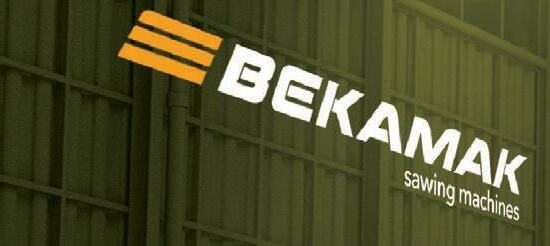



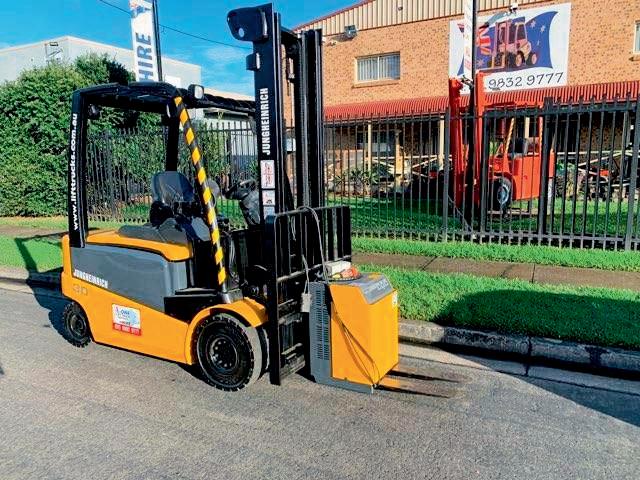





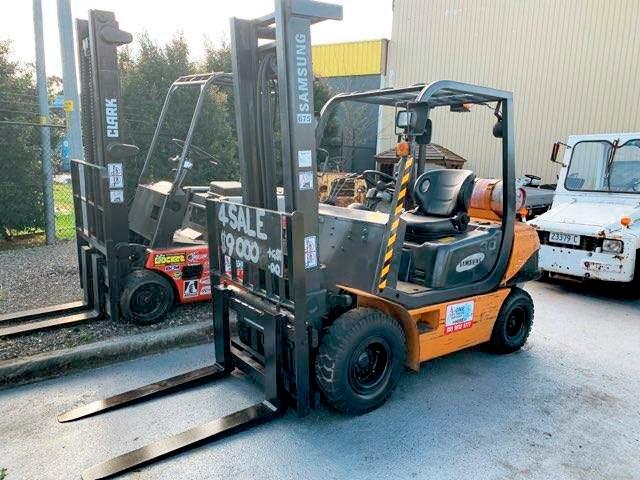
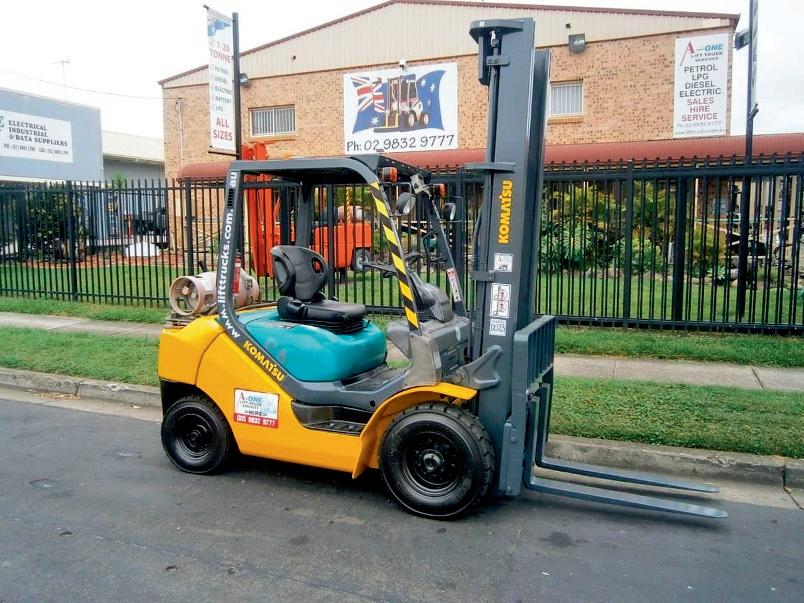
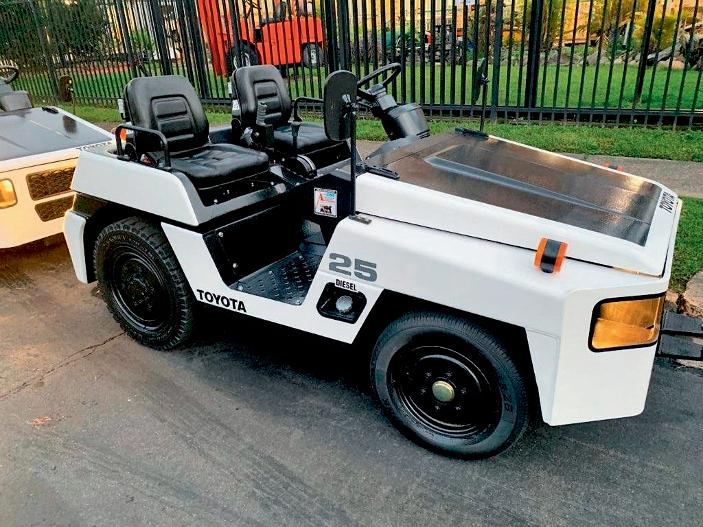


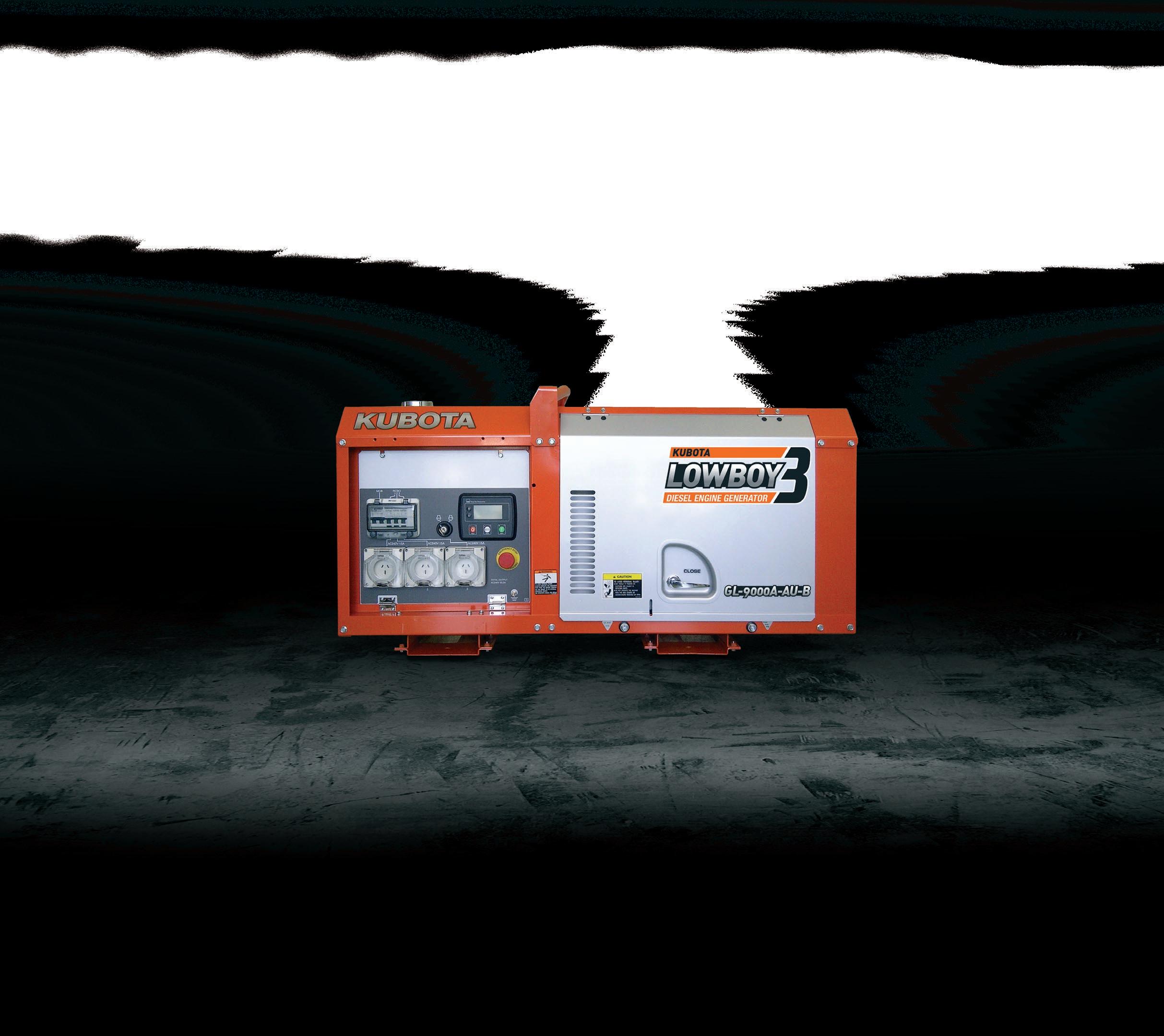




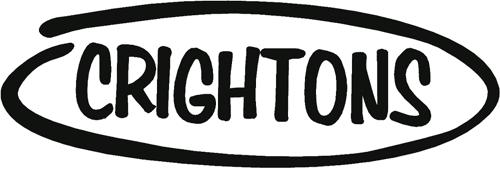

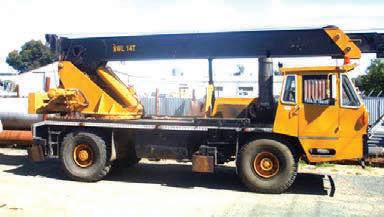



GENIEGS3268RT
4WDdieselscissorlift-goodall roundcondition,stillworkingin rentalfleetonly2left.S1. TA1054069. $25,000+GST
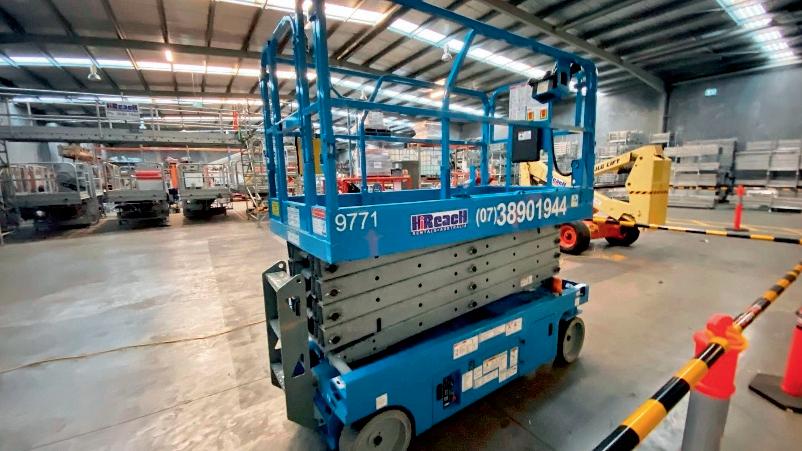
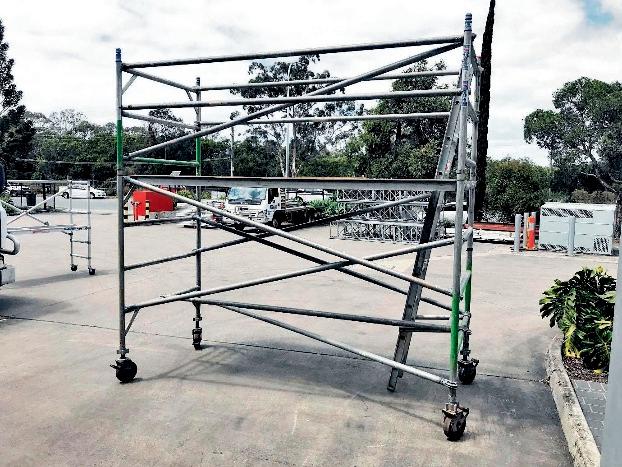


SNORKELPRO66RDZ
4WDdiesel20mboomlift-good safeworkingorder.Stillworking inrentalfleet.S6. TA1054082. $24,500+GST

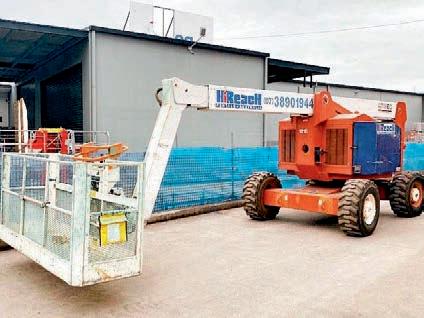
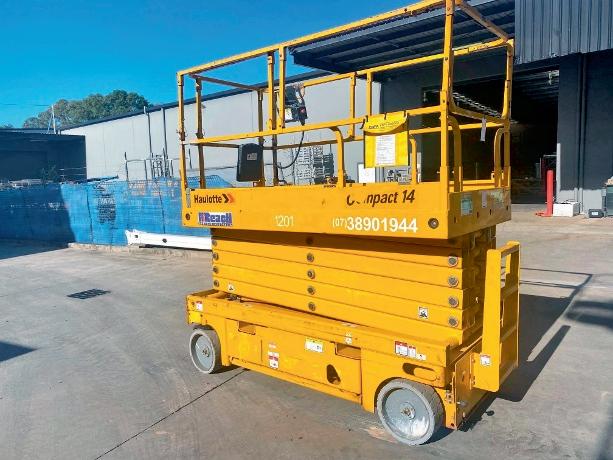
HAULOTTECOMPACT14
2014,12melectricscissoliftvery popularunit14mworkingheight 1unitstochoosefrom,Prices from$10,000.00.S21. TA1079652. $16,000Pricesstartfrom $16,000.00
SNORKELATB60-CU 4WD-diesel18mboomlift,very robustreliablemachine.Very versatile.S4. TA1054078. $20,500+GST
NIFTYTD150TTRACKMOUNTED
EWP
2014,GreatUnitfortheTree industry,veryversatileandeasy tooperate VeryLowhour,inExcellent condition,onlyoneforsale.S20. TA1079648. $46,500
SNAPPYMOBILE
HAULOTTEHA260PX 2007,VeryTidyMachine,still workinginourrentalfleet.S25. TA1101847. $46,200
JLG43FTRTSELFLEVELLING
GENIEGS3246
SNORKELTB60RDZ 4WDdieselboomlift(3)ingood safeworkingorder.Stillworking inrentalfleet.S12. TA1054090. $22,500+GST

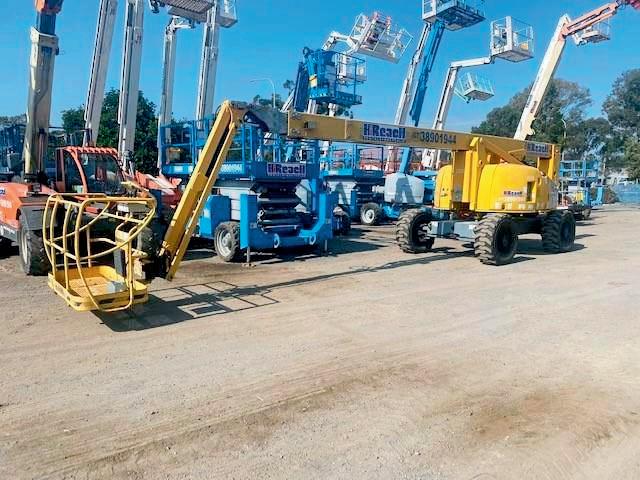
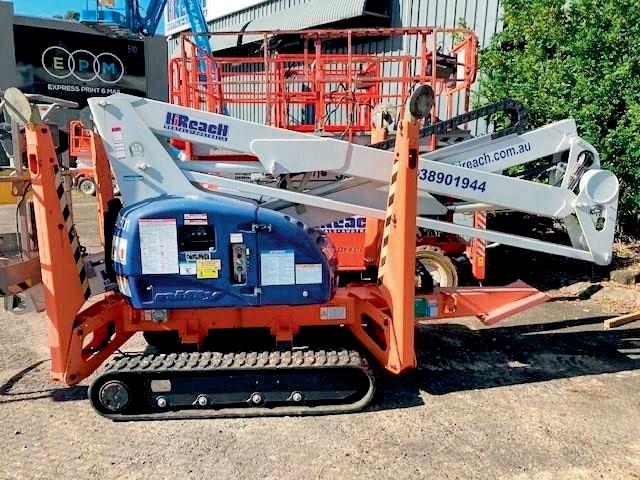
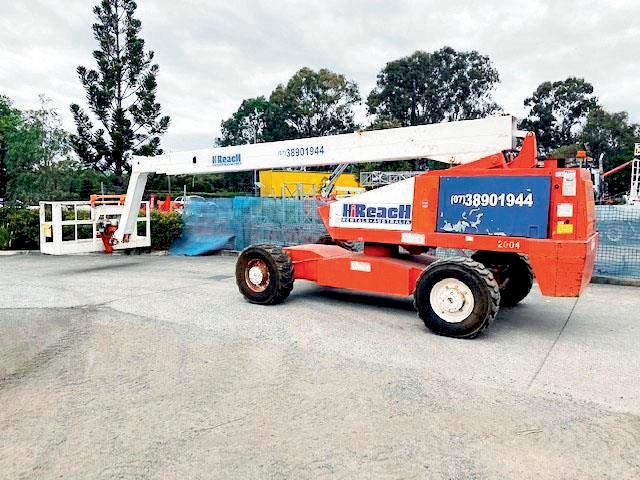
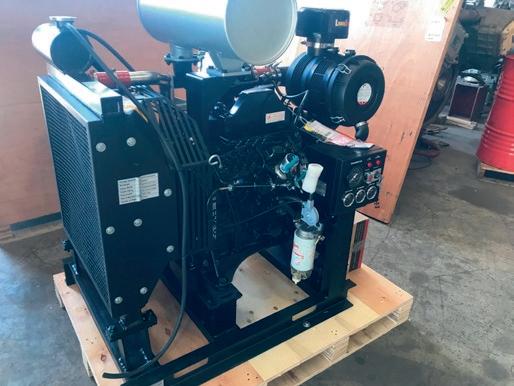


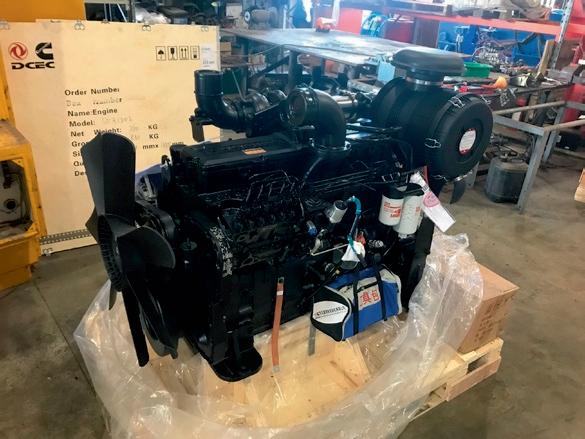


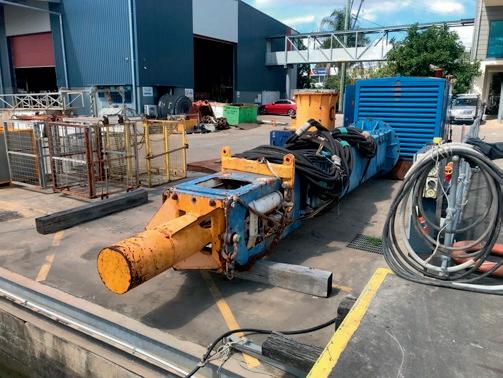

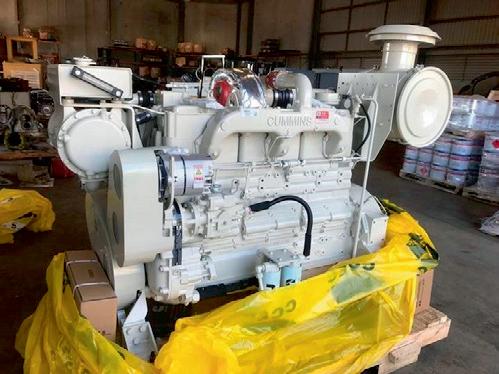

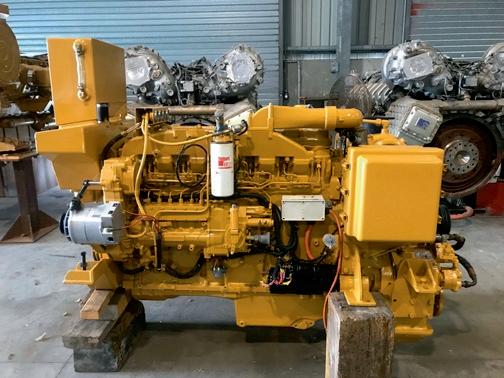

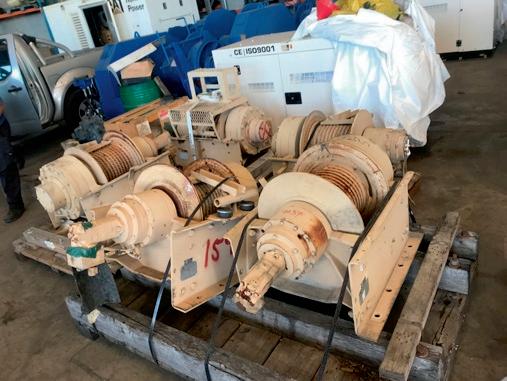


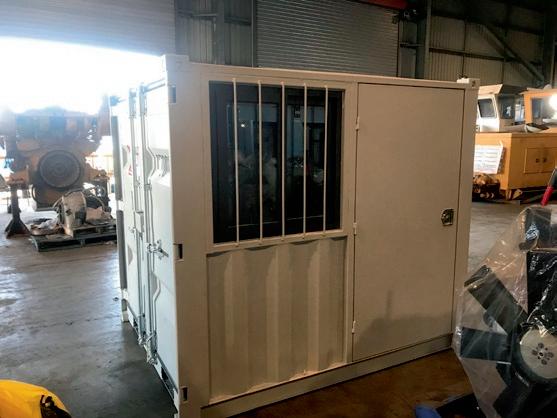



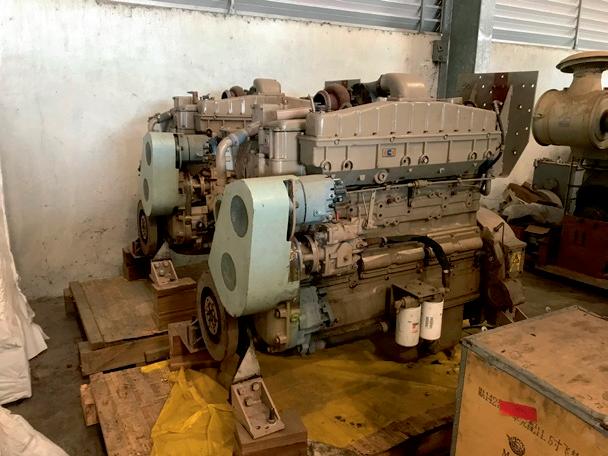




















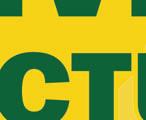



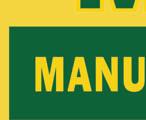









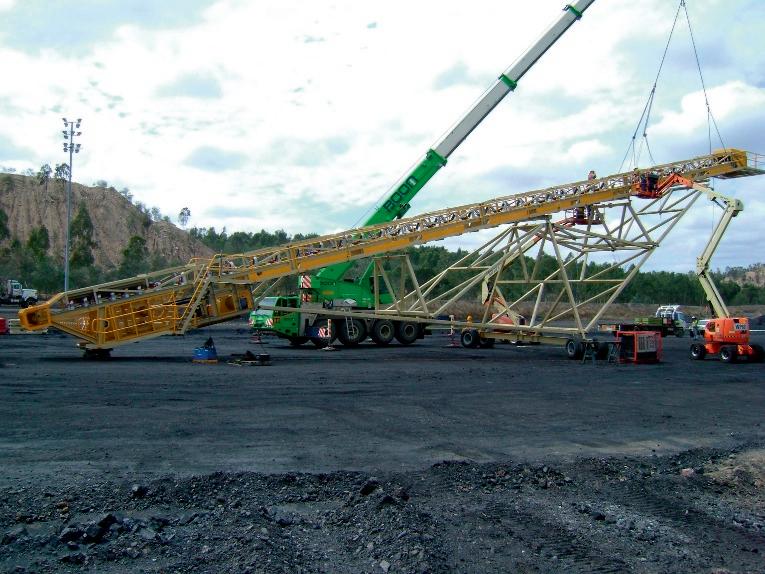
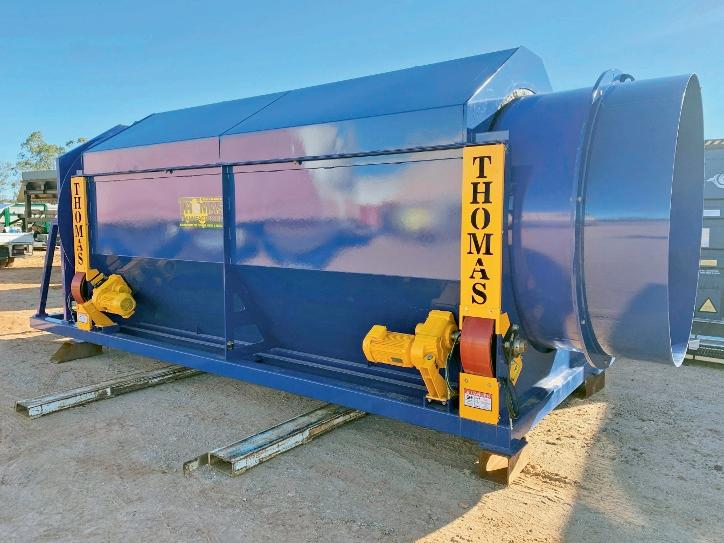

KALMARDRT450-65S


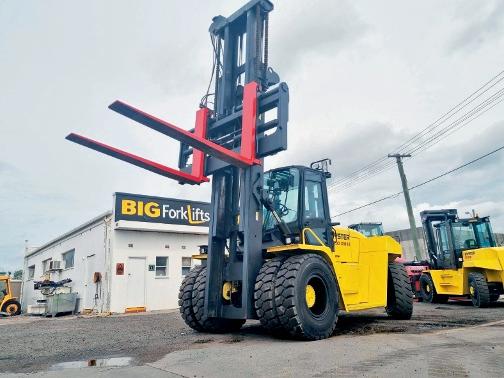

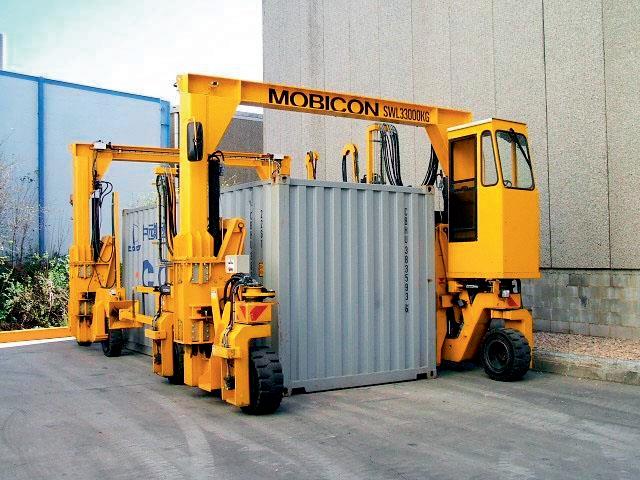

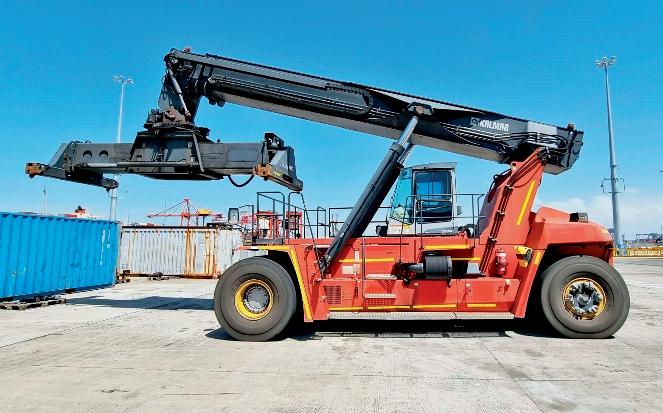




HYSTERH18.00XM-12

ALLIS-CHALMERS/HANOMAG/MASSEY
JOHN DEERE INDUSTRIAL
PARTS FOR Dozers, Loaders, Drotts, Graders, Scrapers



ALLIS-CHALMERS: Model “M”, HD5, HD6B,E, HD7W, HD7G, HDIIB, EP, HD15-16, HD16DC, HD16DP, HD19-21, HD41B
FIAT: 451C, 555, 605, 50CI, 70CI, AT7C, 8B, BD10B, FD10E, BD20
HANOMAG/MASSEY: 2244, 200, 300, 3366, 400, 500, L400C, L600C, D600D Super, D700C JOHN DEERE : 1010C, 850

ALLIS-CHALMERS: TL12D, TL14, TL20, 545, 605B, 645, 745B,C
FIAT: FR20B LD3, LD5, LD7 & LD9 Scoopmobile HANOMAG/MASSEY 22,33C,44, 55, CL55C,66C-D, 77
ALLIS-CHALMERS: D, DD, M65, 65B, AD30-40, 45, 145, M100A, B, FG95
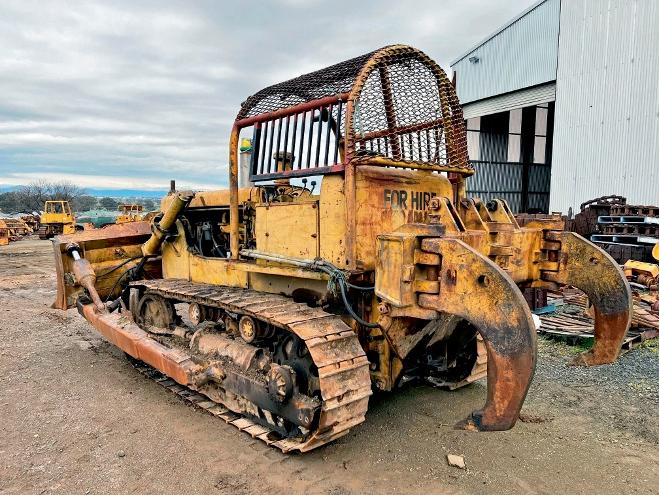

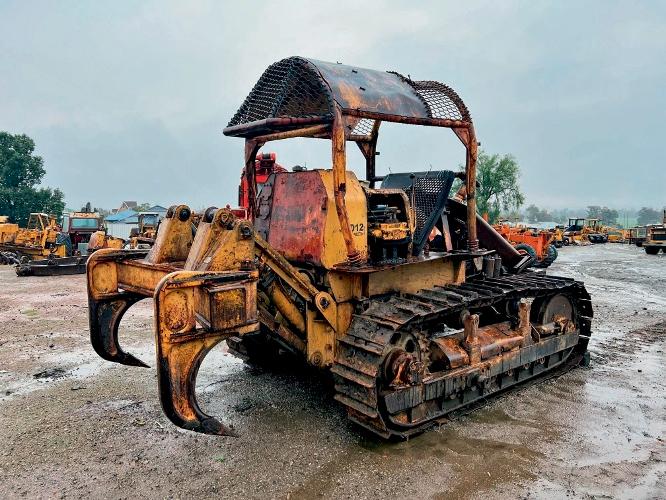

DRMCO/CHAMPION 562, 600, 720, 740 JOHN DEERE 570, 570A, 670A, 770, 770A, 772A
WHEEL TRACTORS
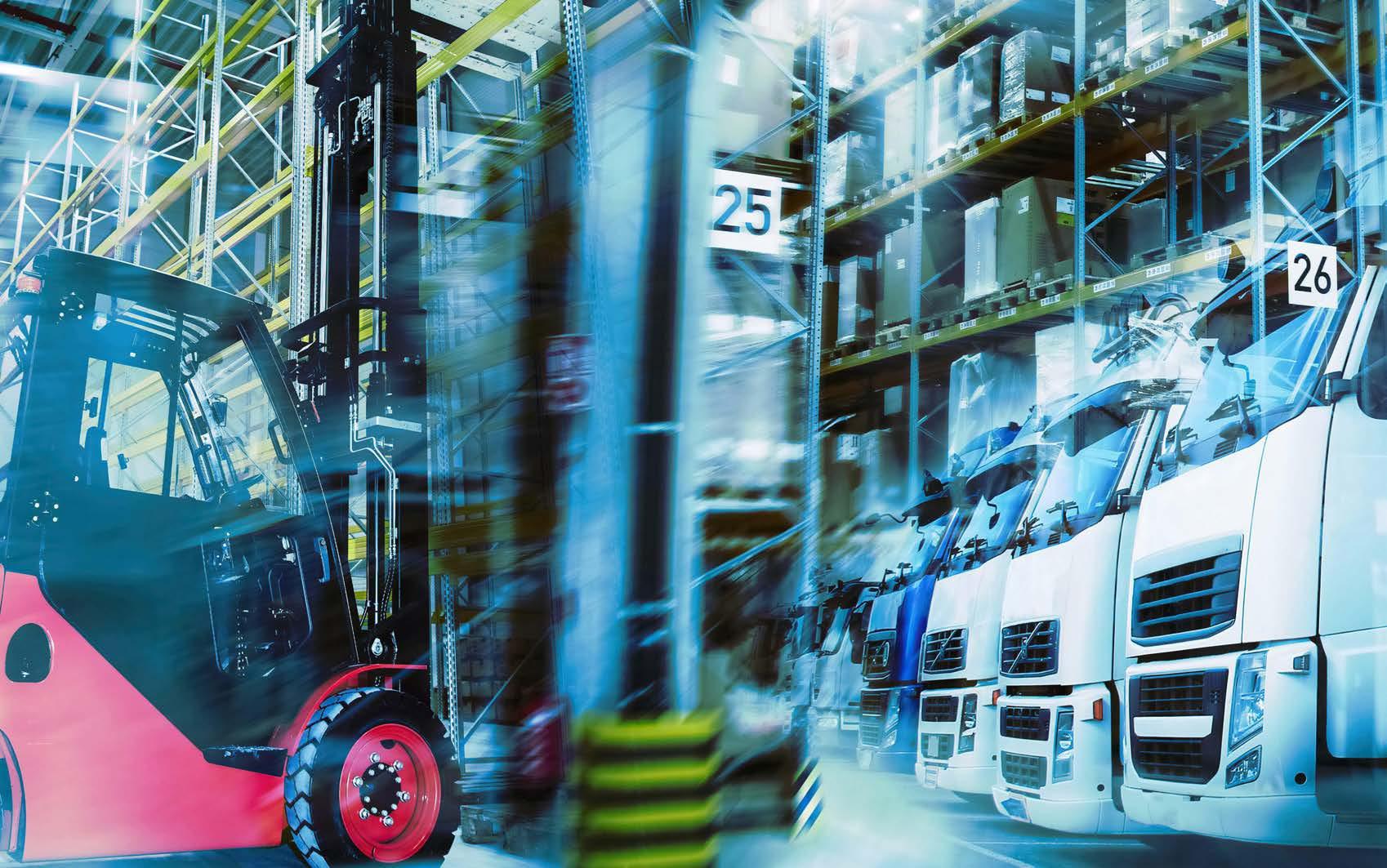




























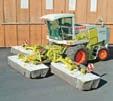





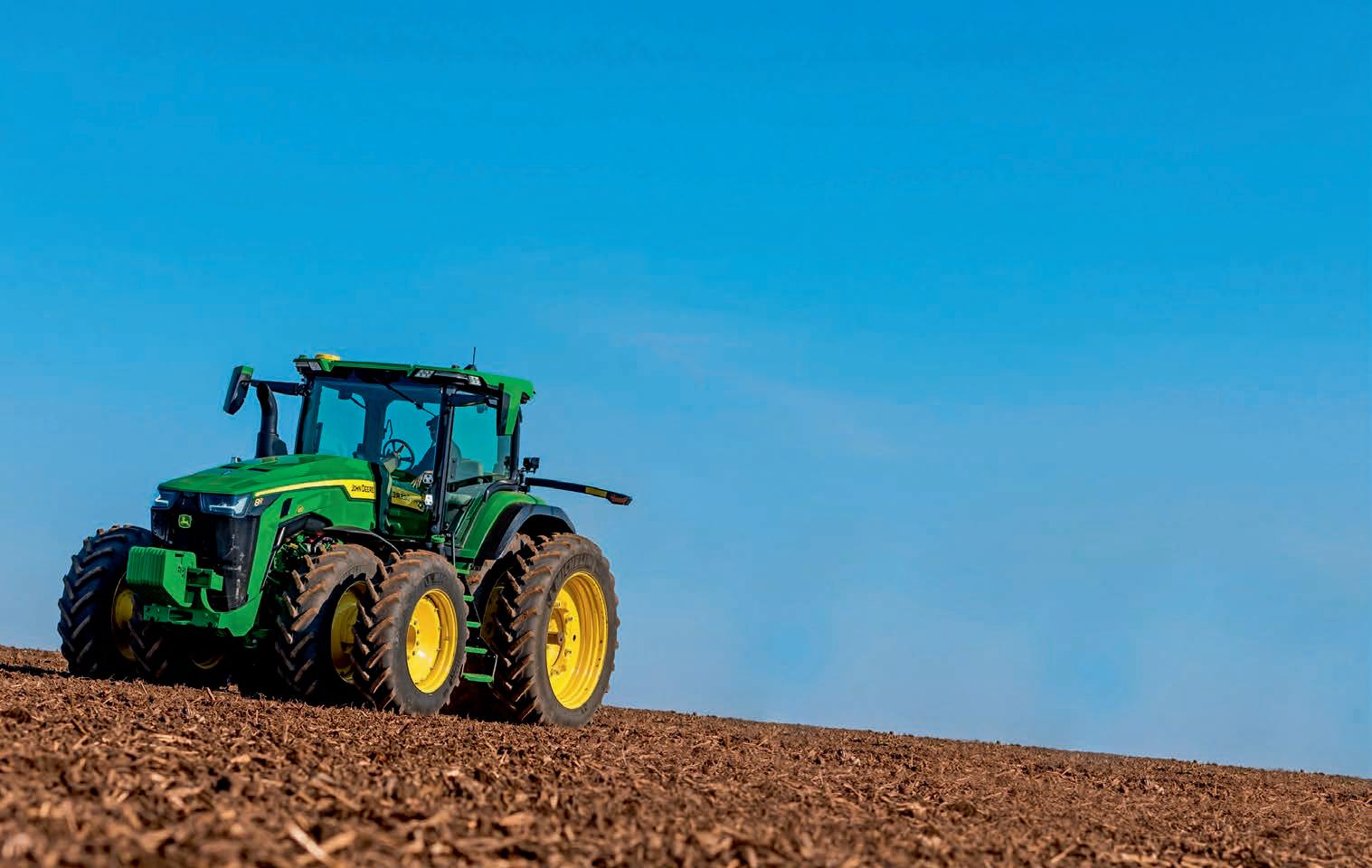









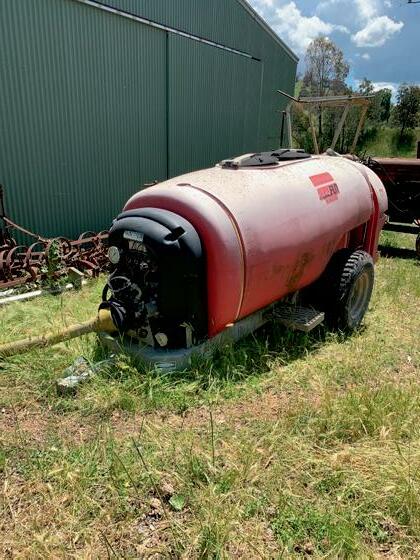






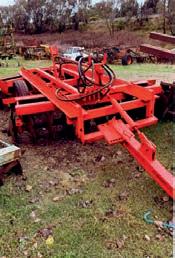










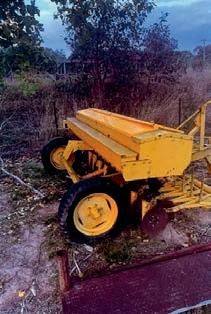

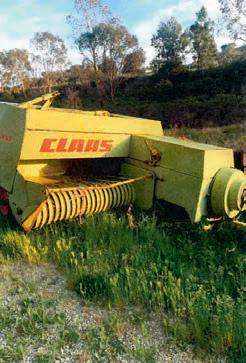




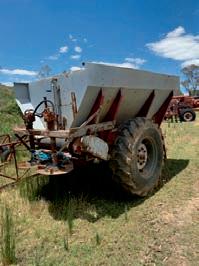
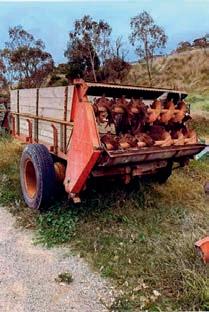






Extremely easy to handle, surgical precision movements, maximum power at the wheels and boom, absolute comfort and ecological. These are just a few reasons that make the Agri Plus the most innovative machine in its sector.
It has a long list of standard inclusions, like: The latest generation agricultural ROPS/FOPS approved comfort cab
A Forward/Neutral/Reverse (FNR) joystick
Zero shock system, which ensures a high degree of operator comfort
Inching pedal control, which guarantess maximum power at all operating speeds Remote greasing access for easy care and maintenance
With a wide choice of attachments, the Dieci Agri Plus 40.7 is the perfect machine for you!
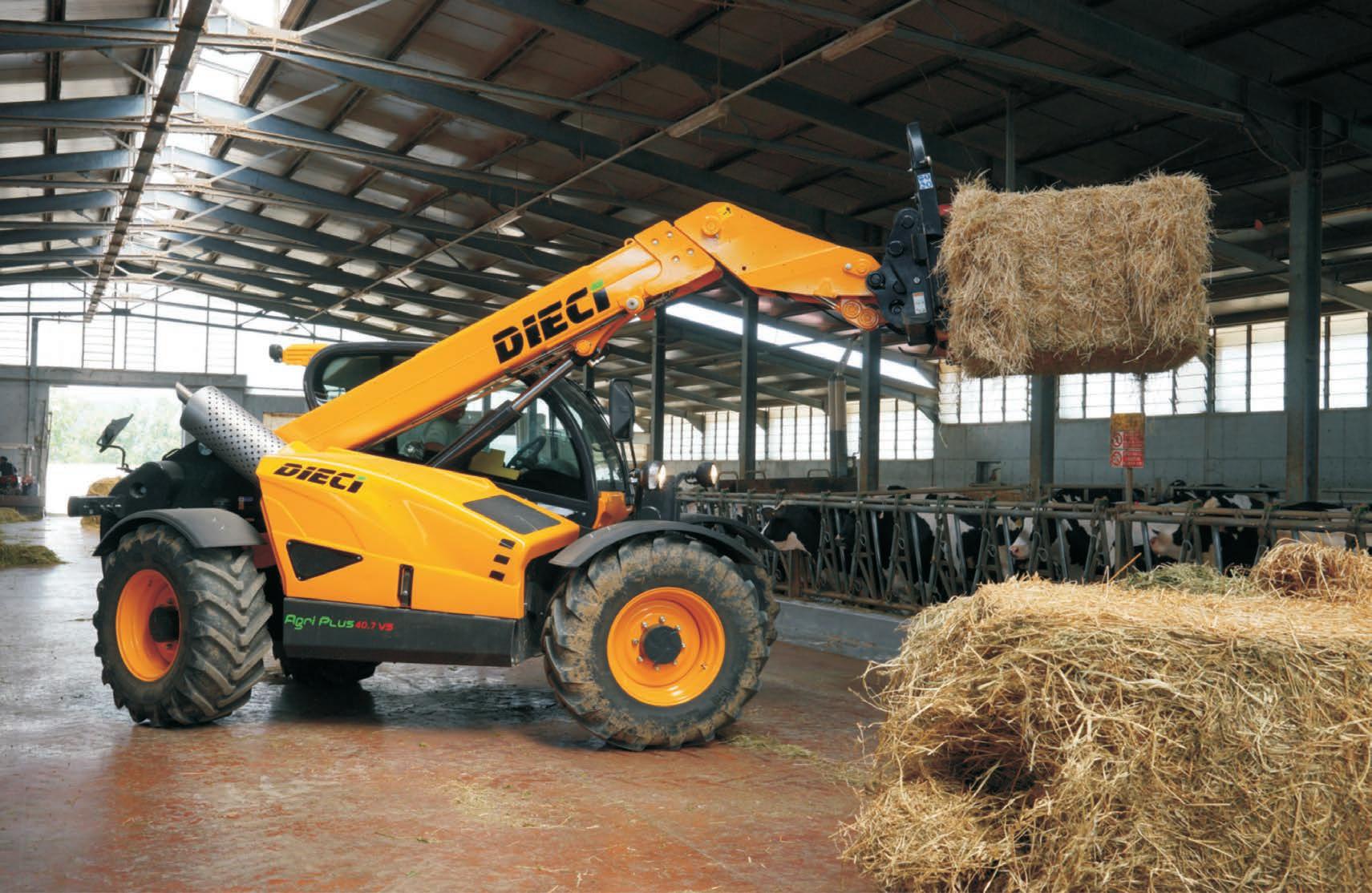
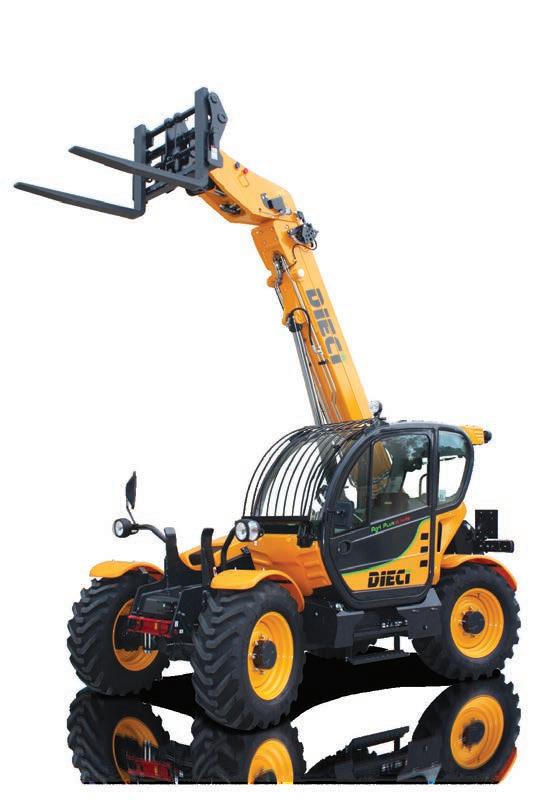
AGRI PLUS 40.7
4.0 tonne, 7.0 m, 93 kW
Contact Dieci on 1300 888 479 or visit www.dieciaustralia.com.au